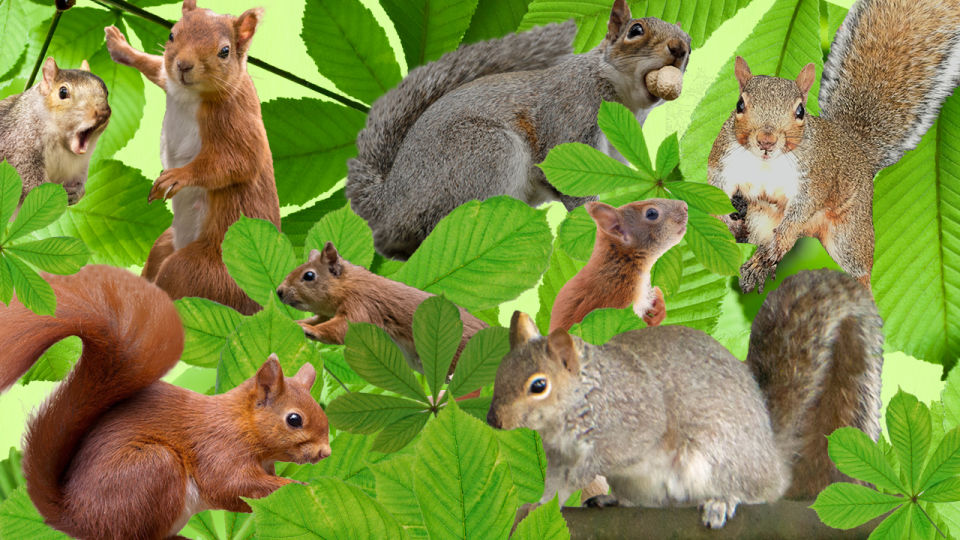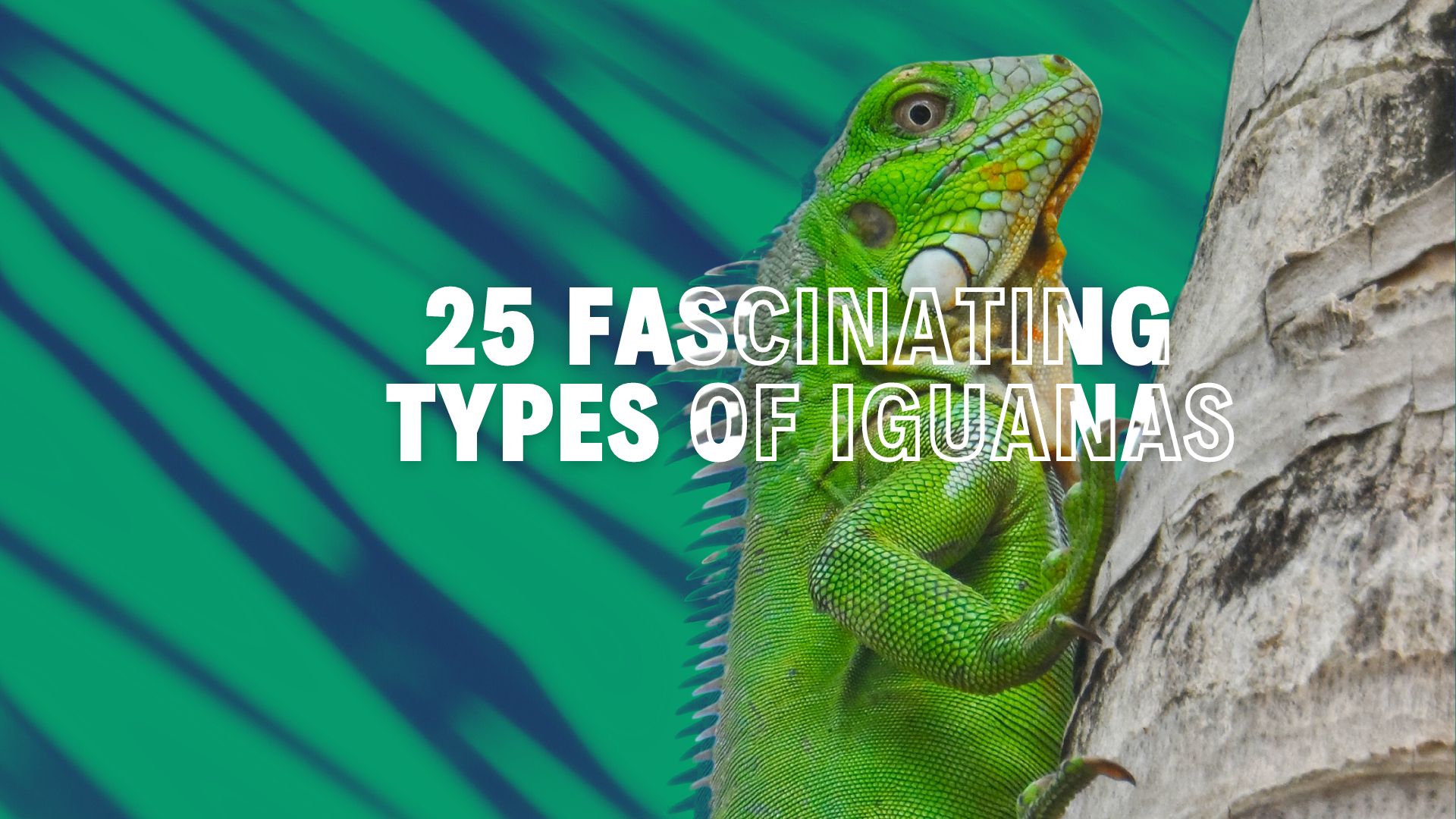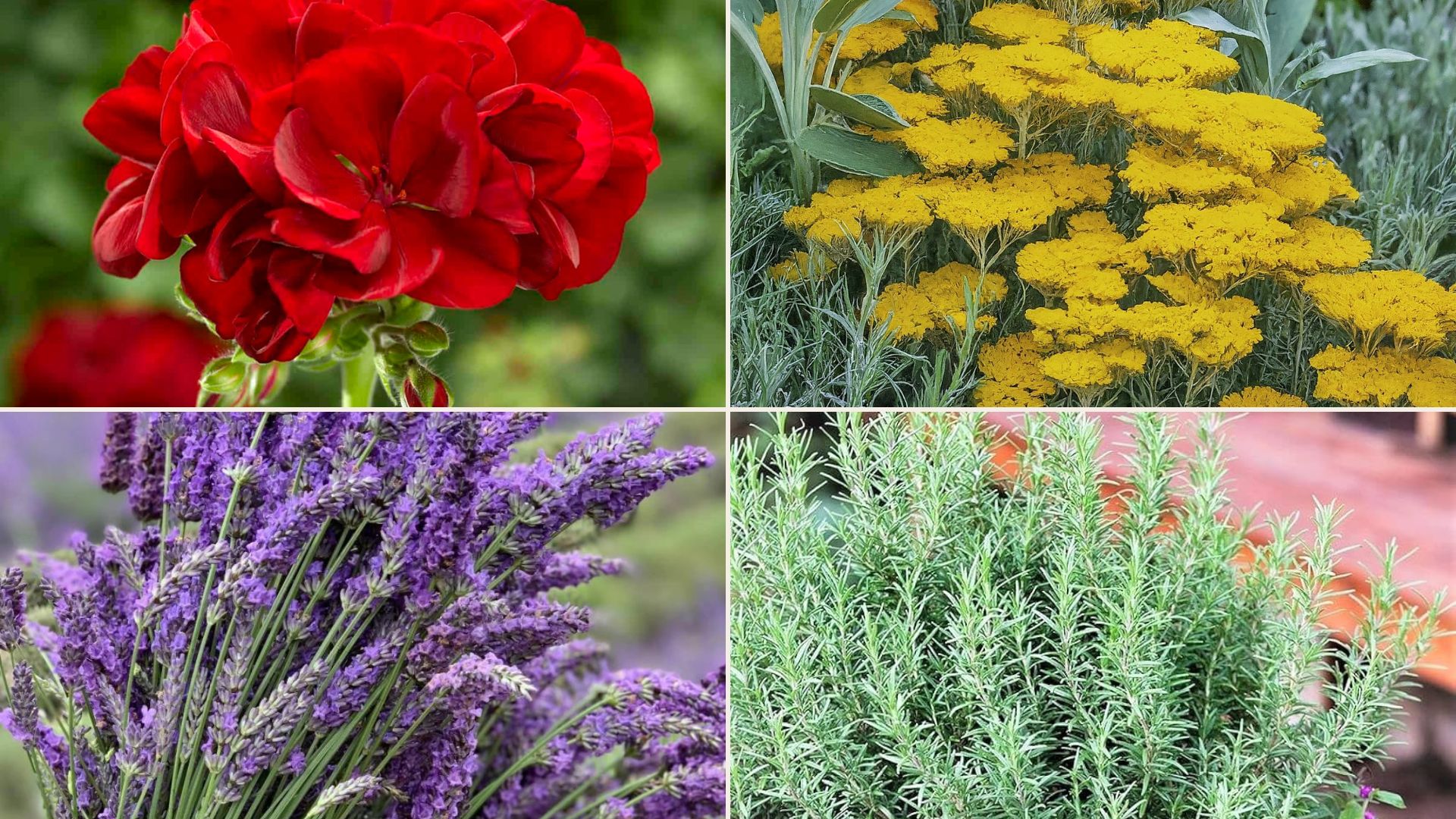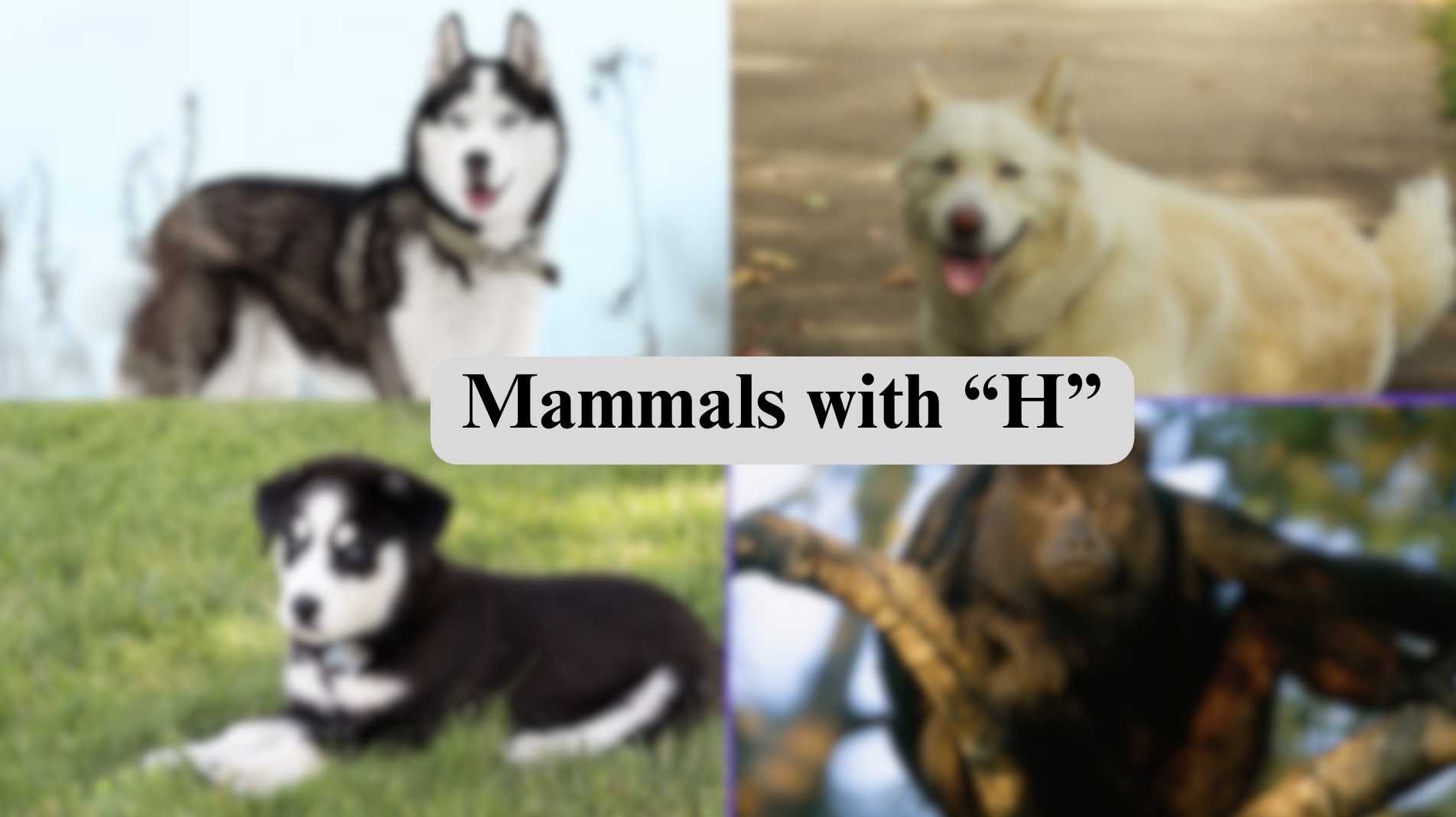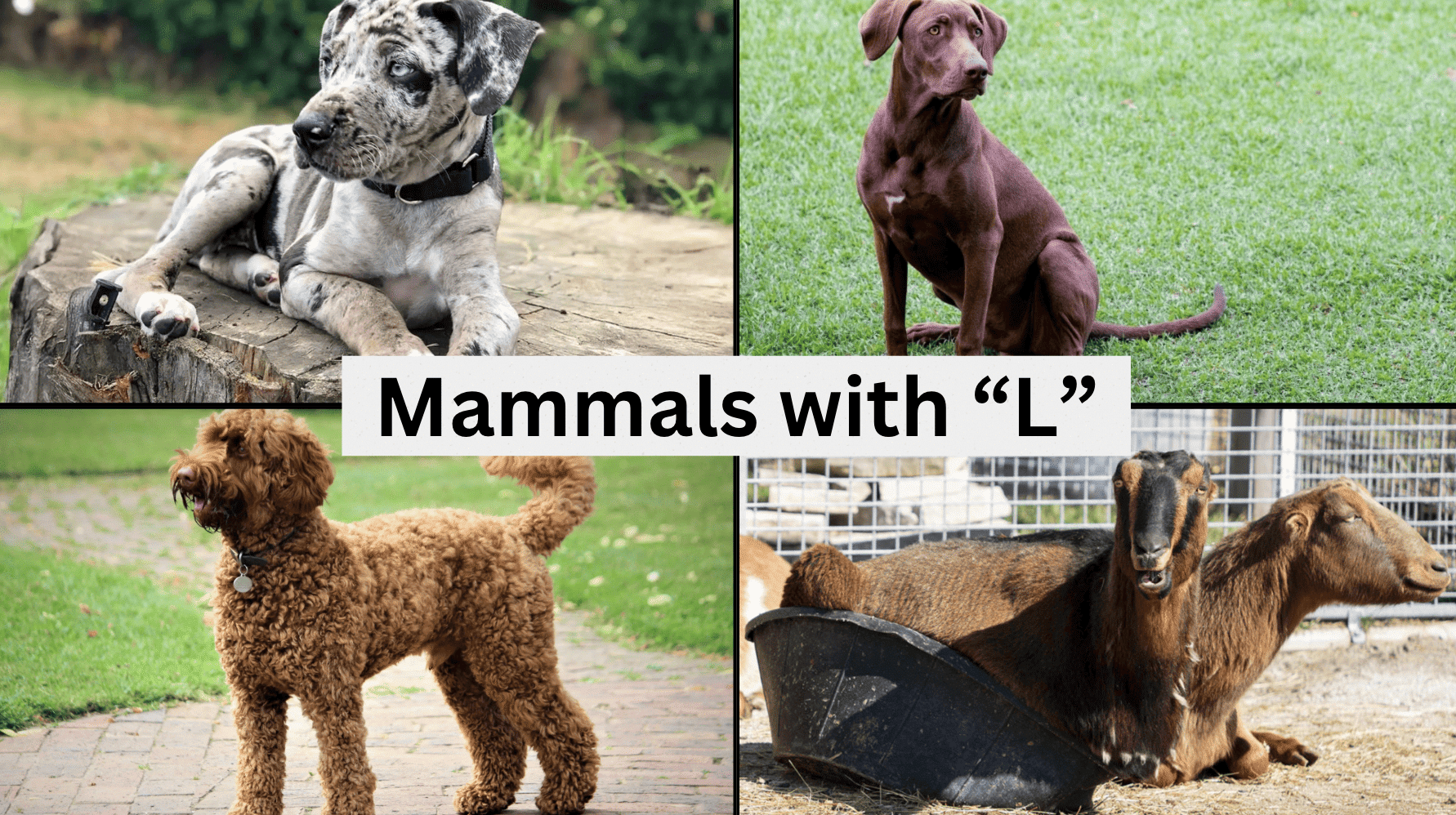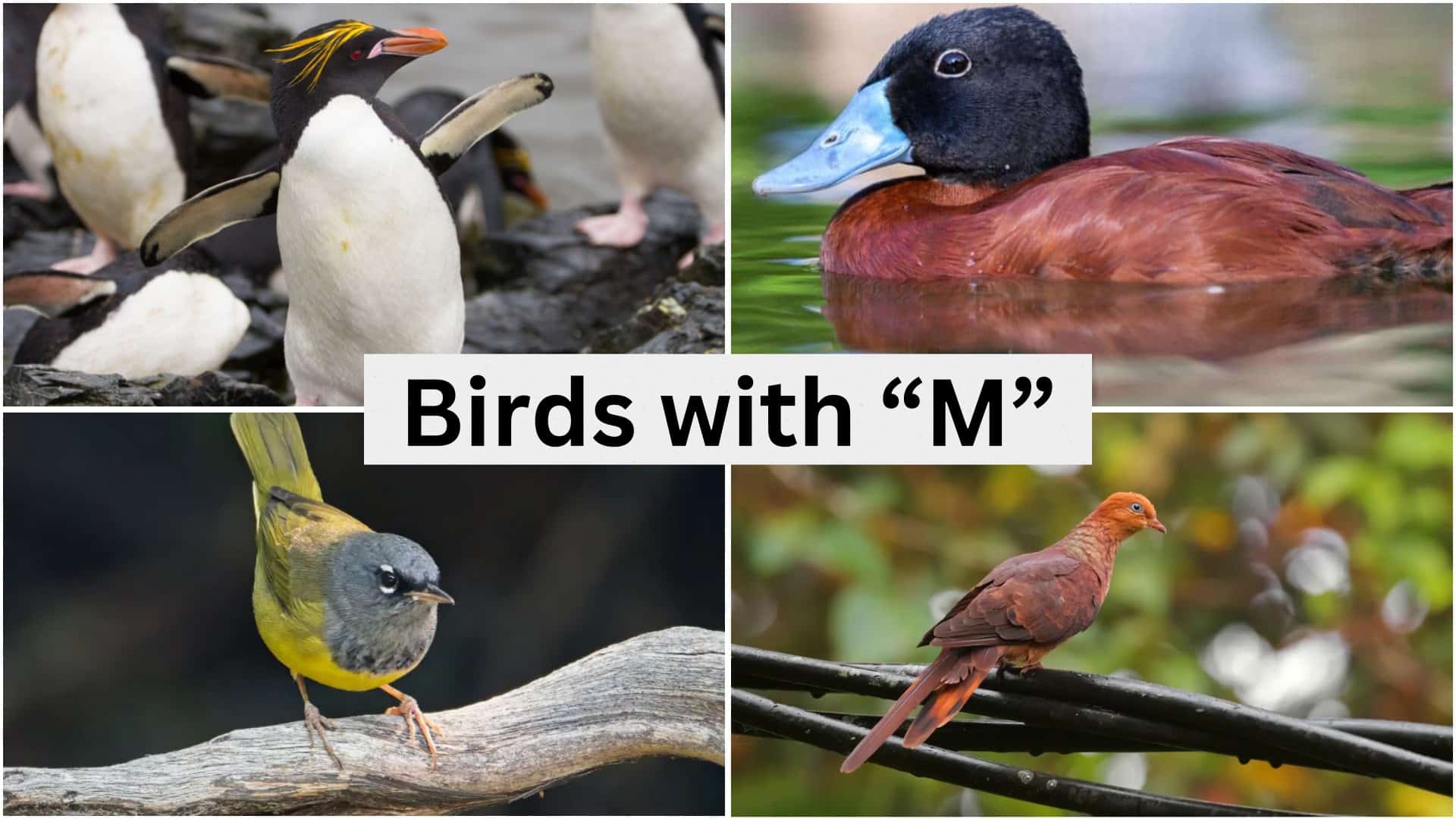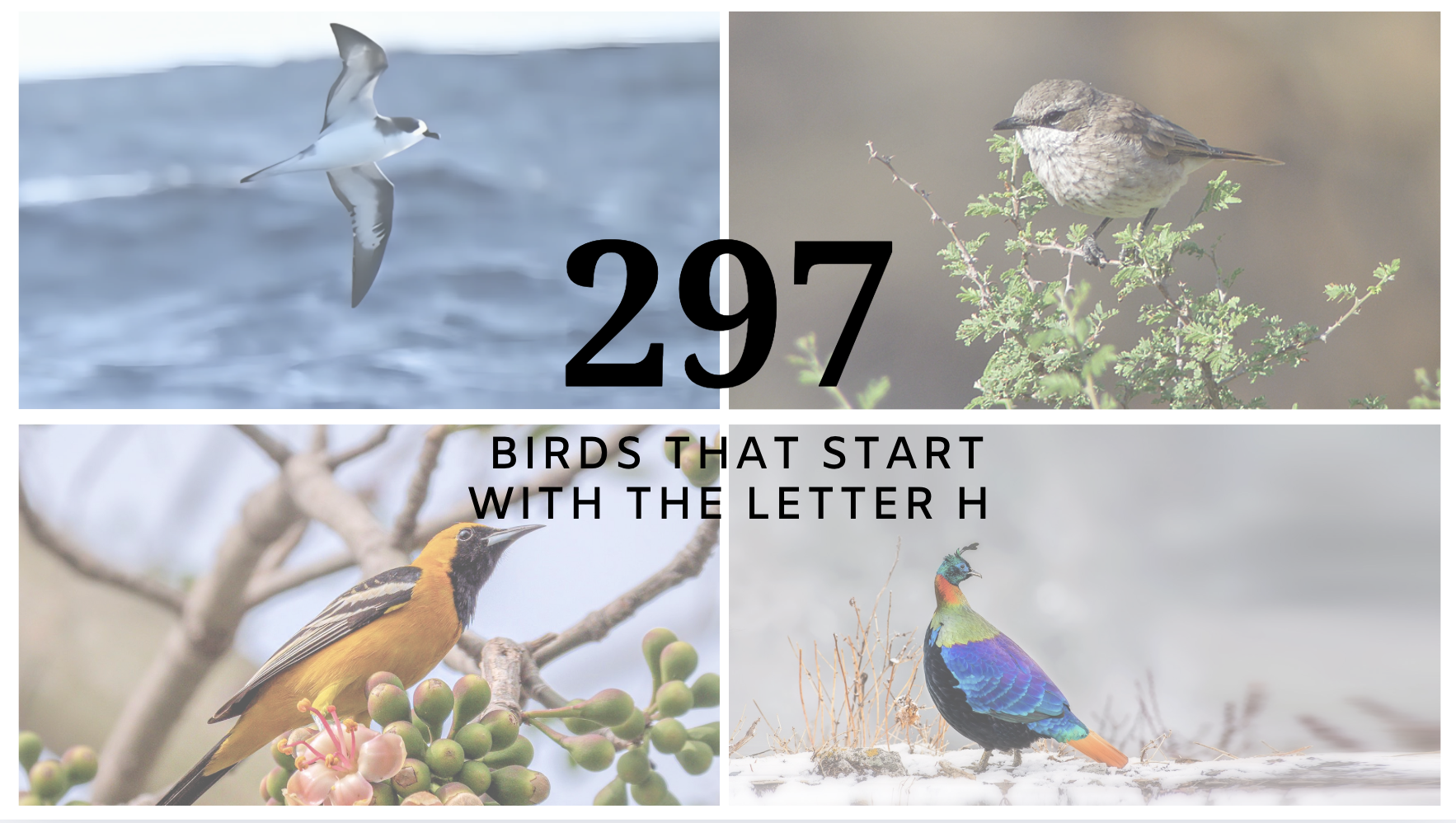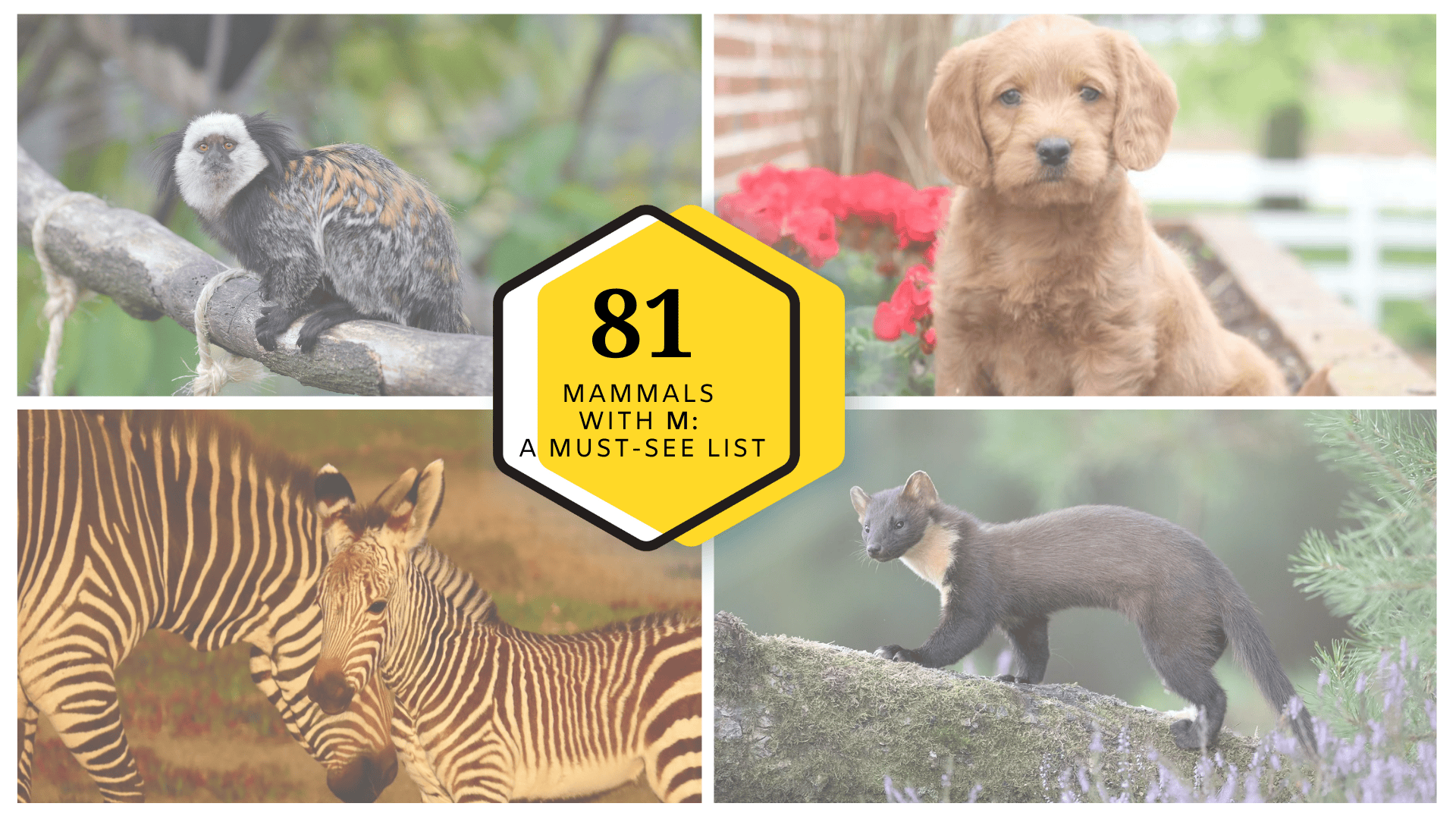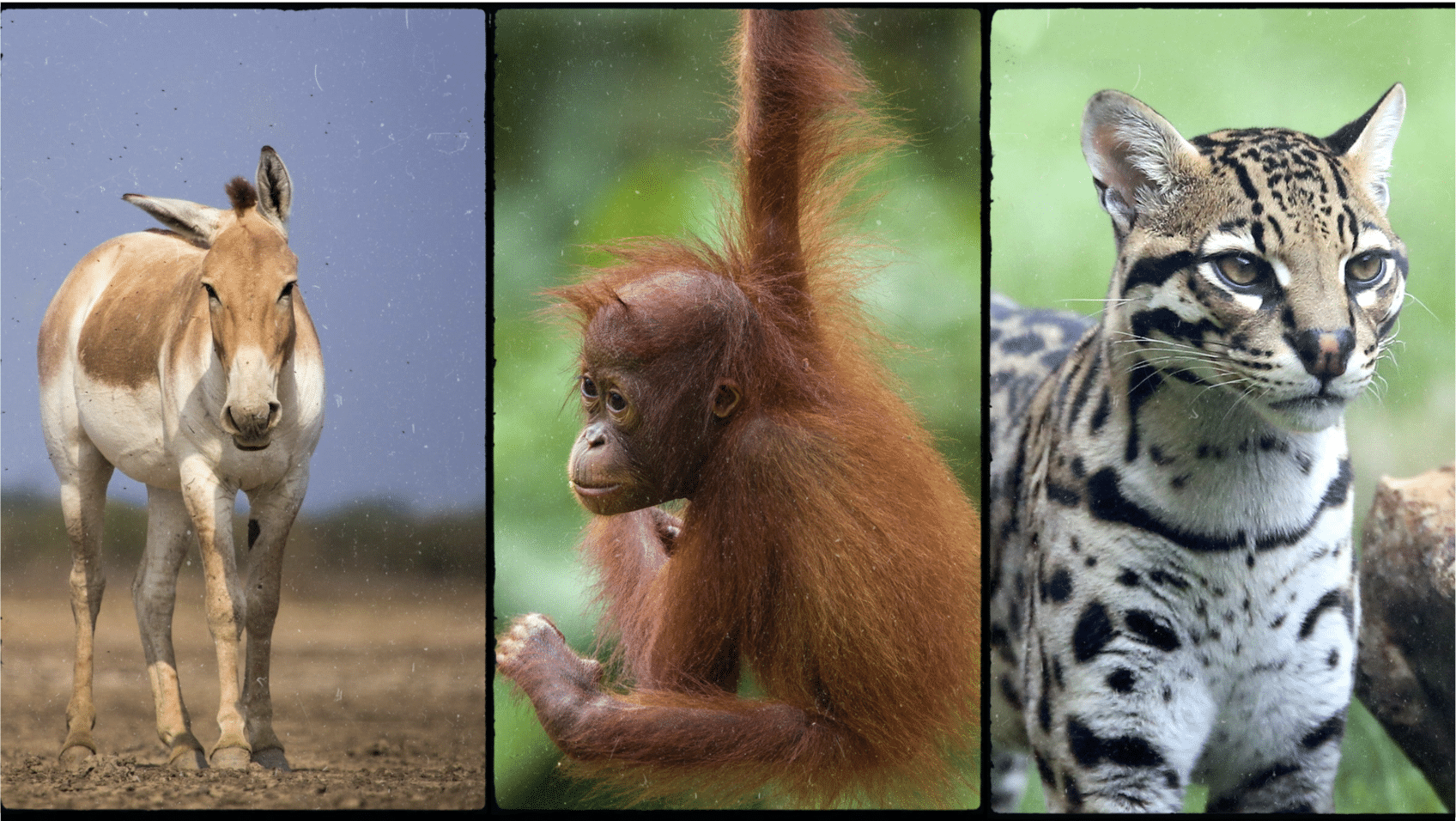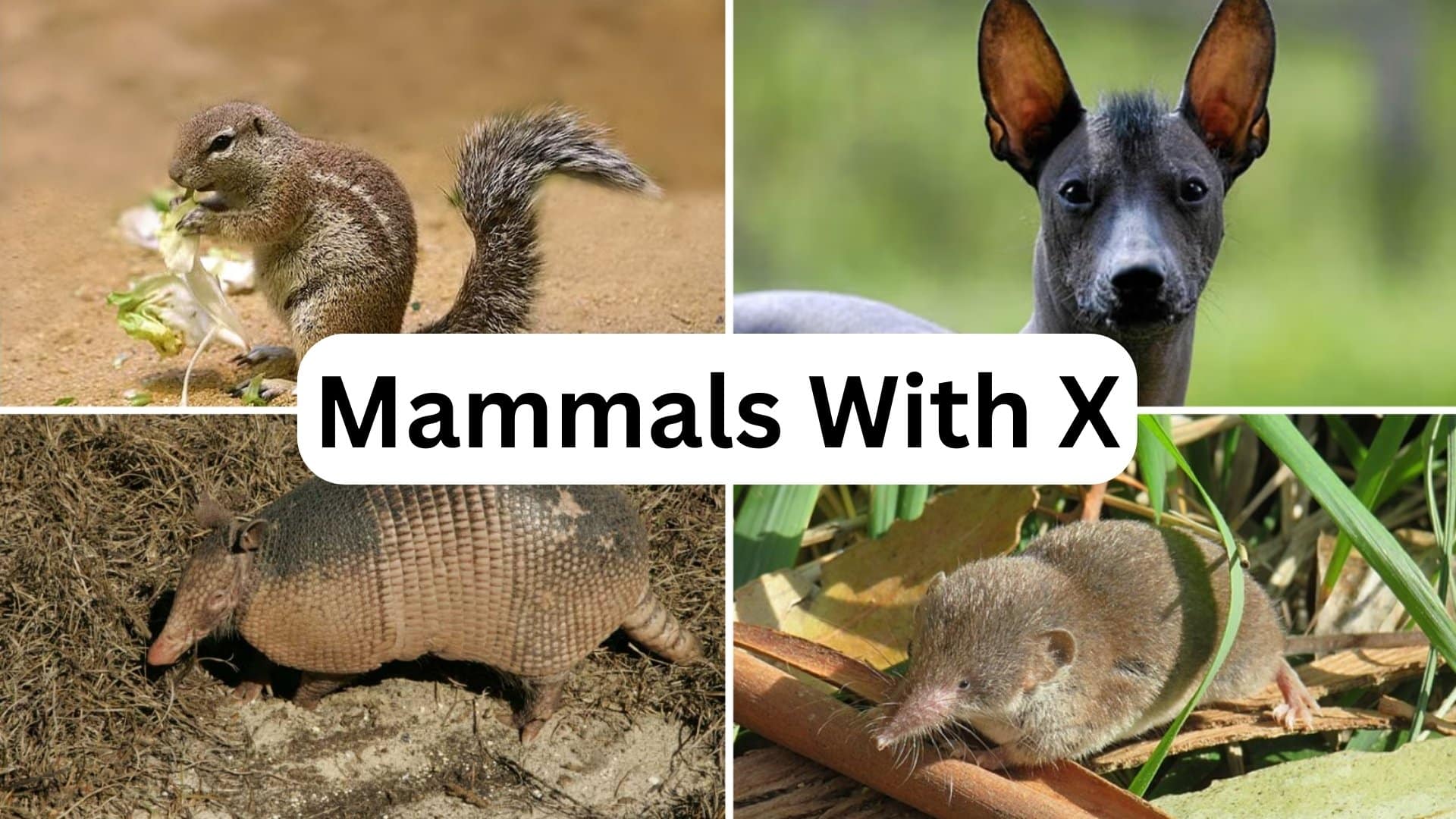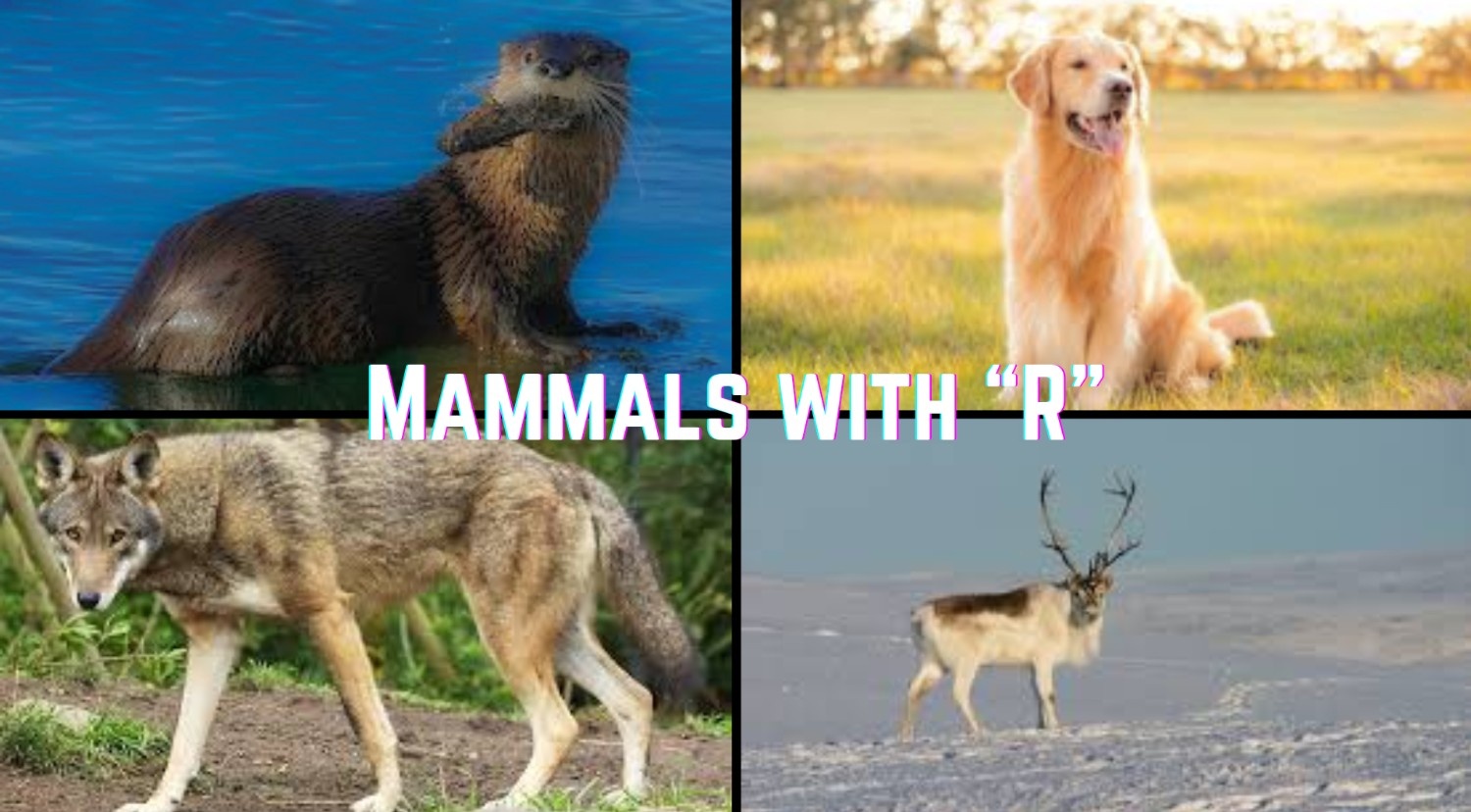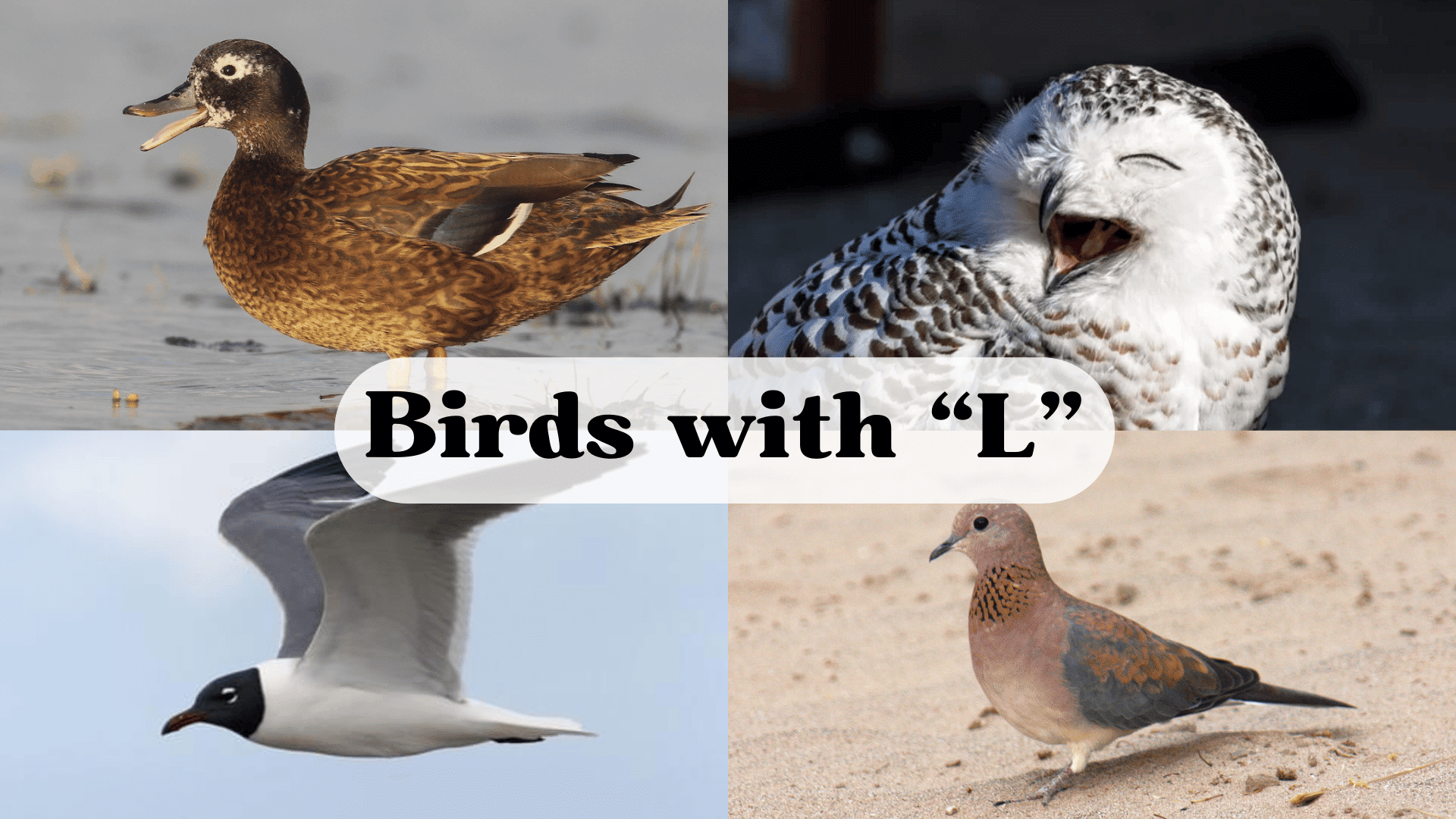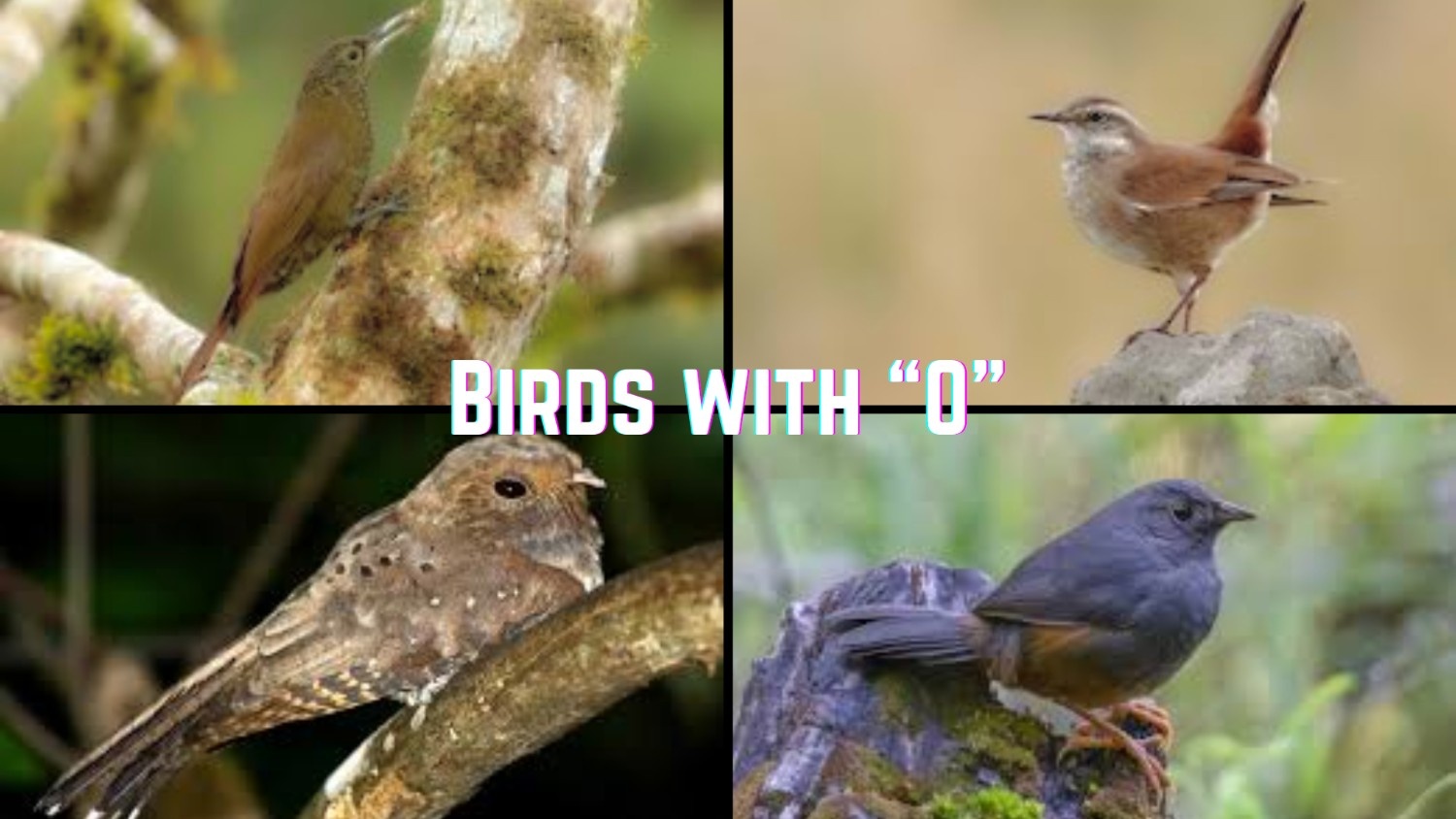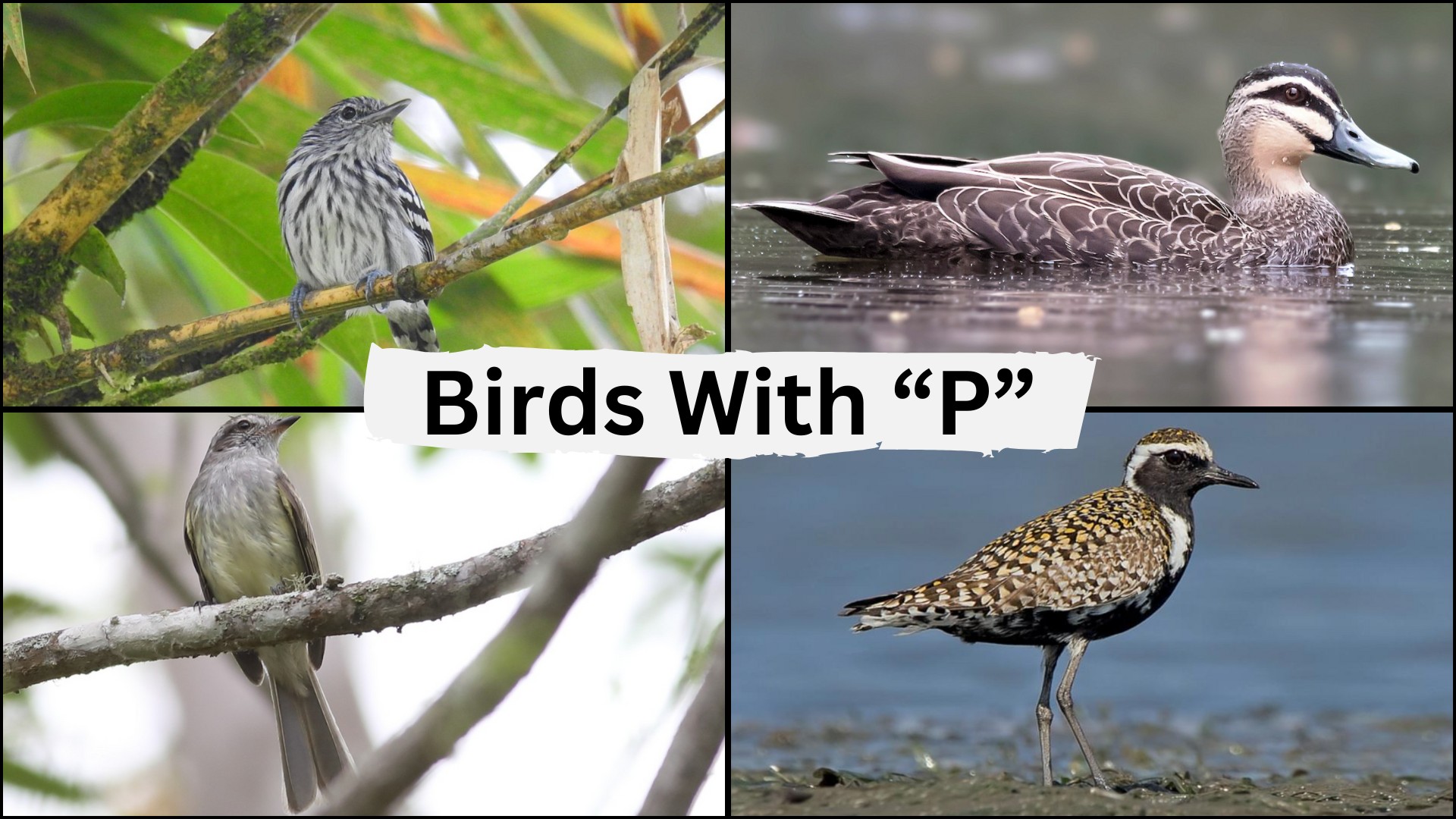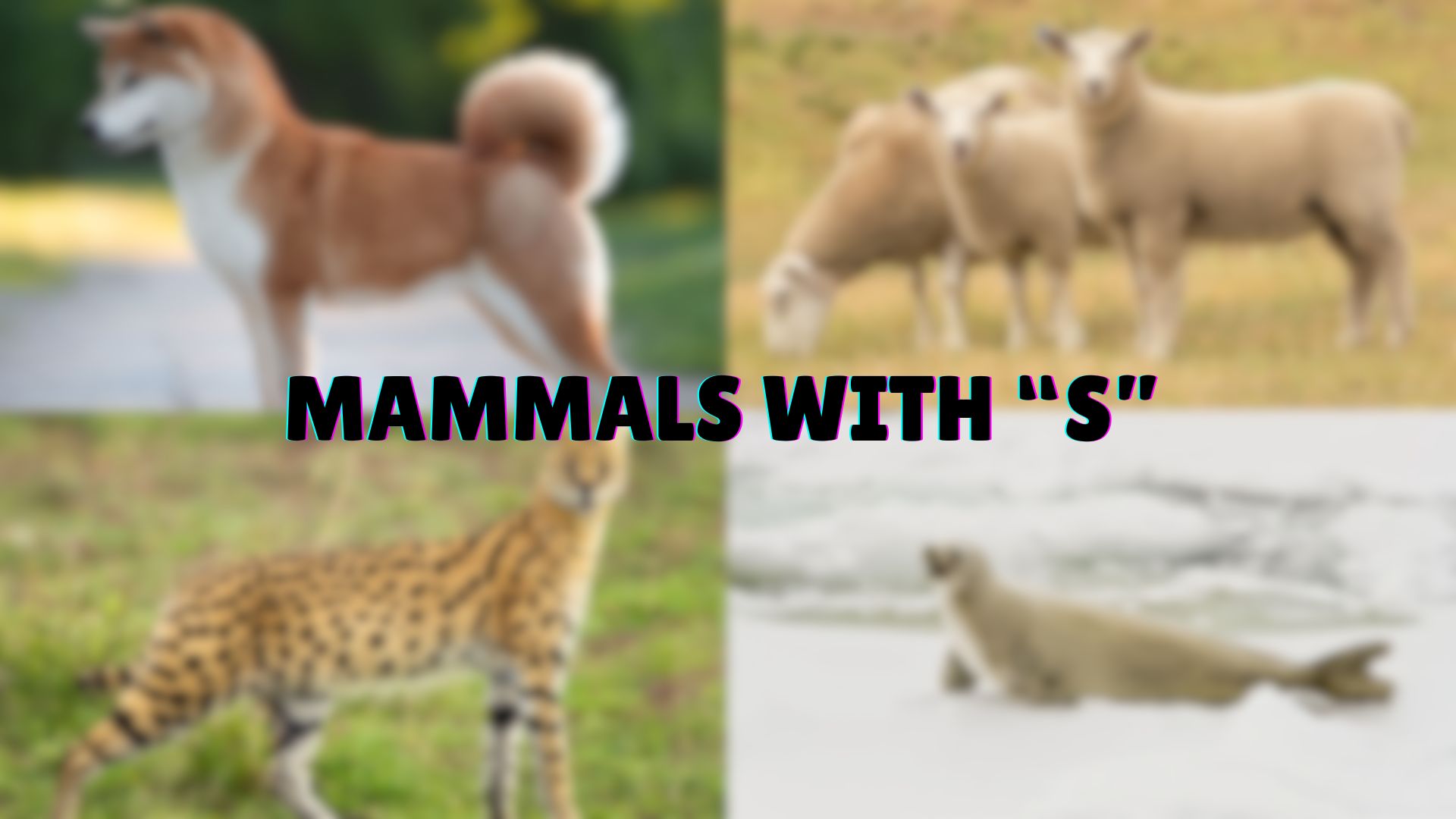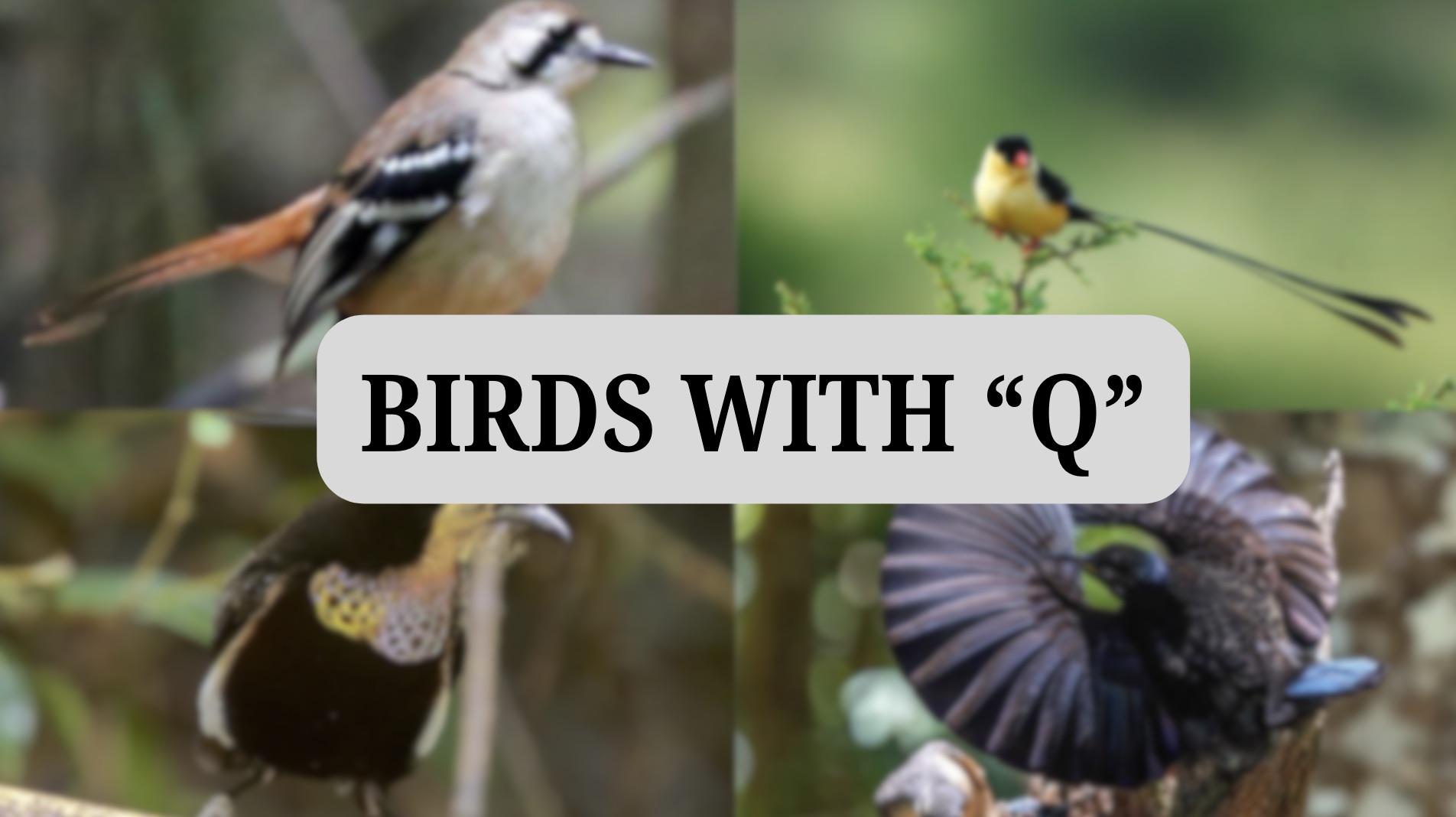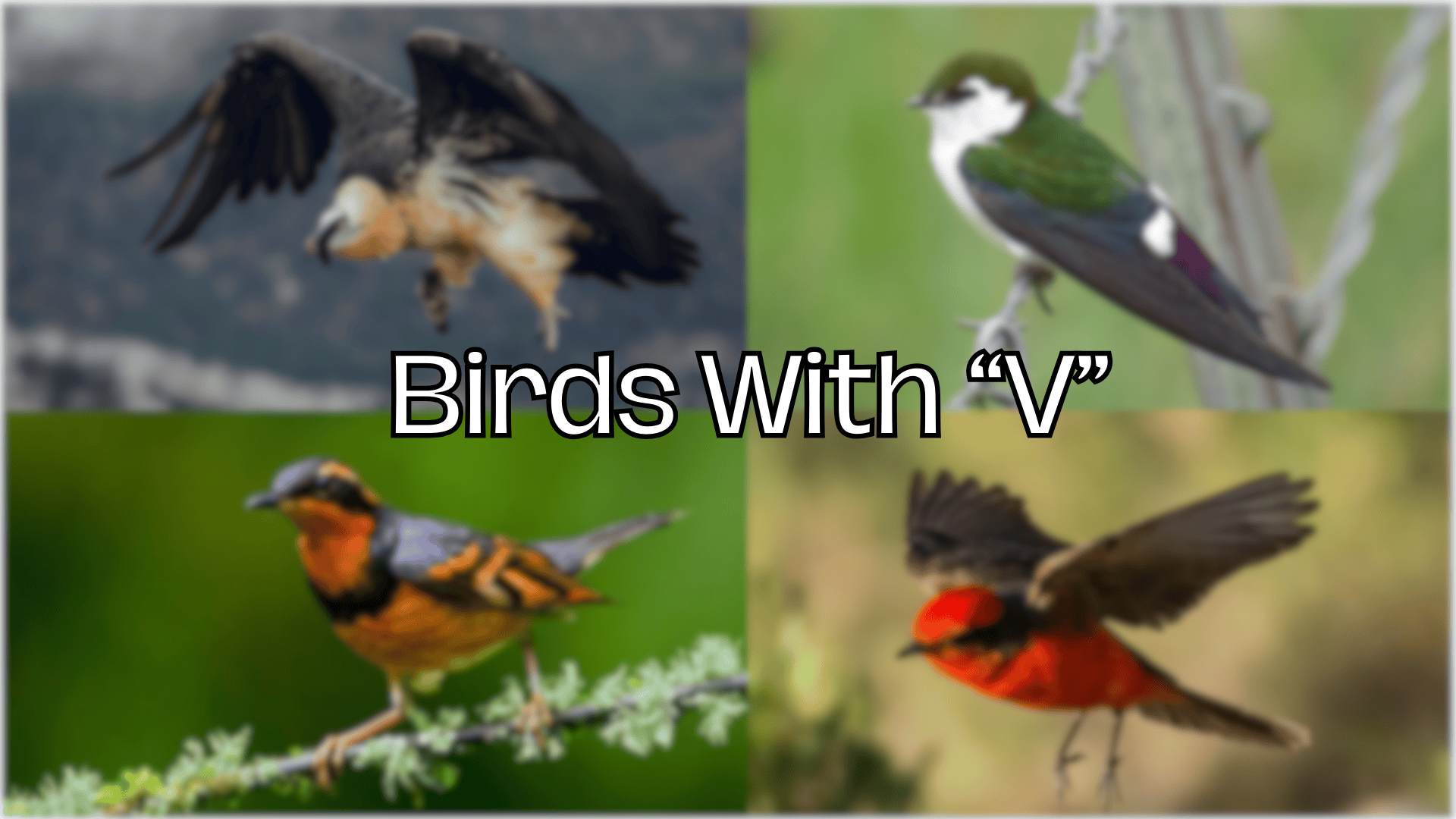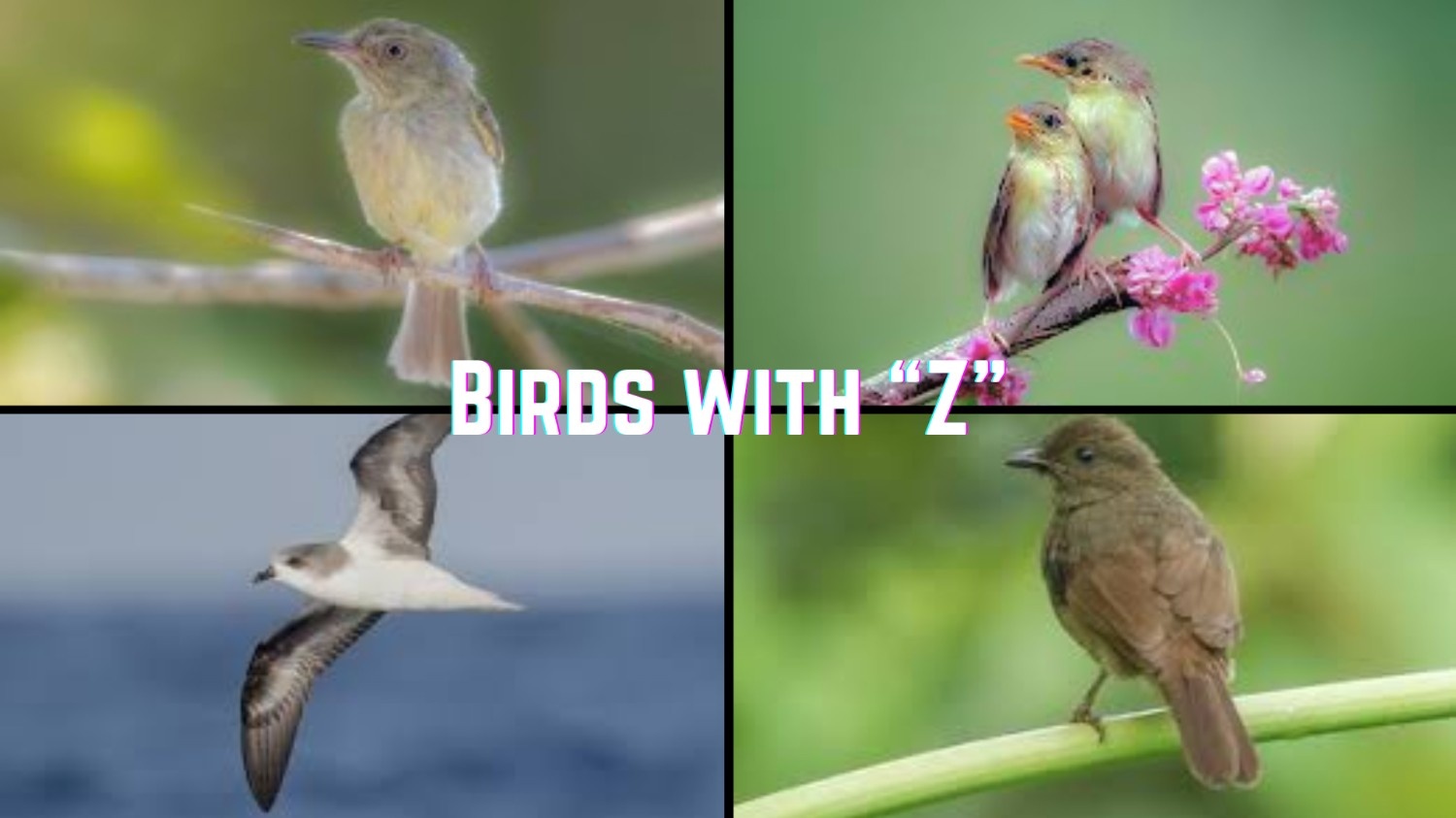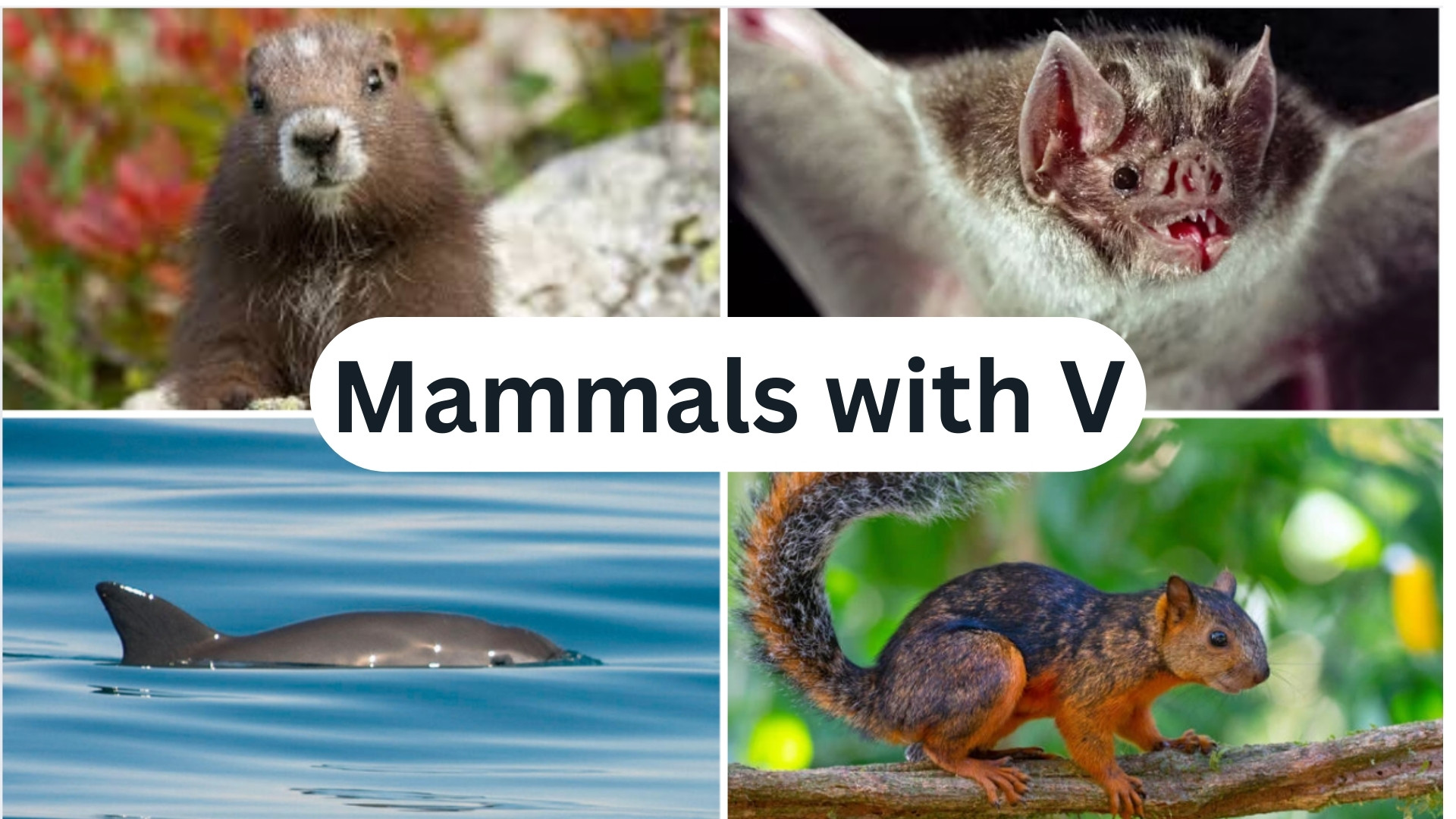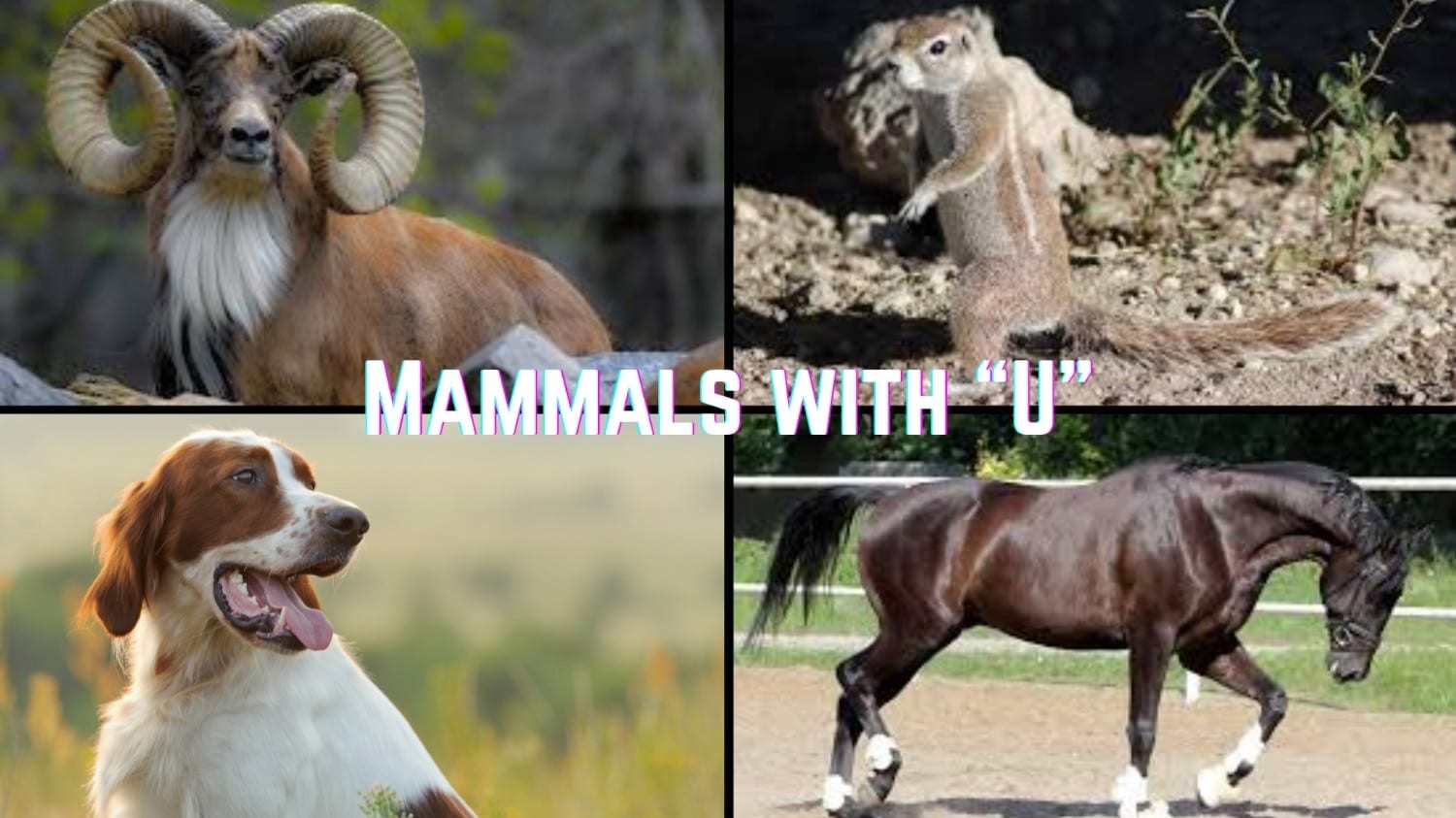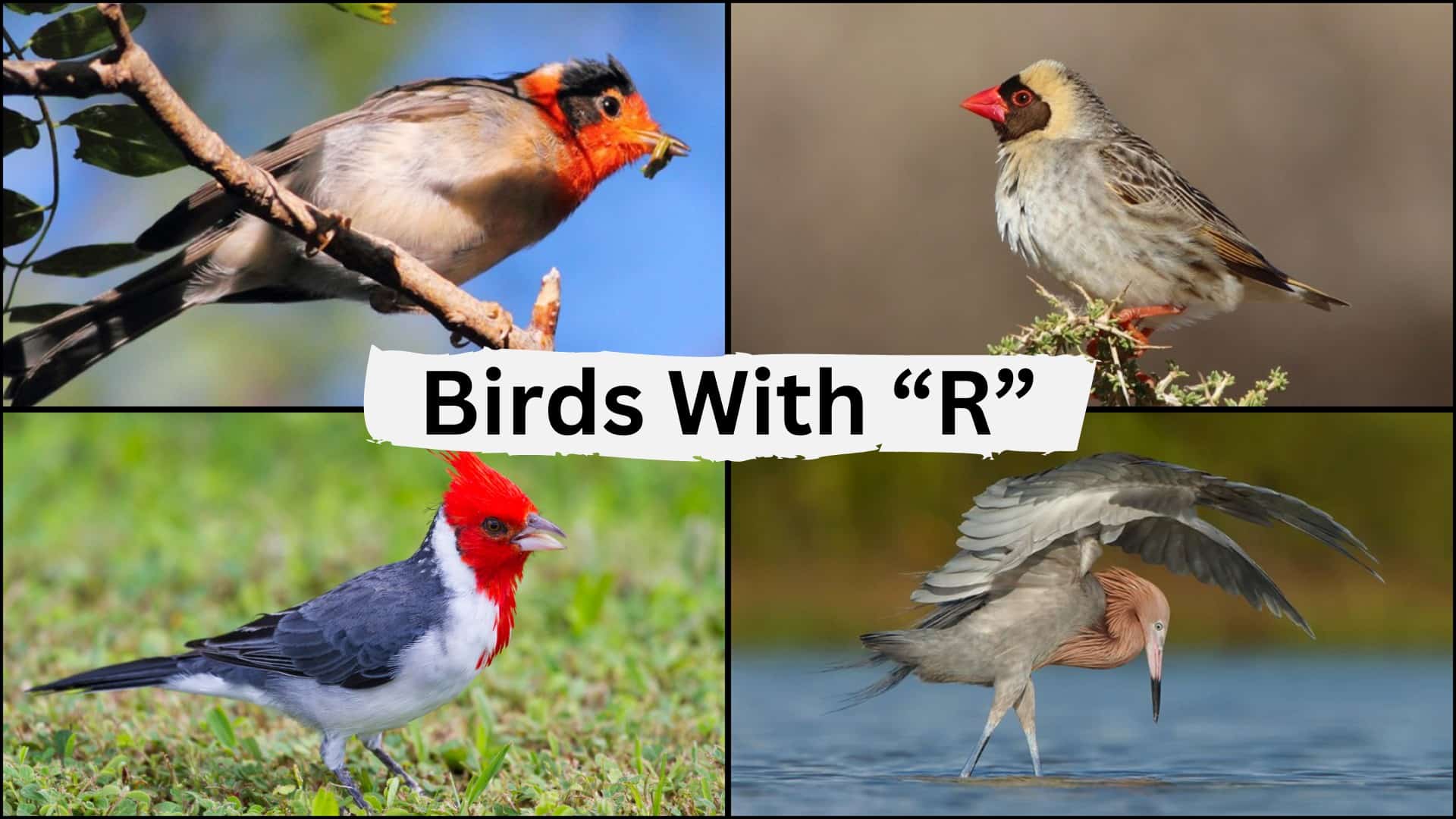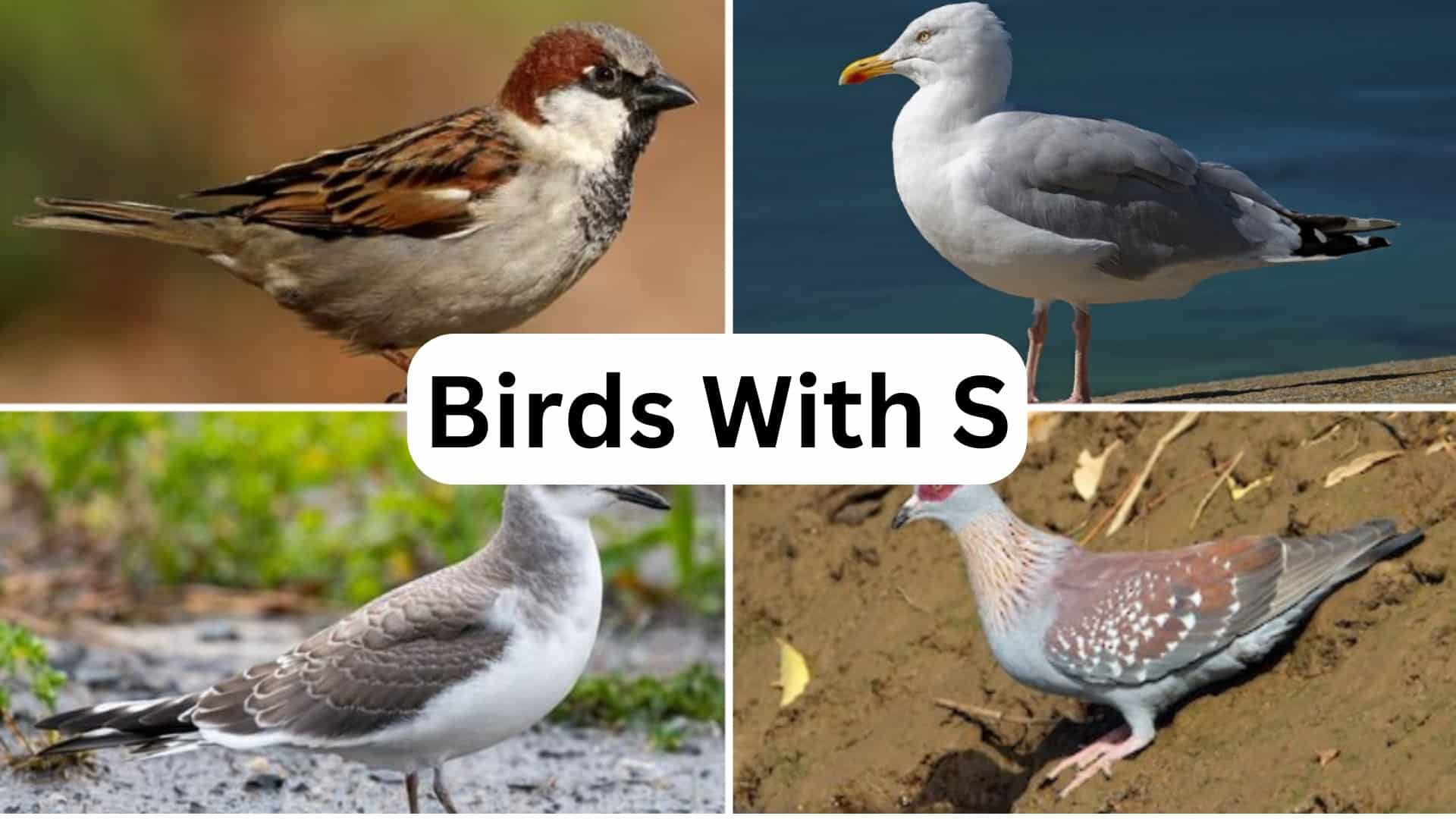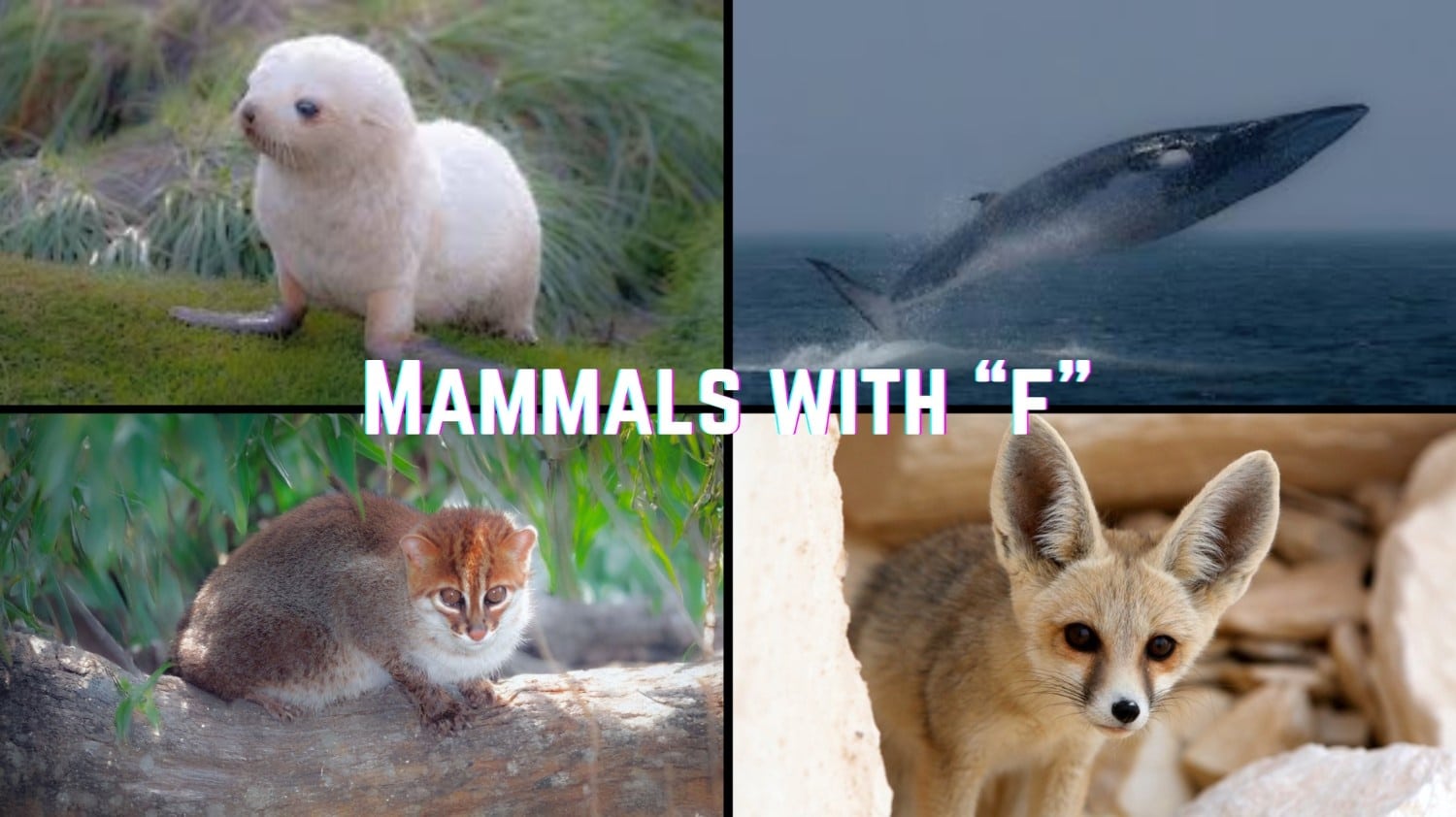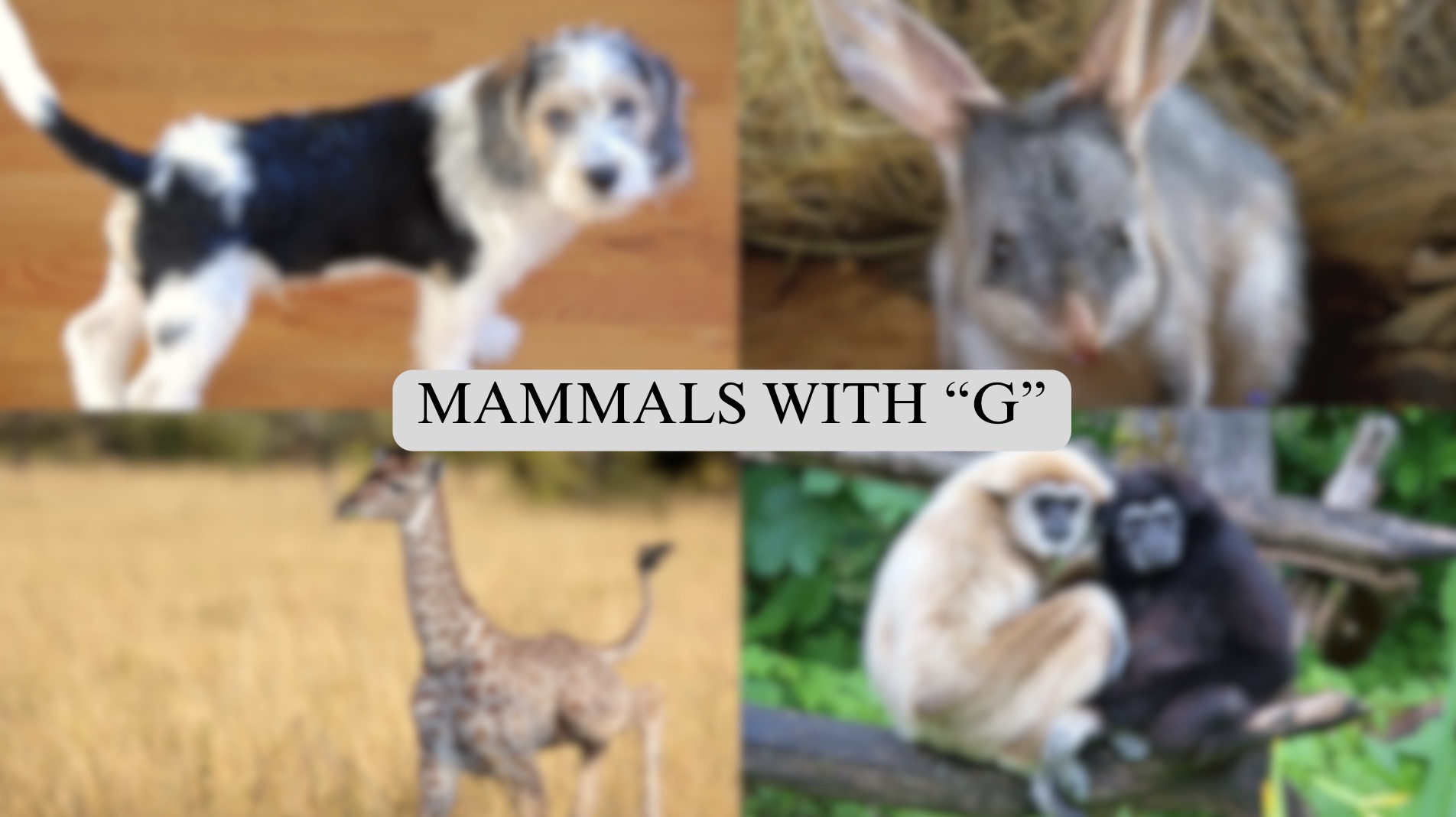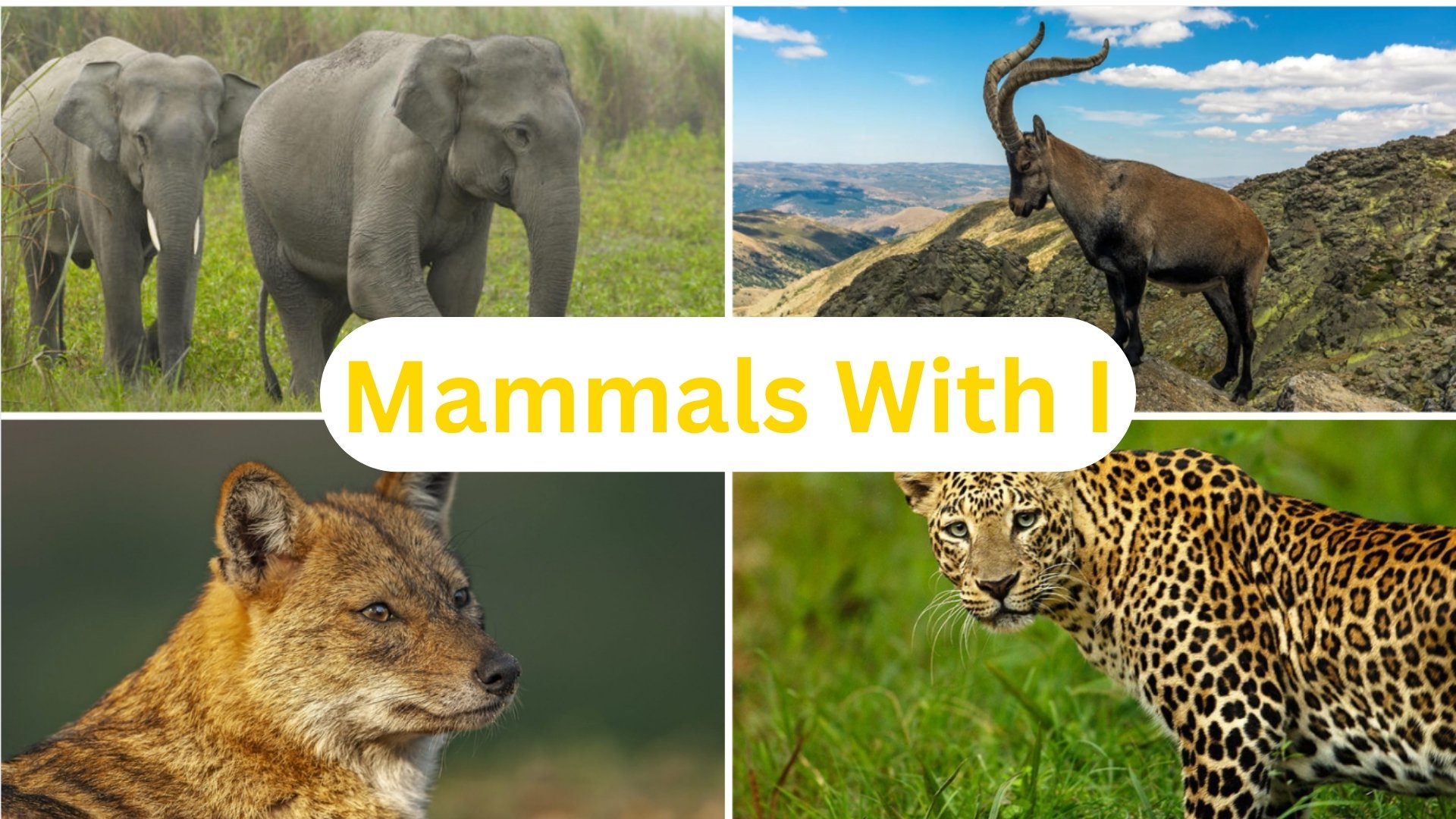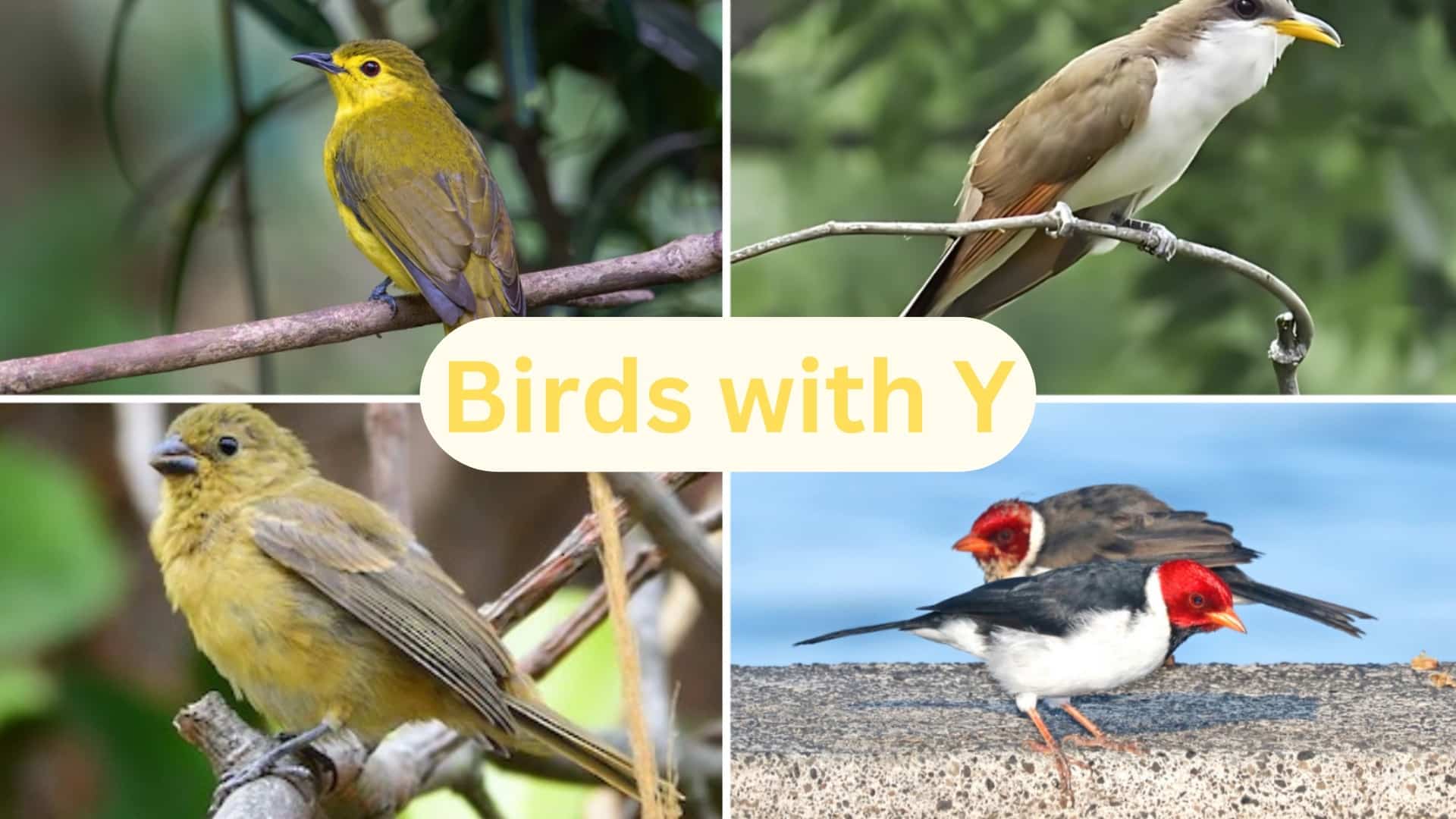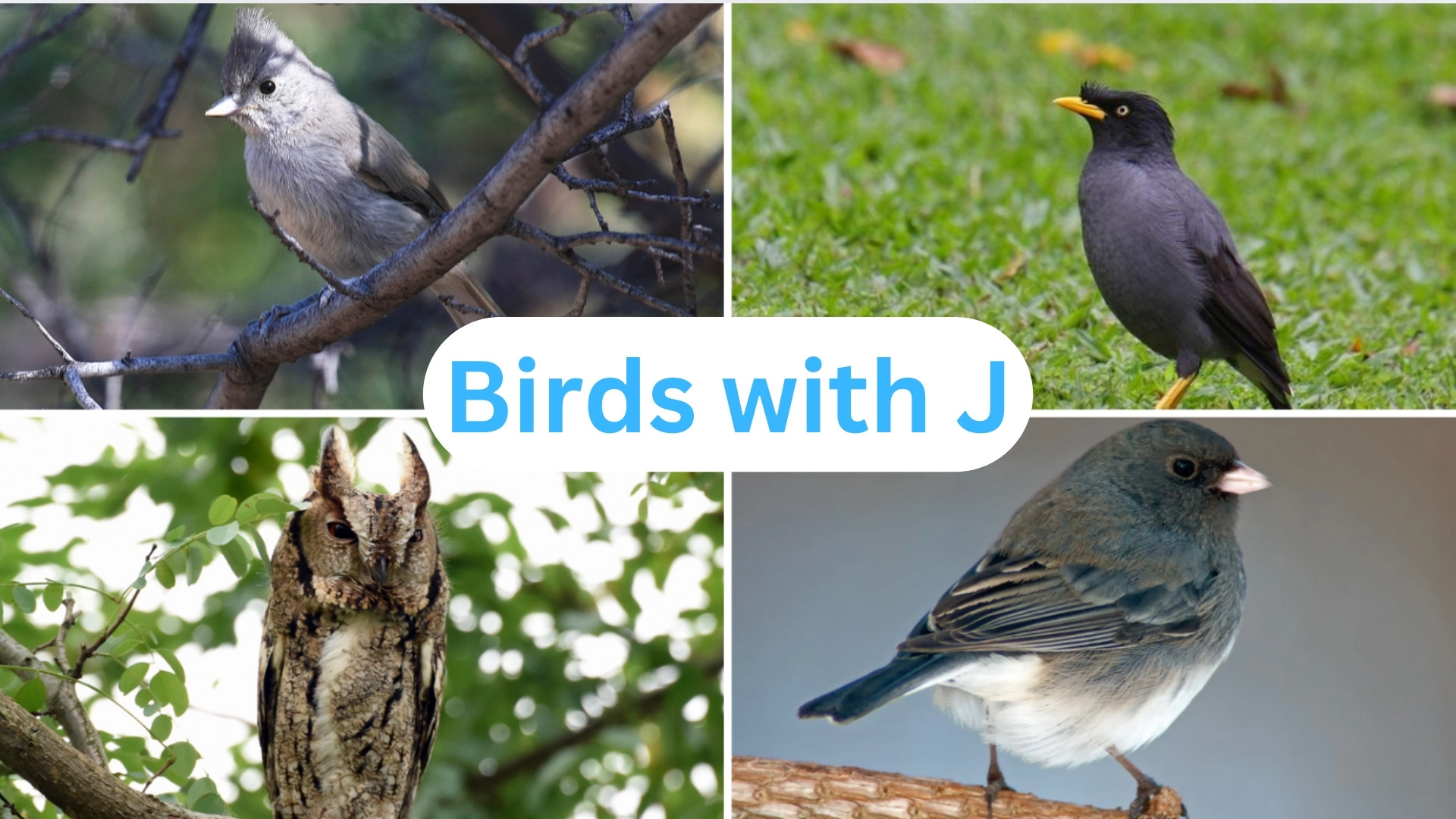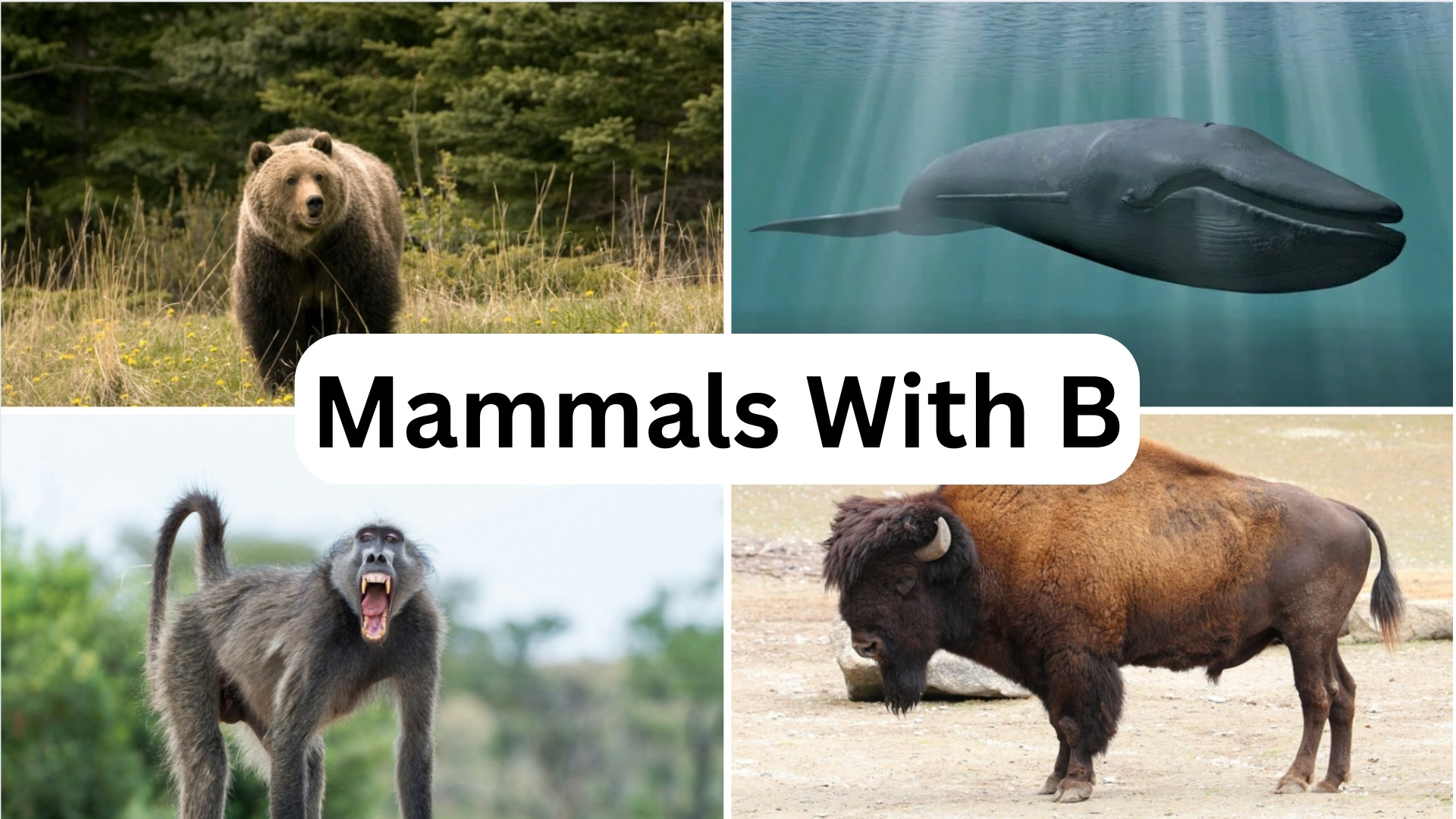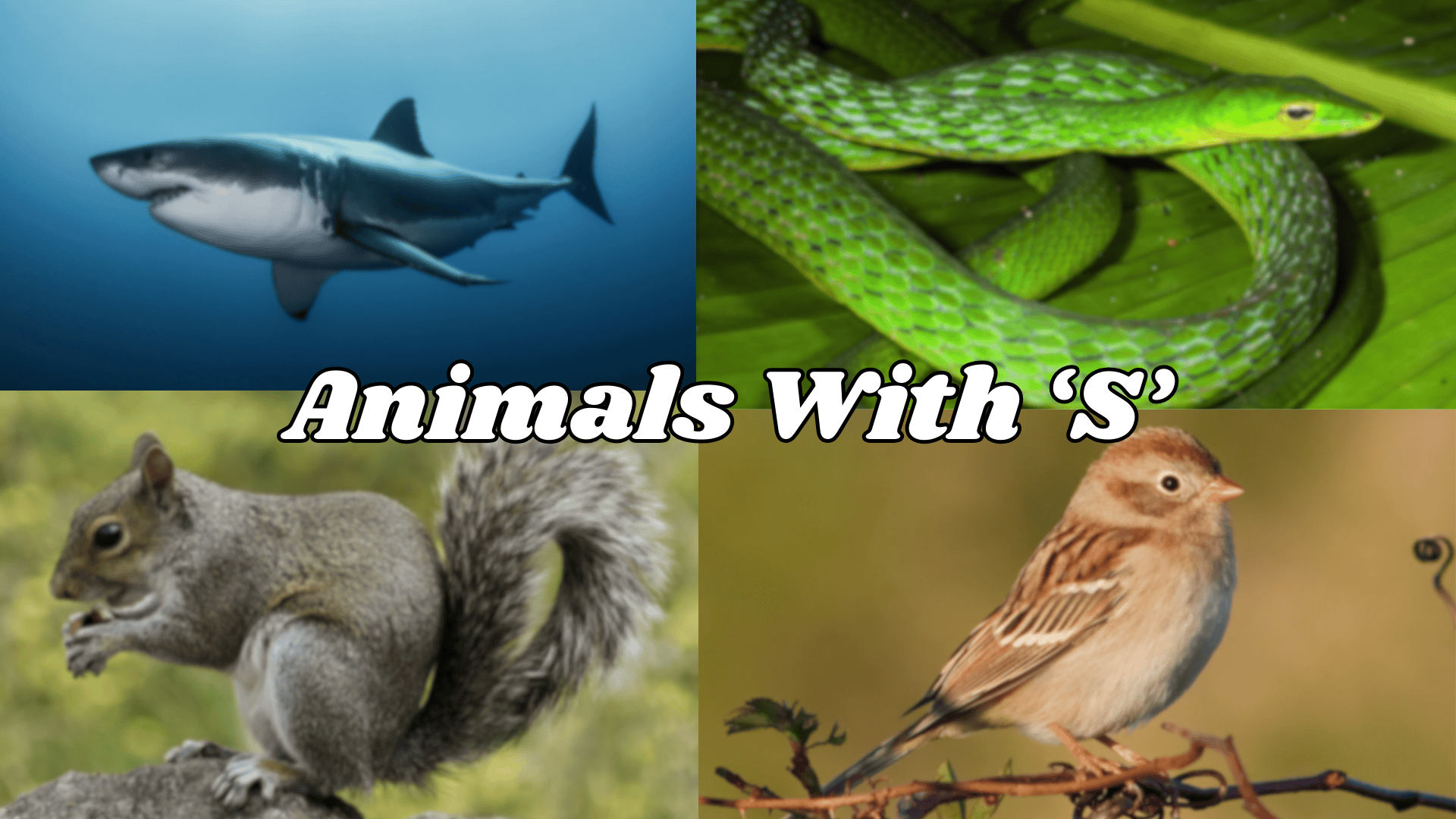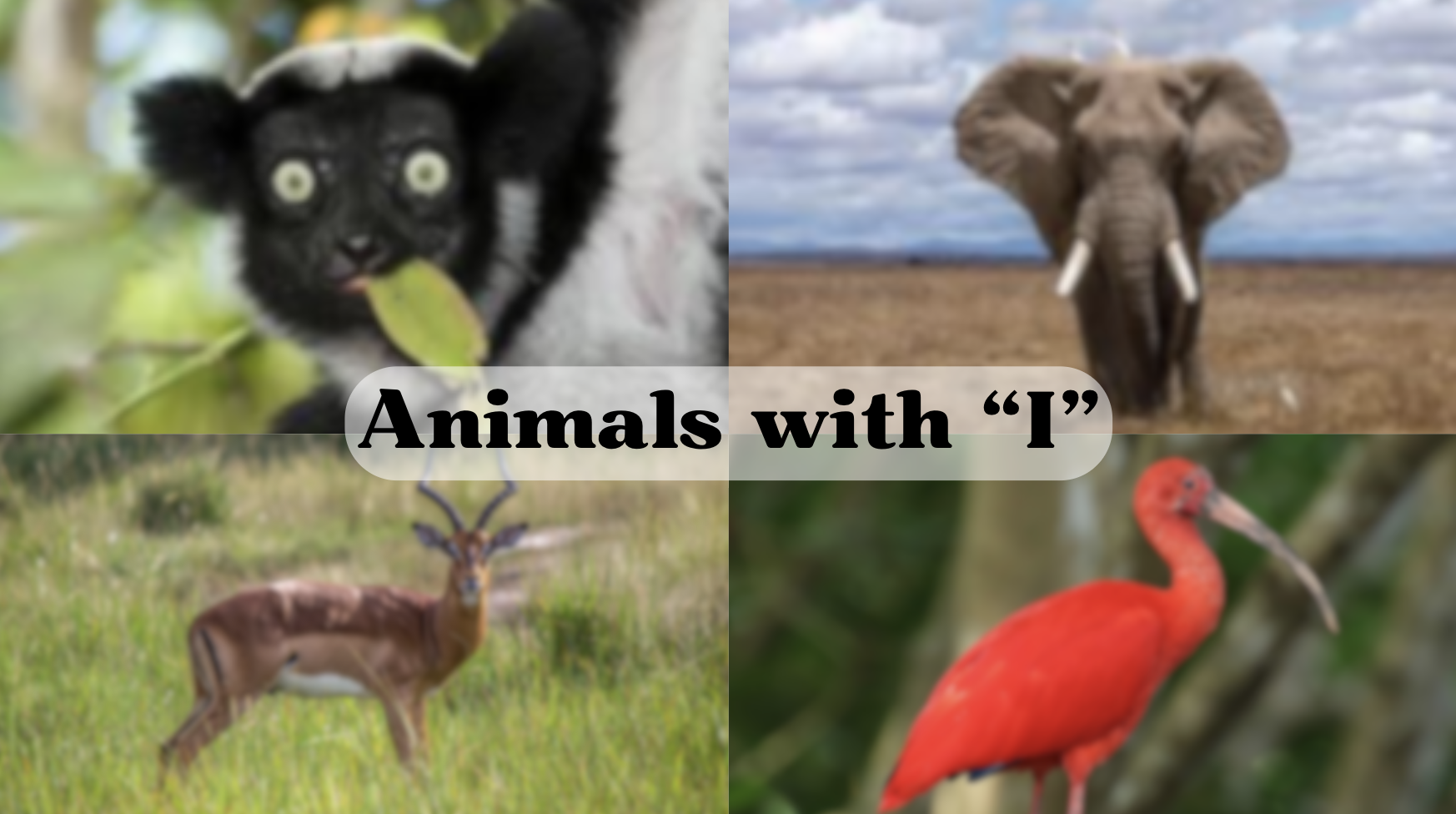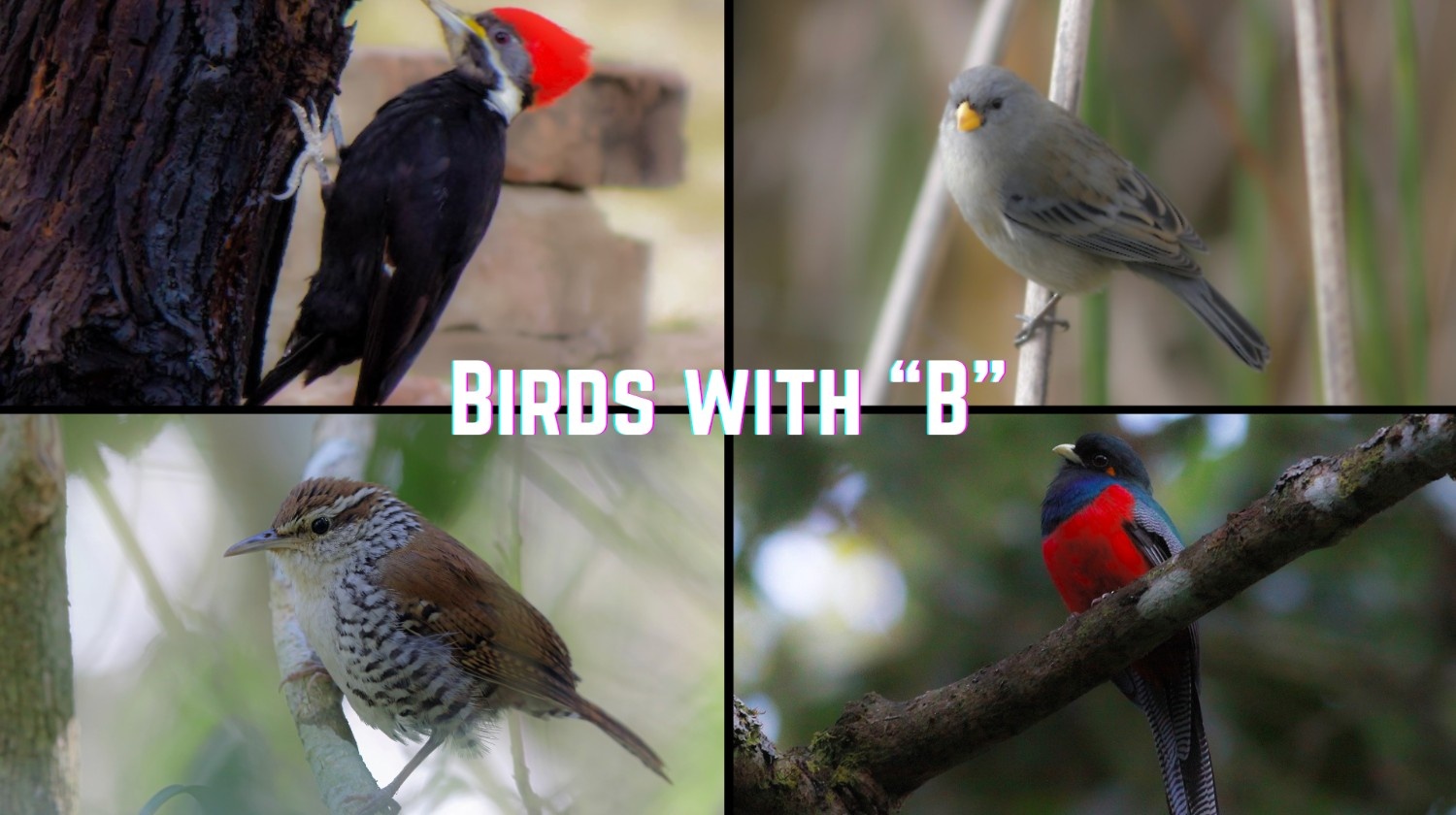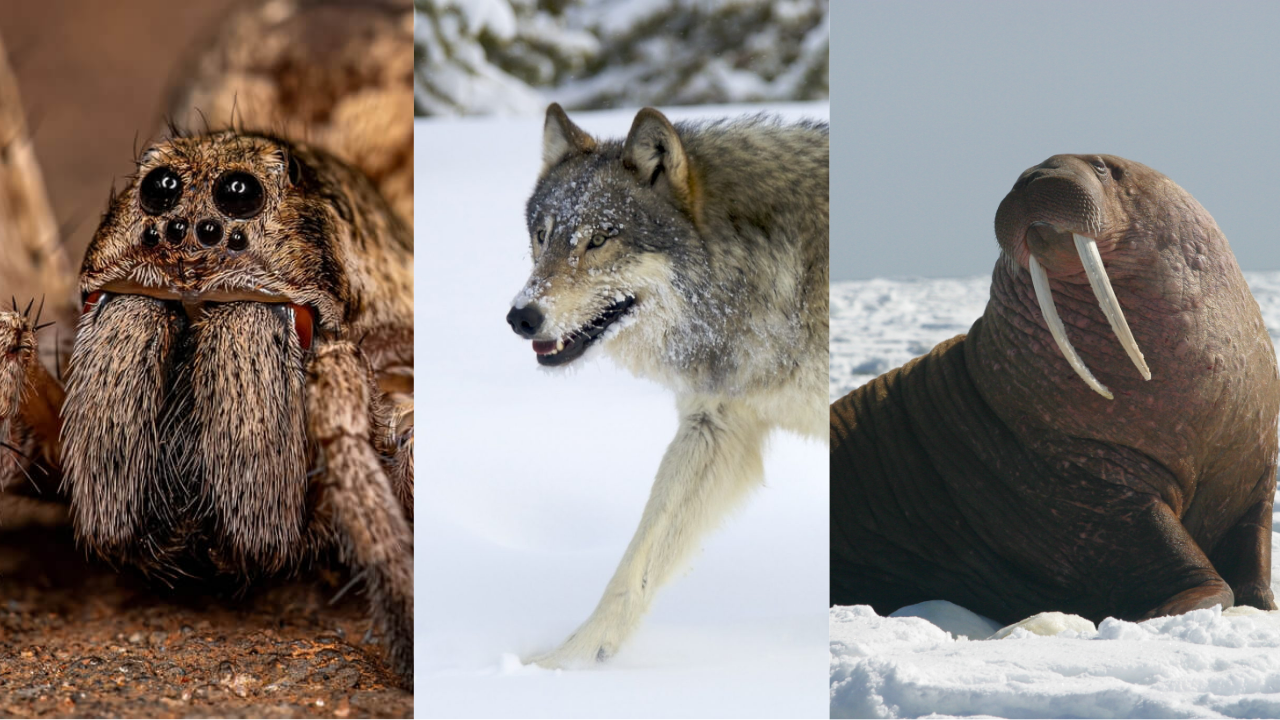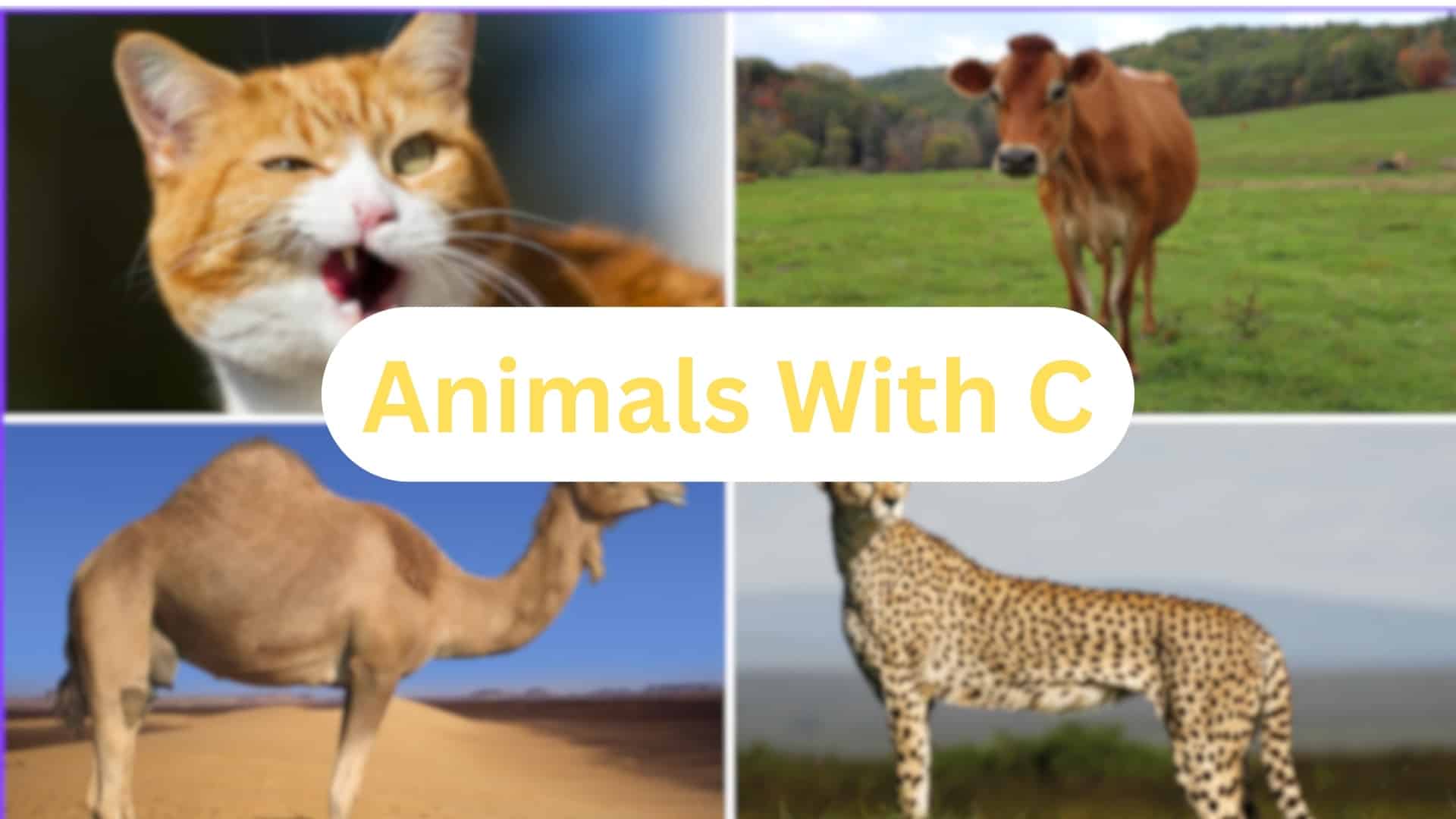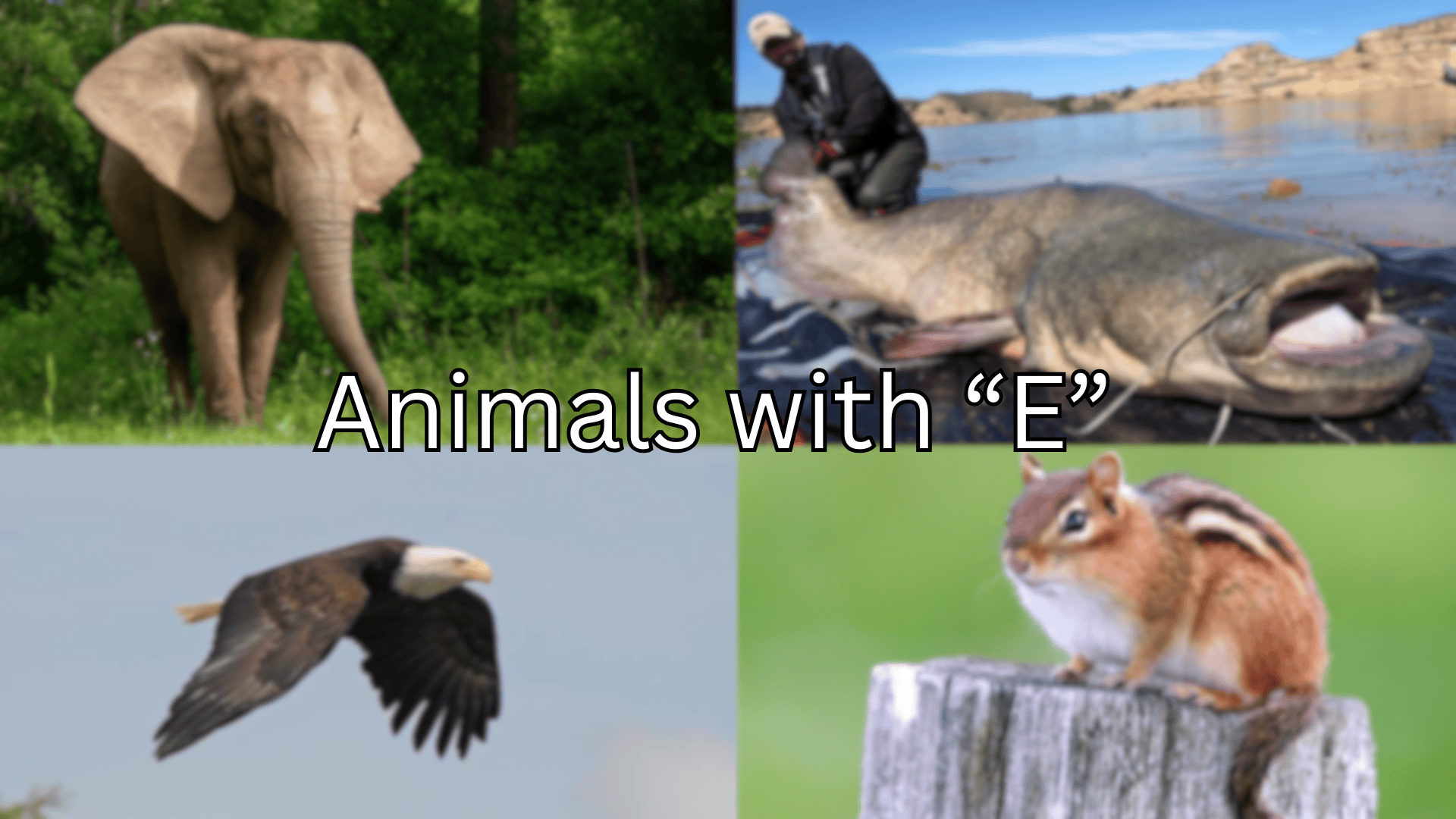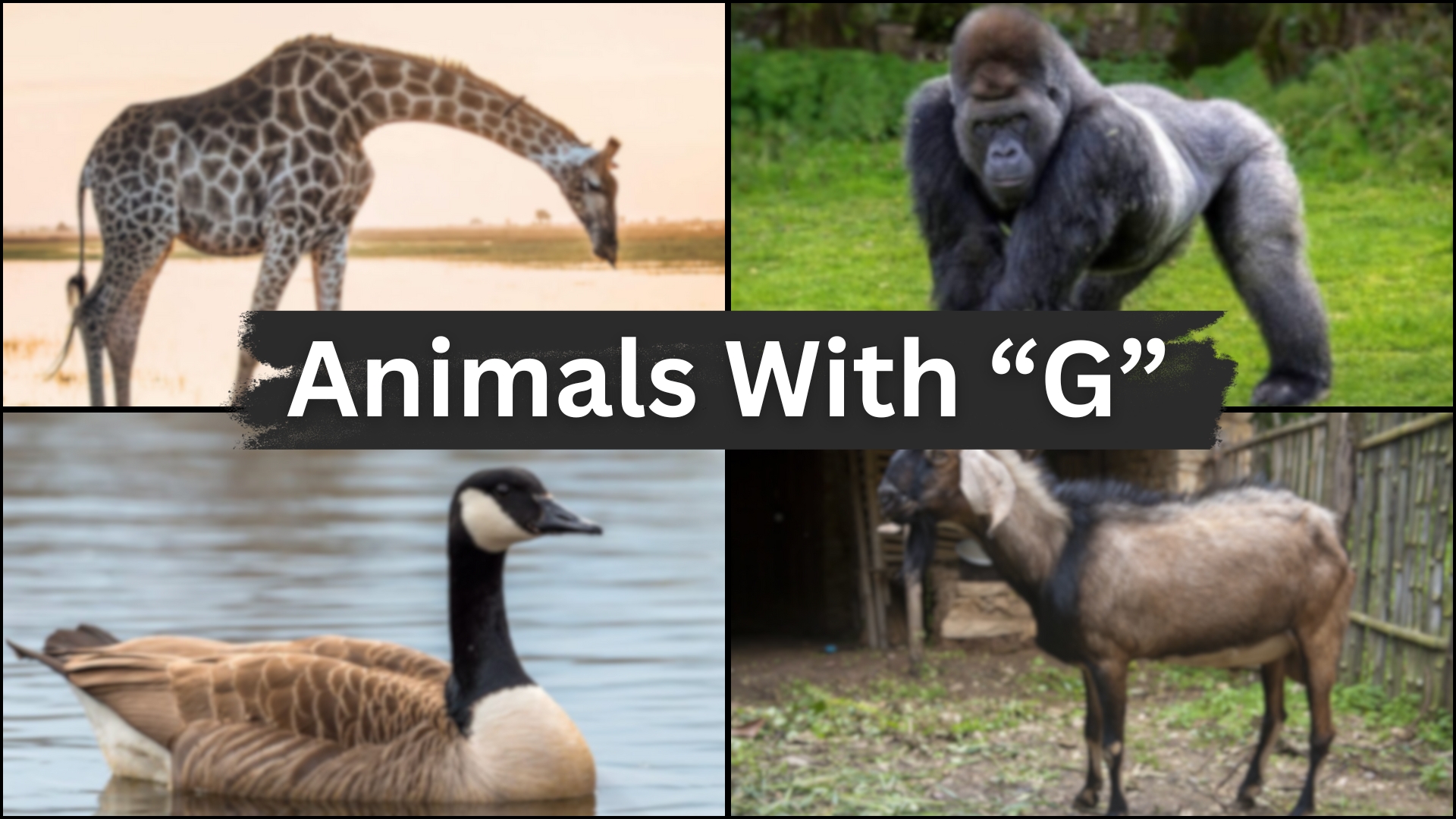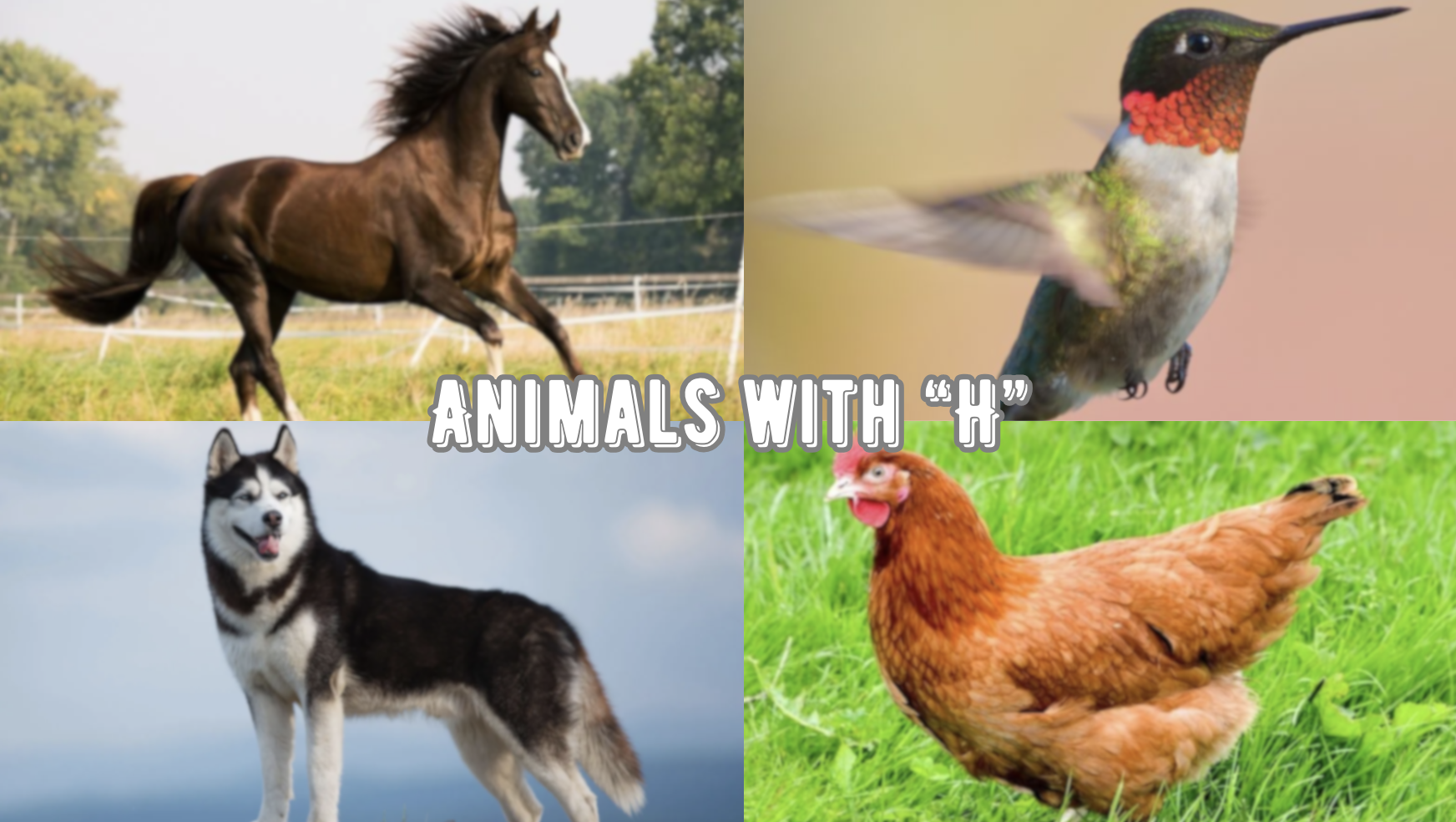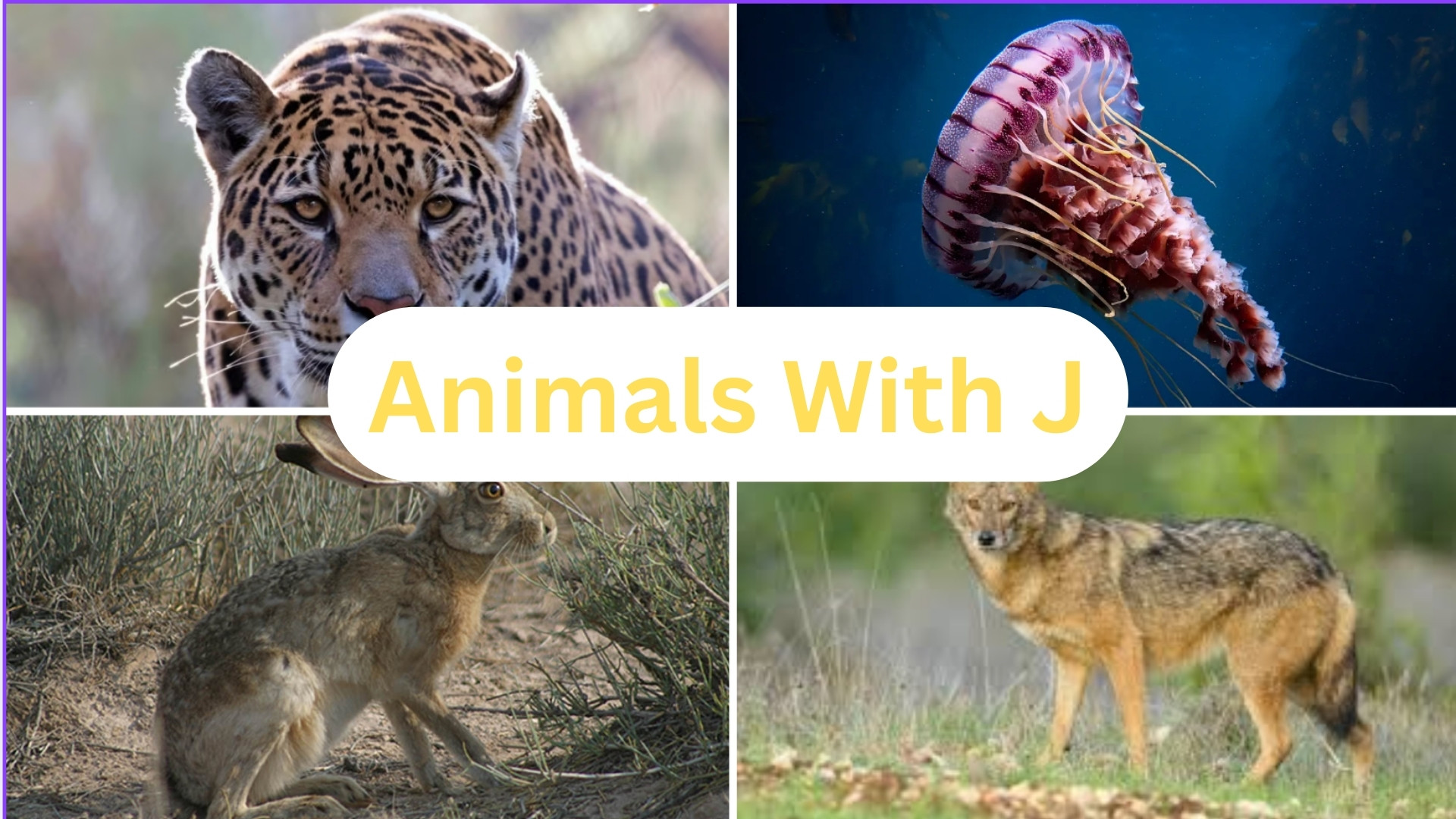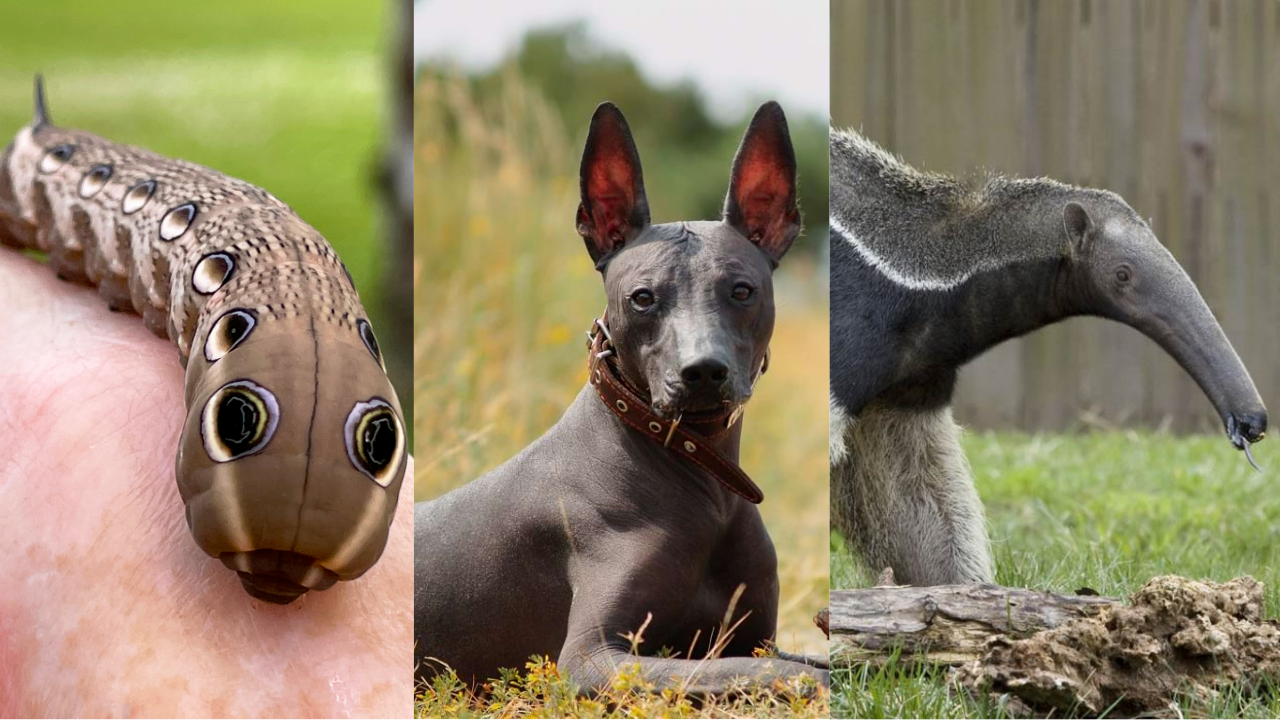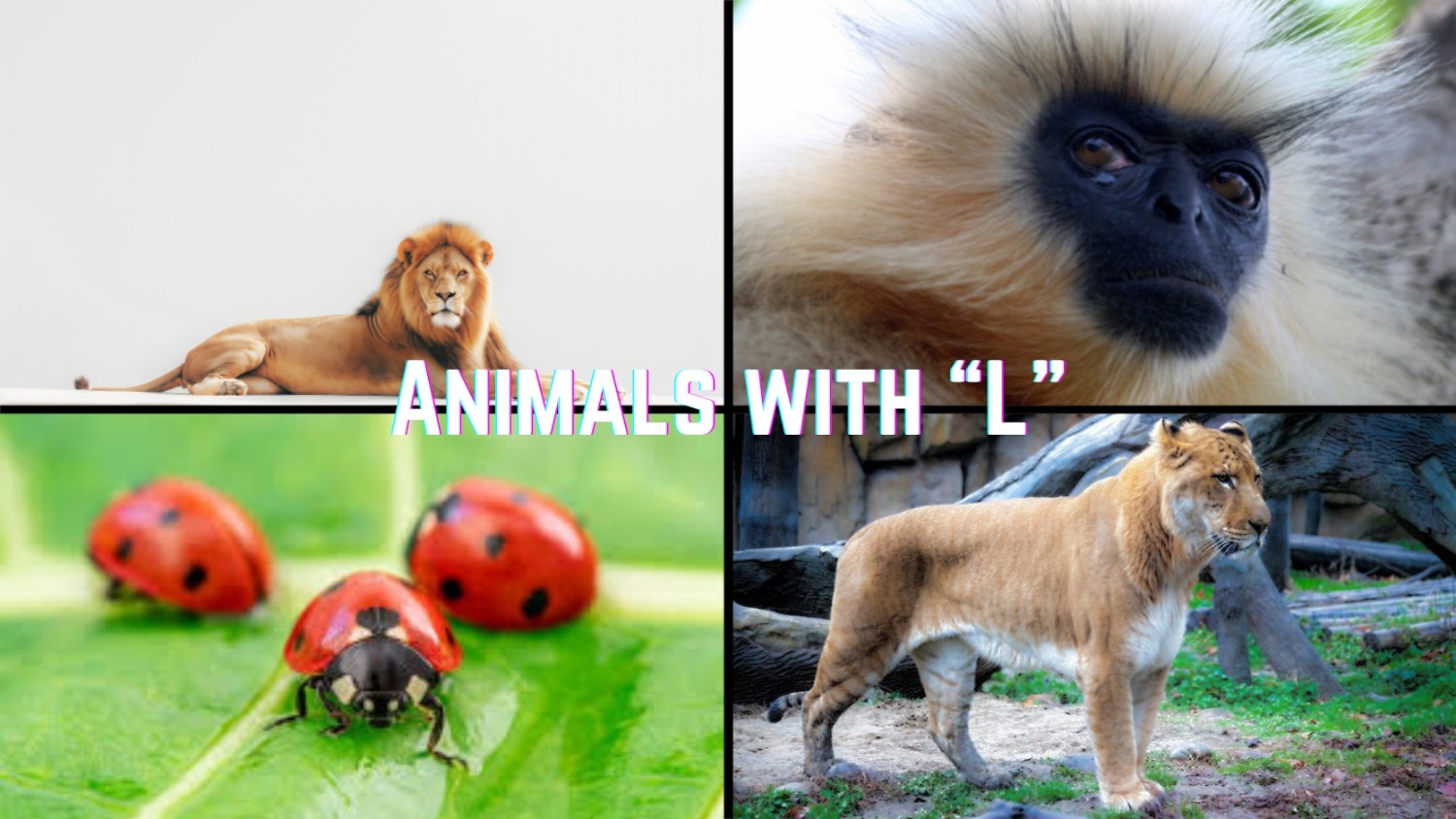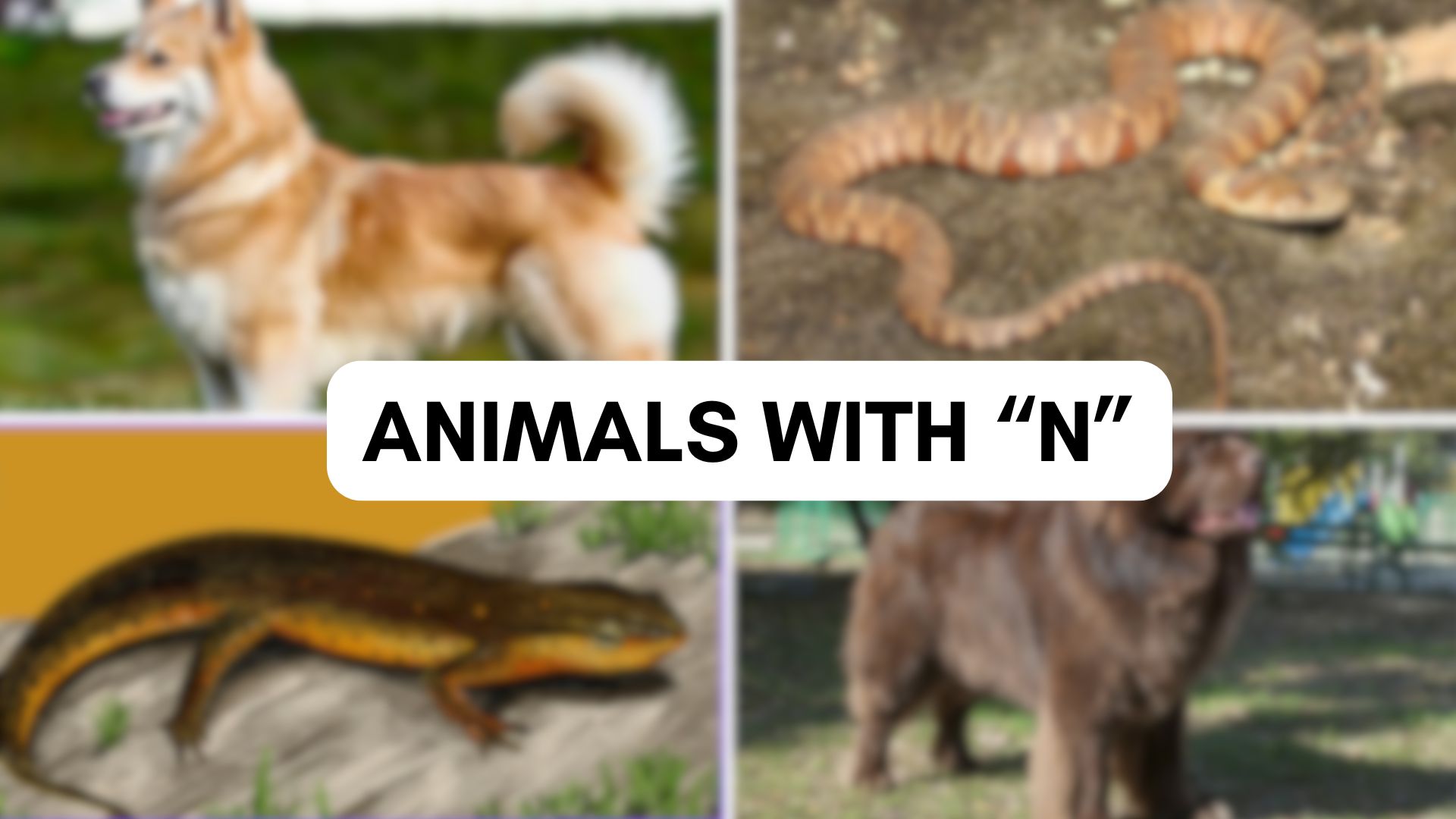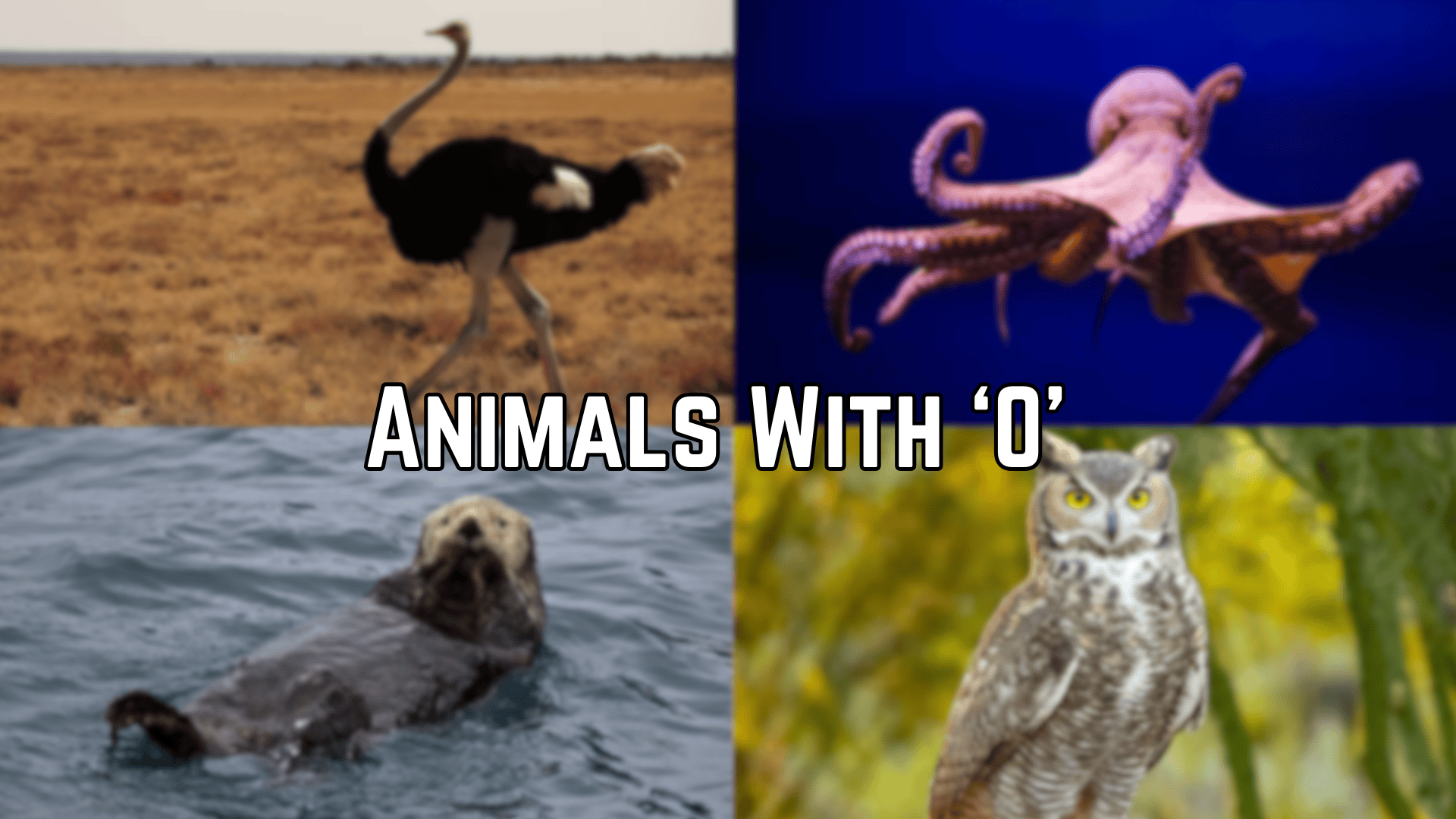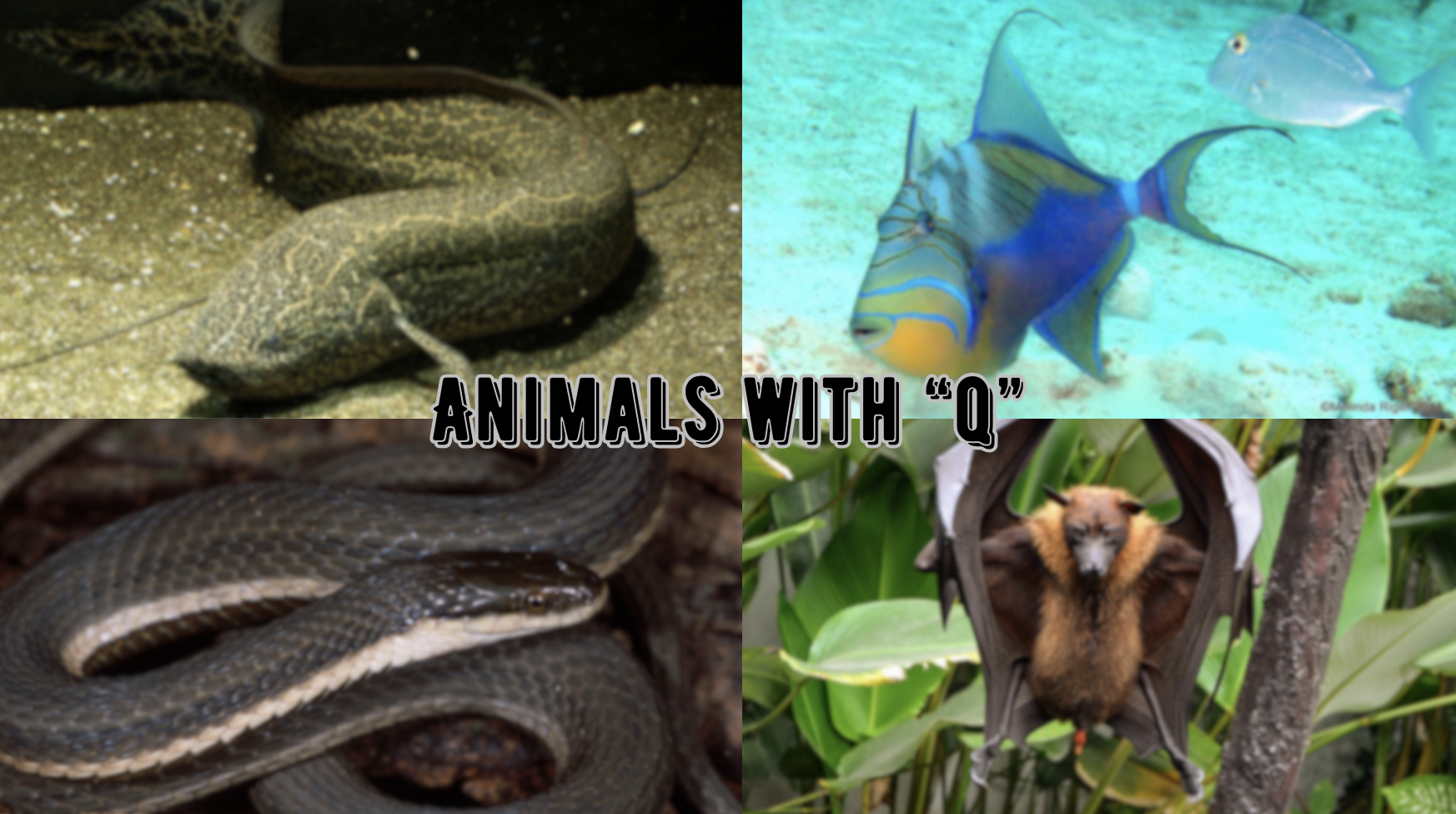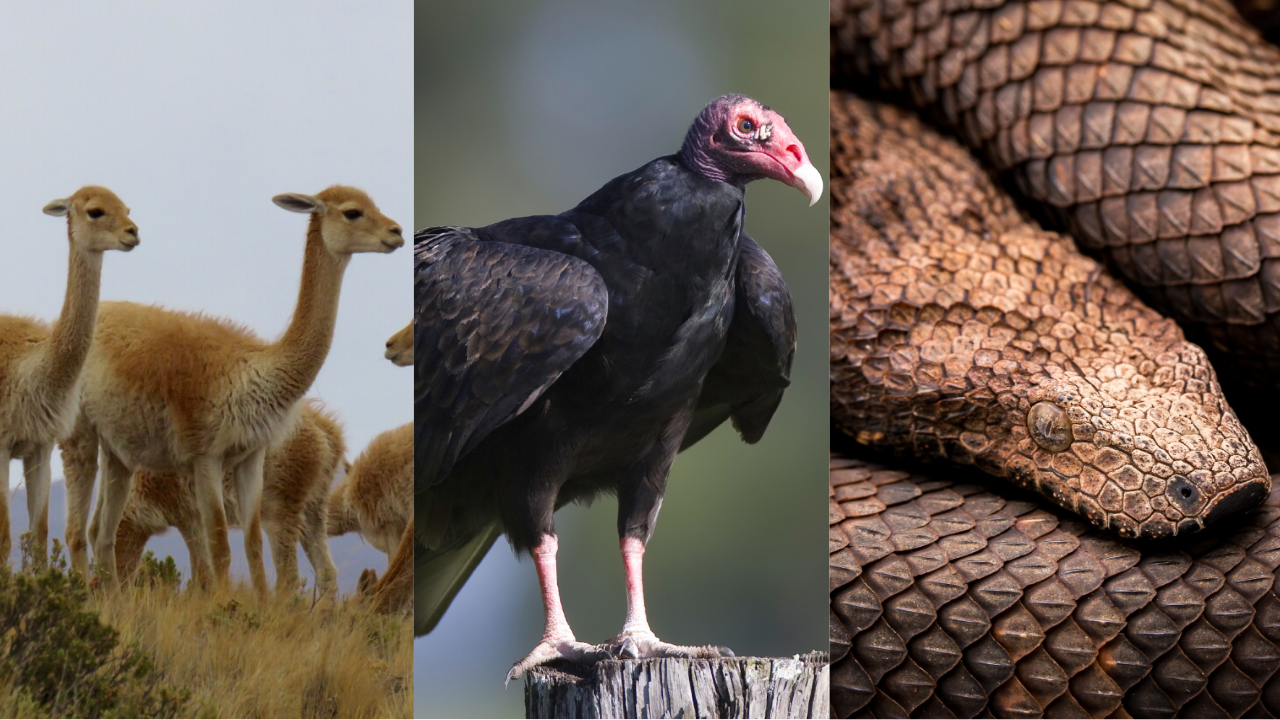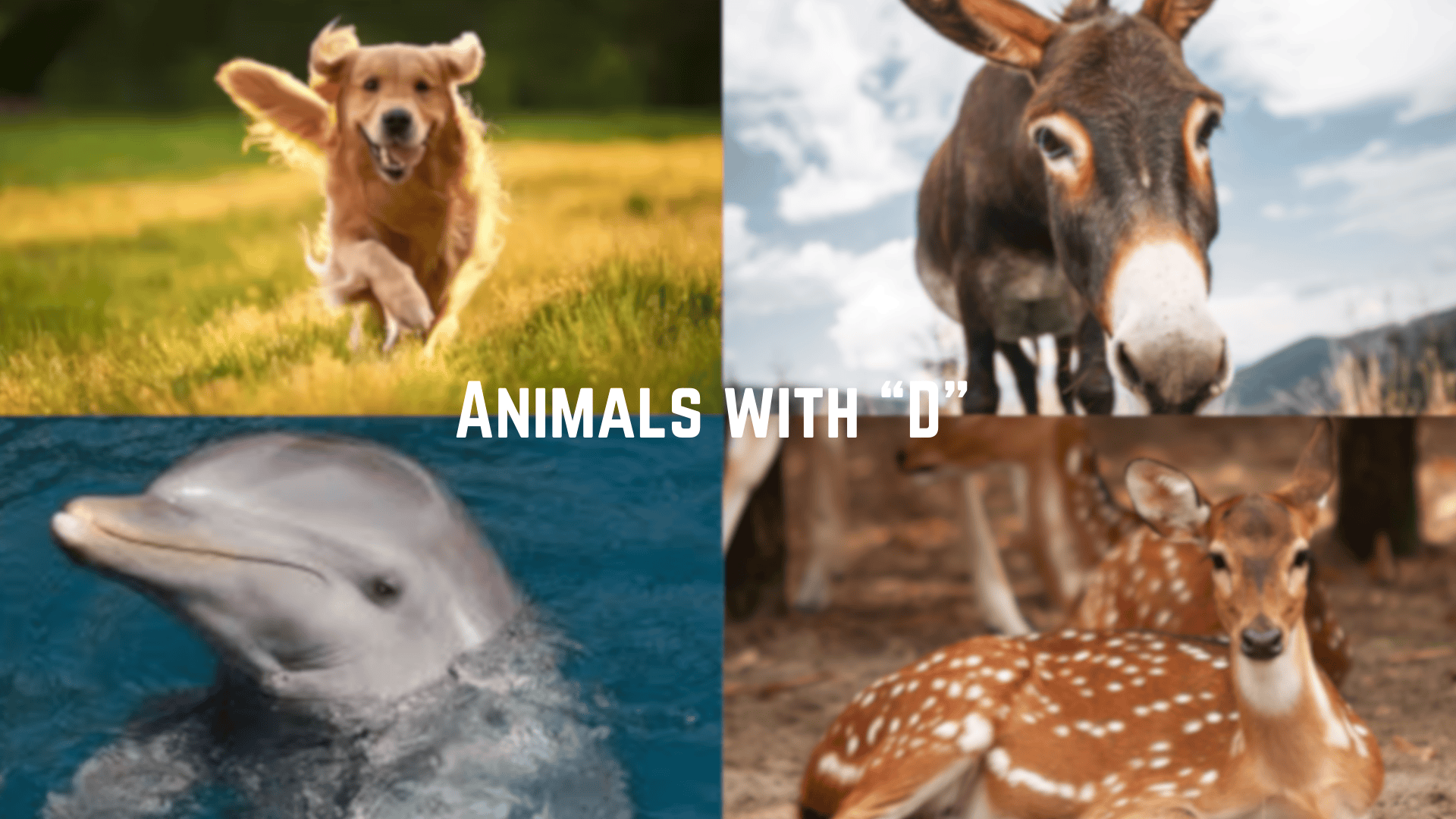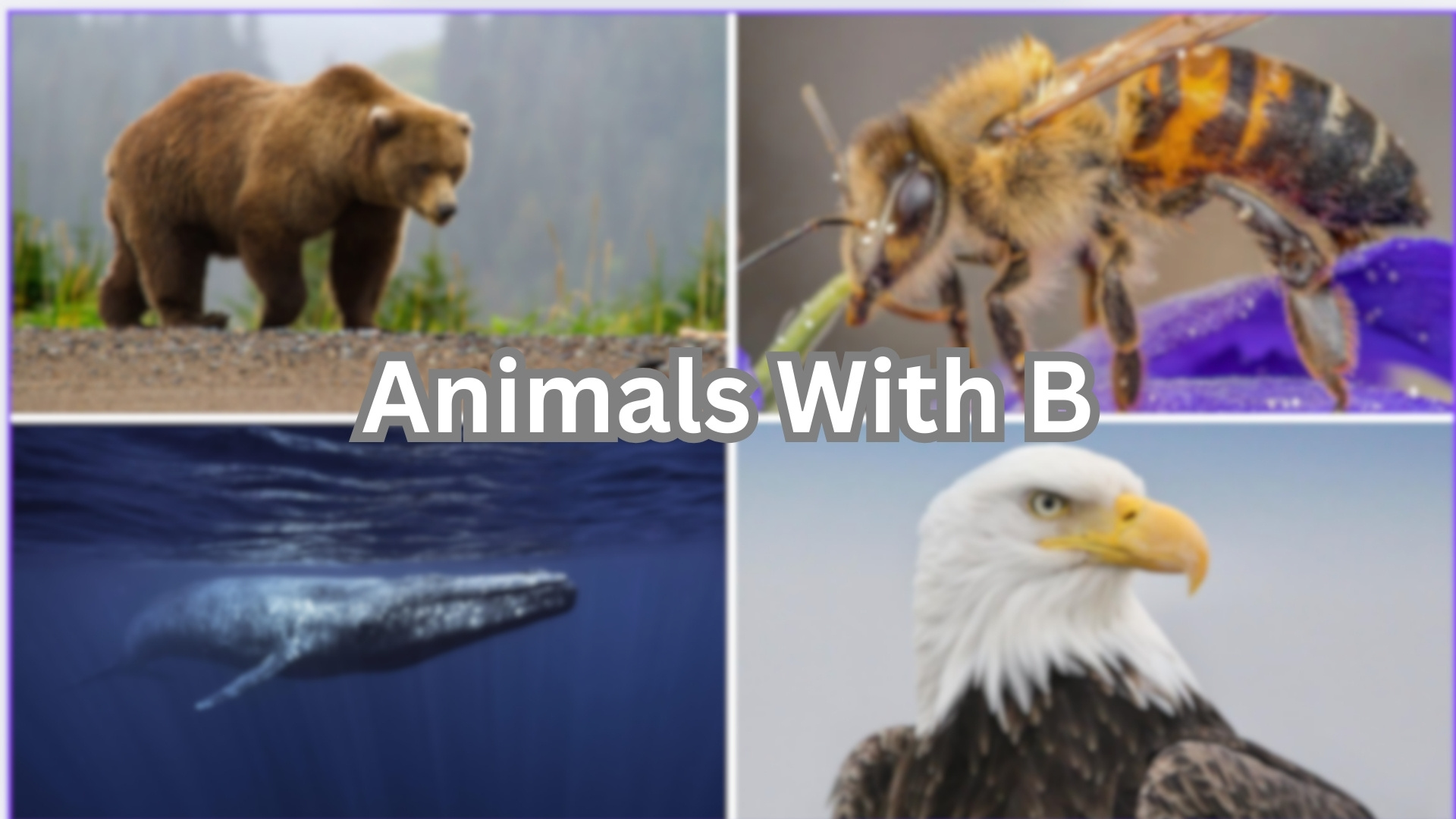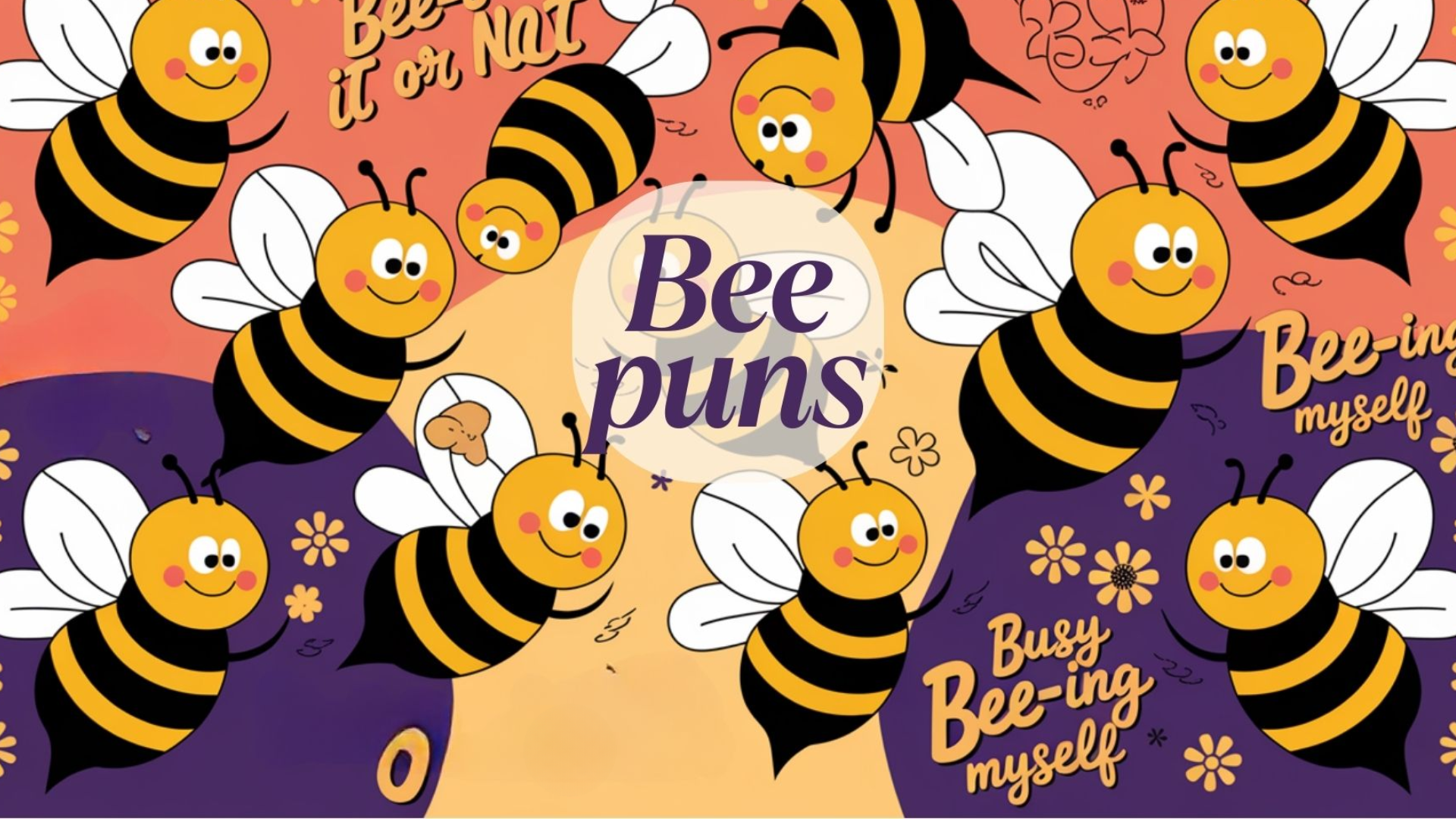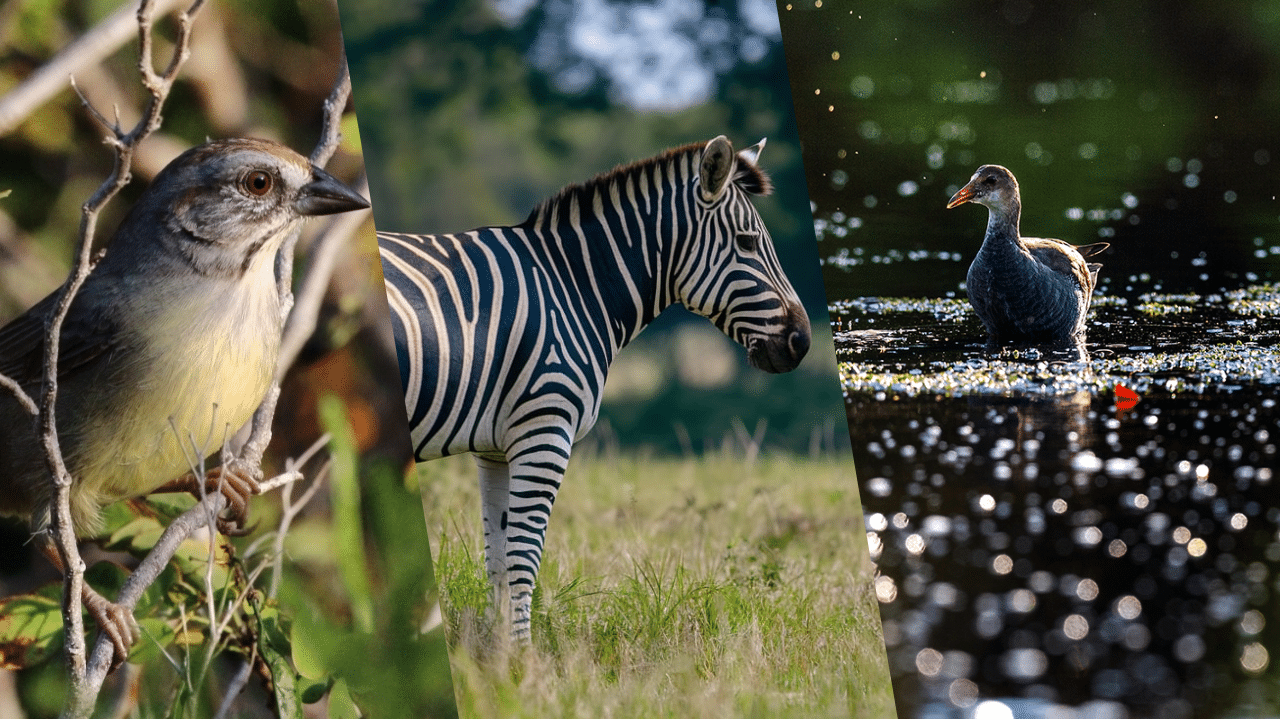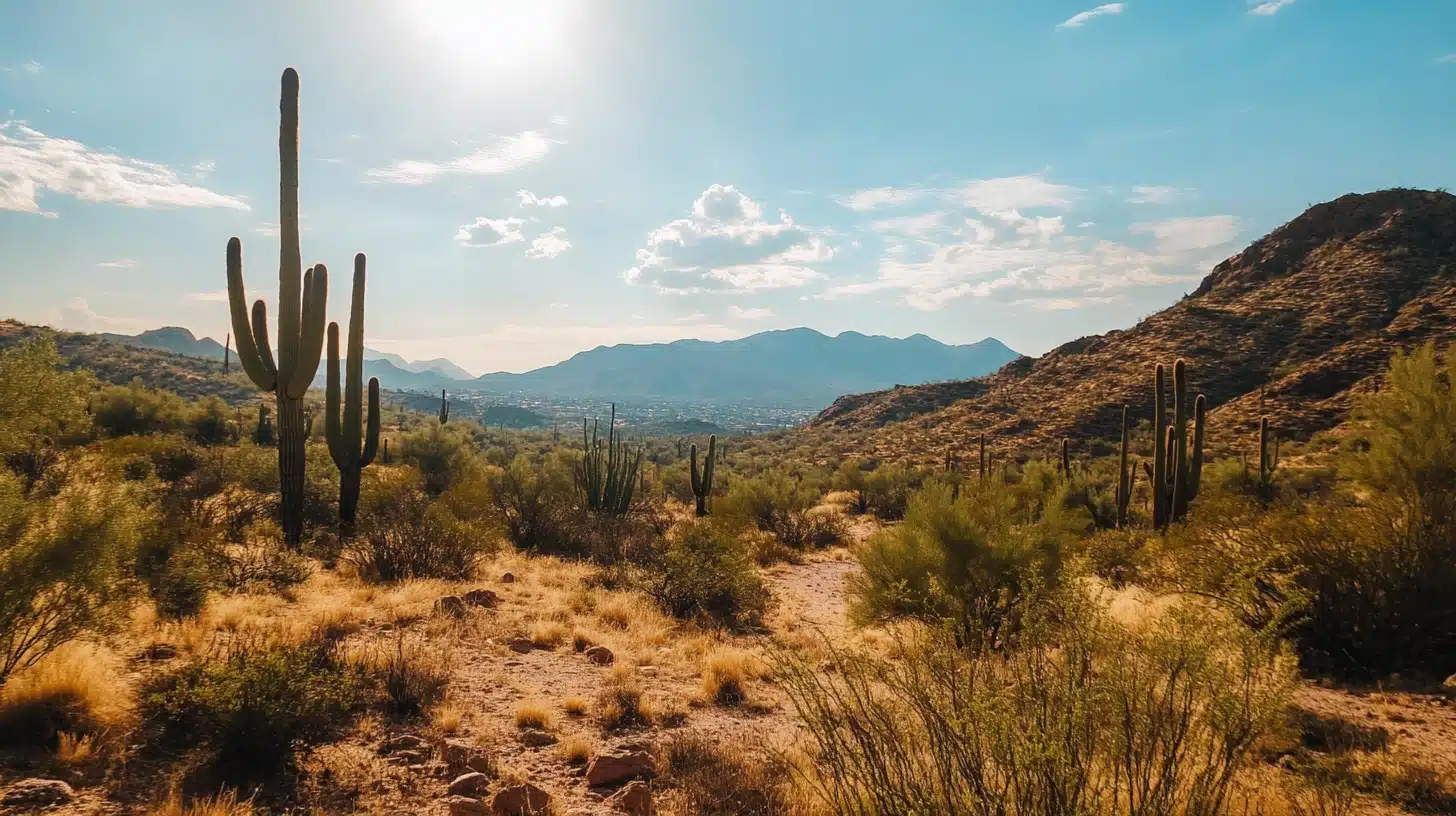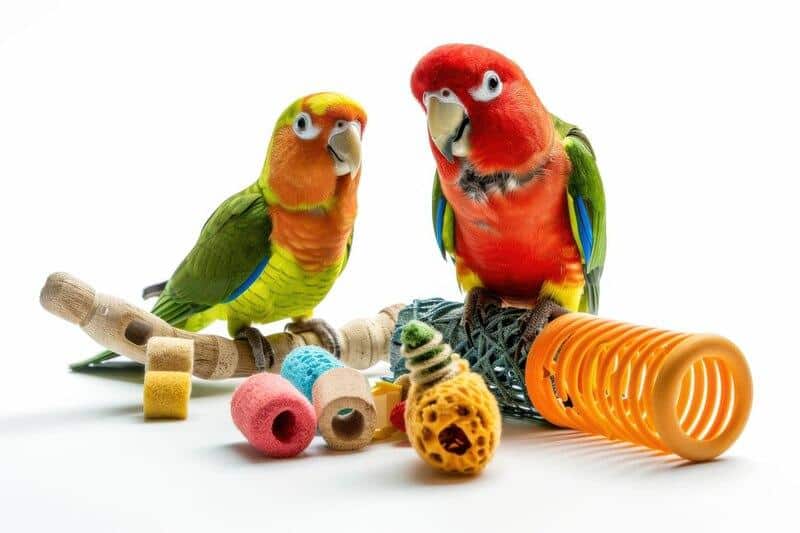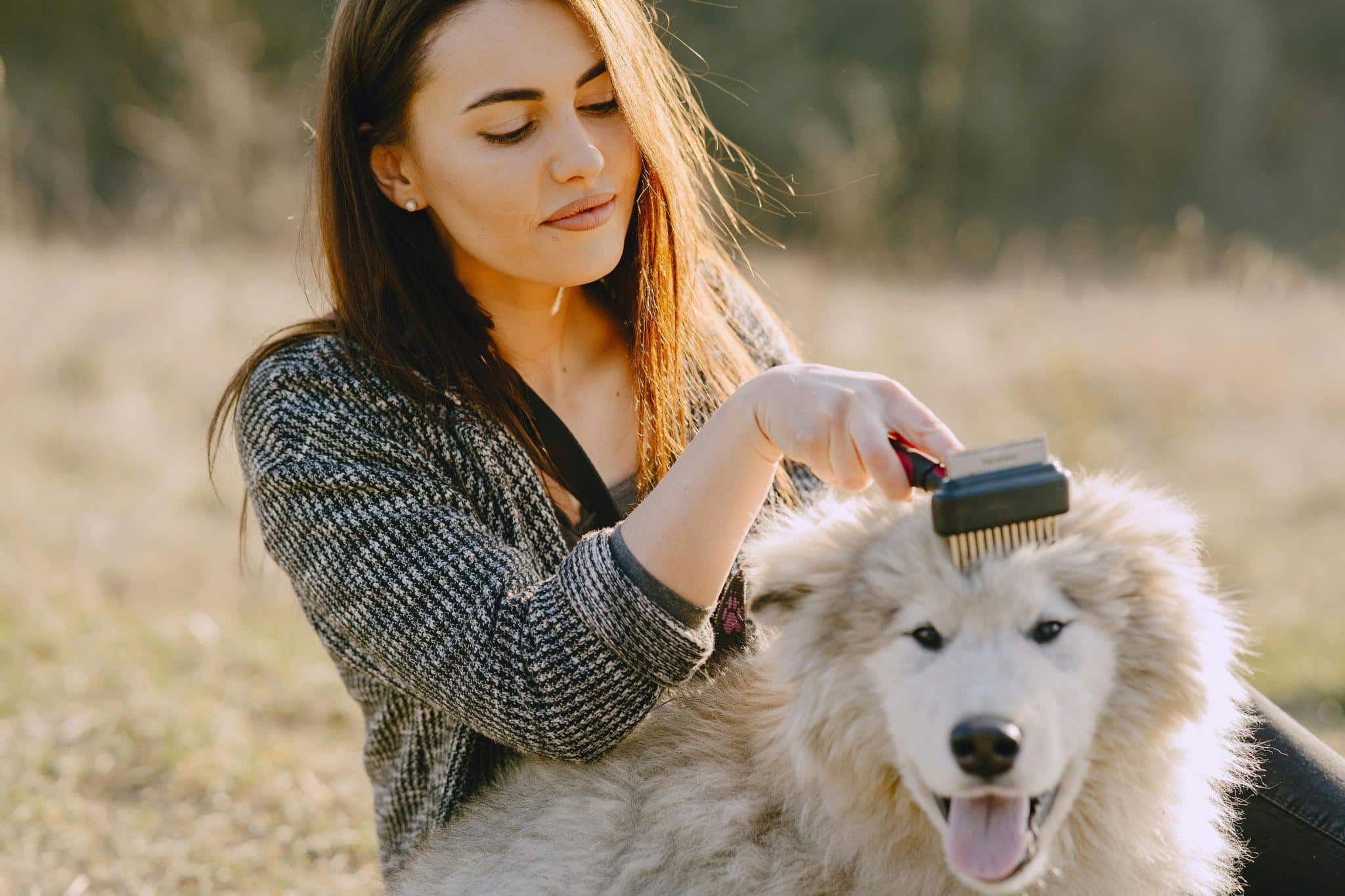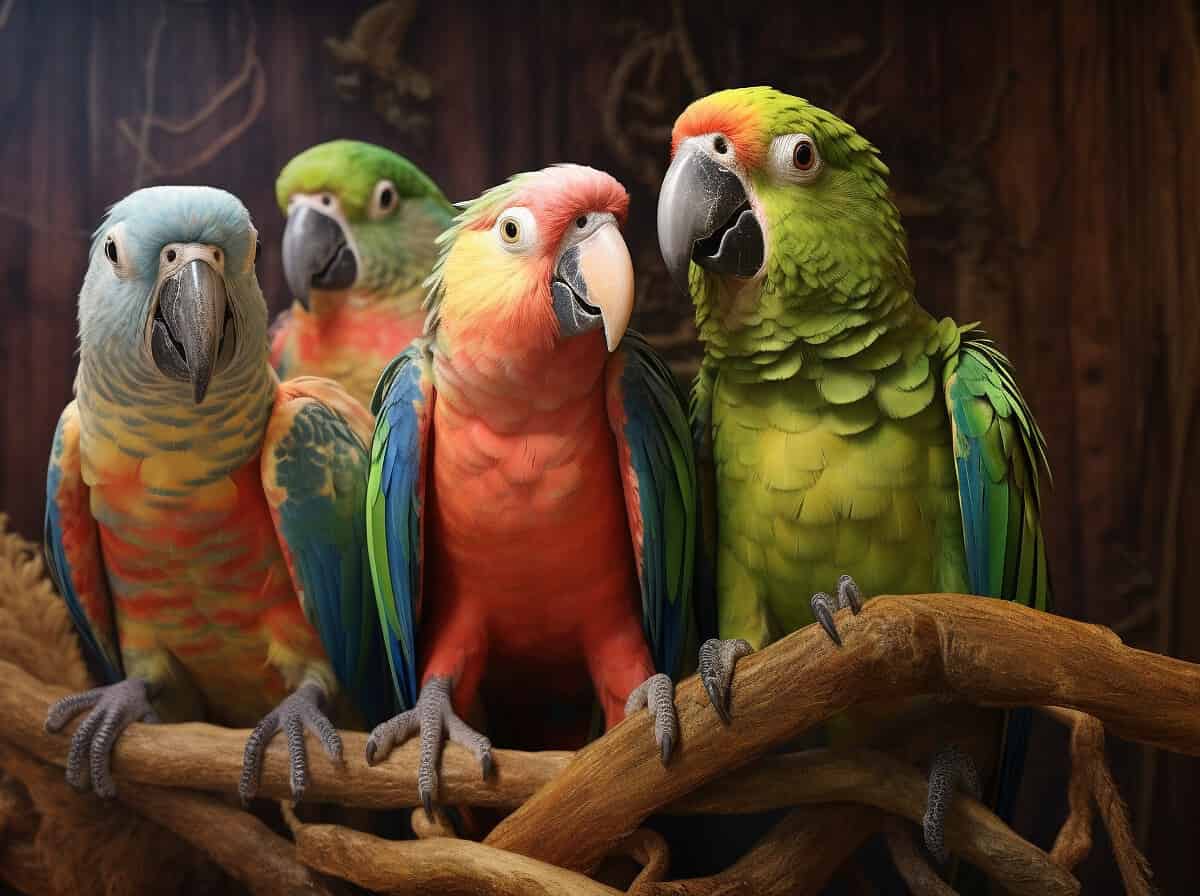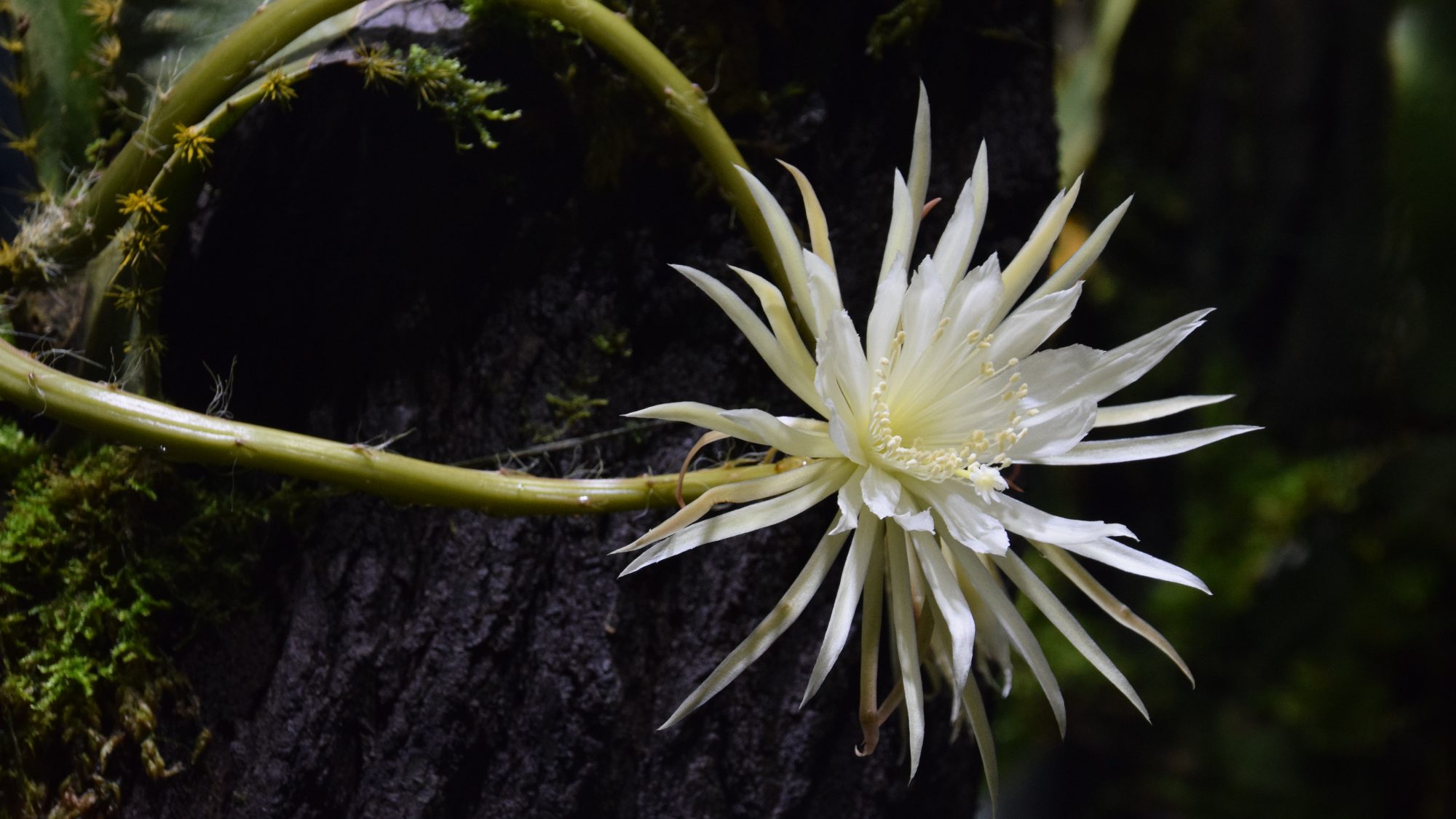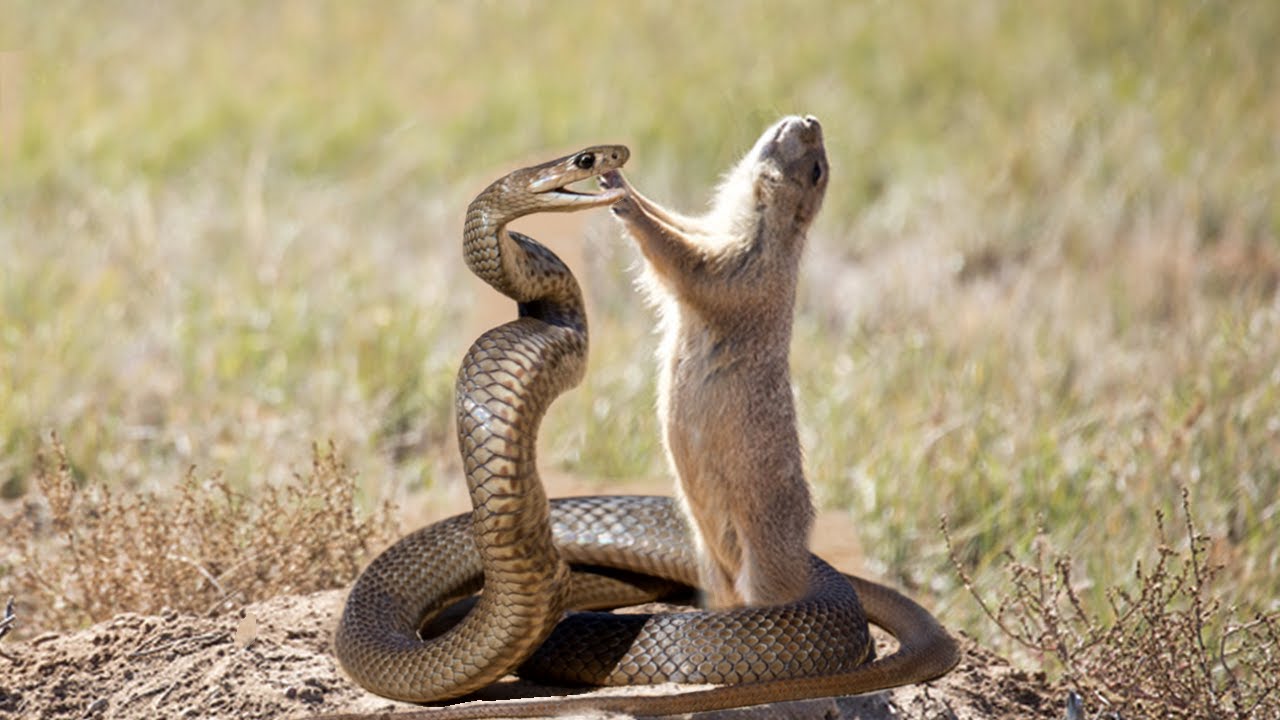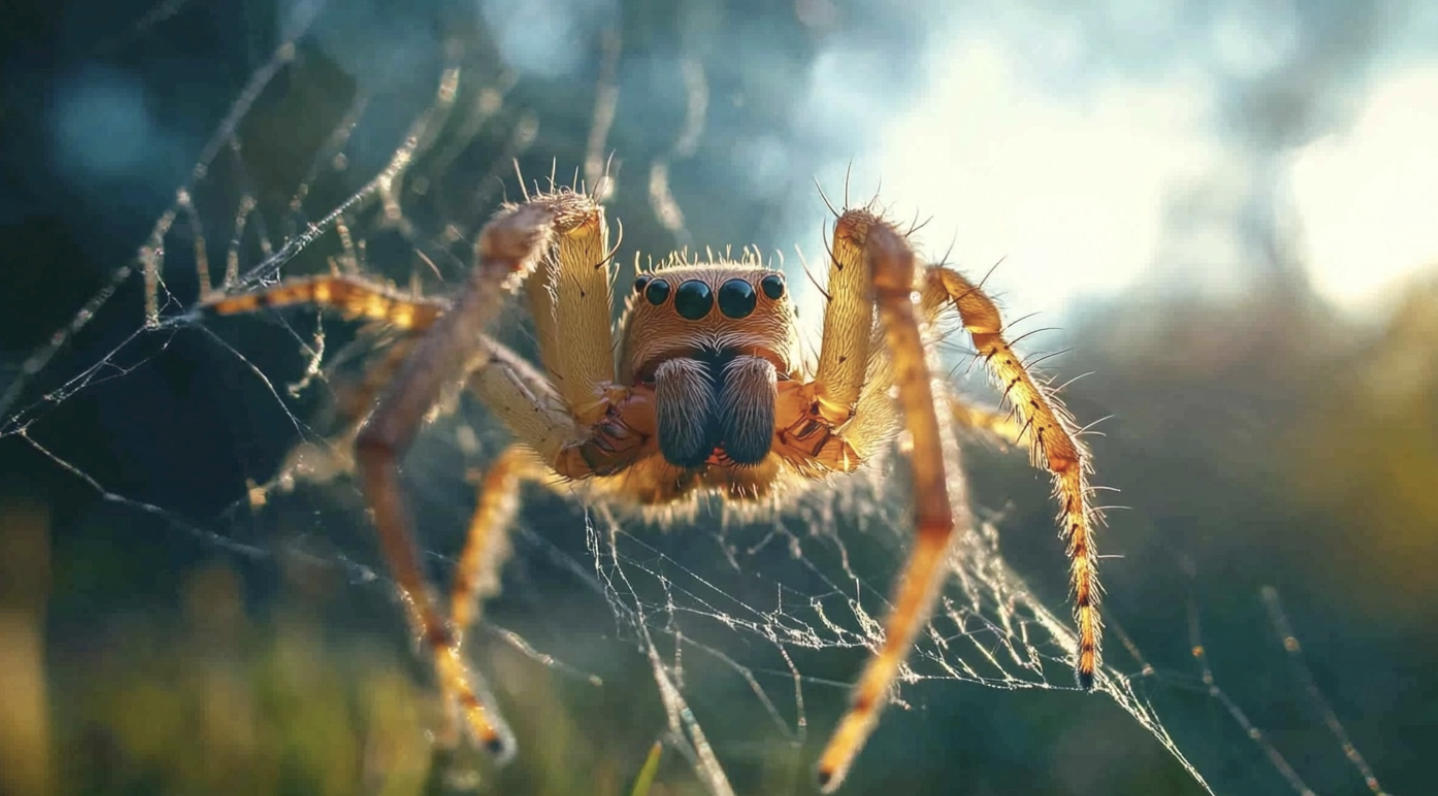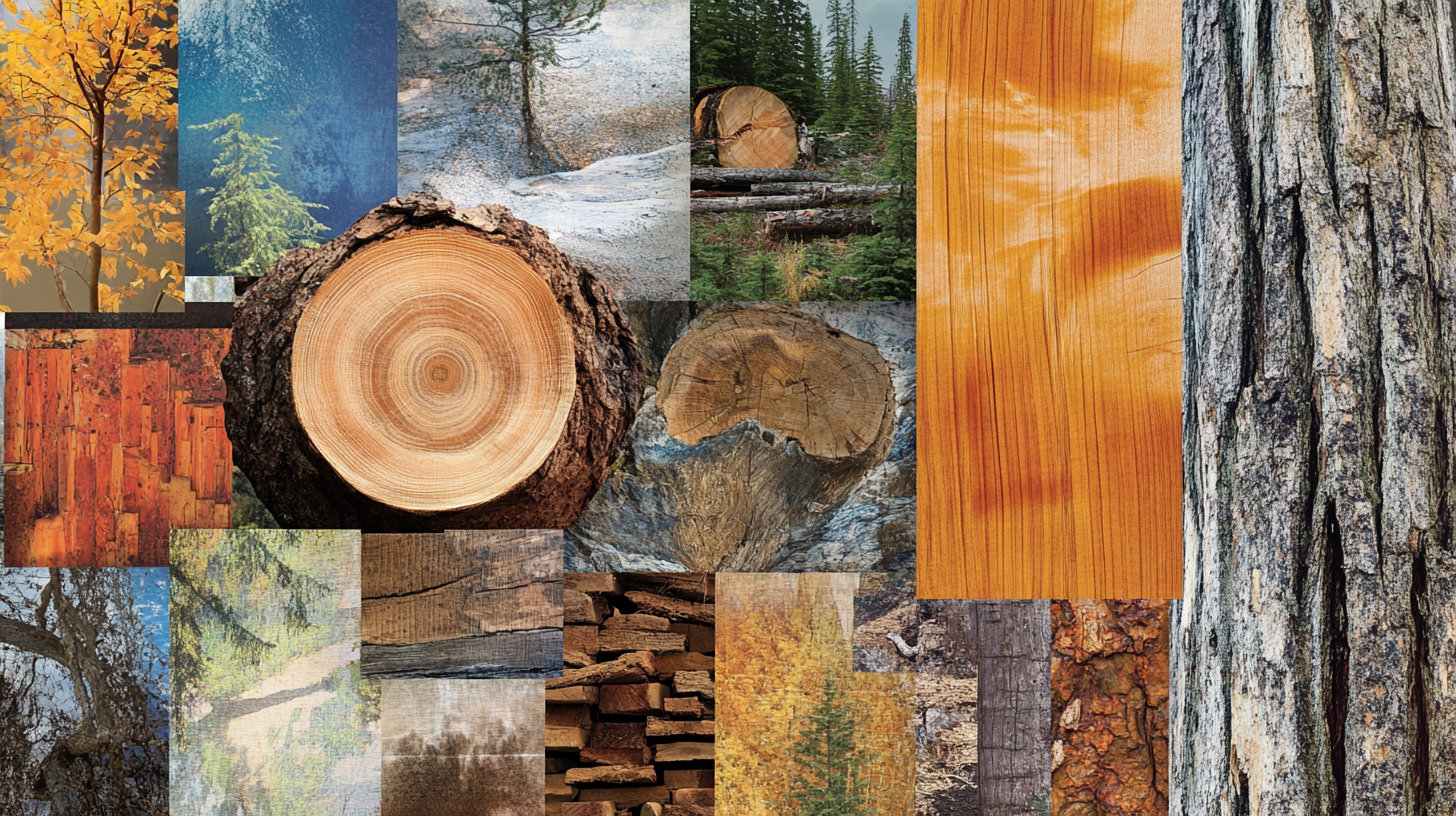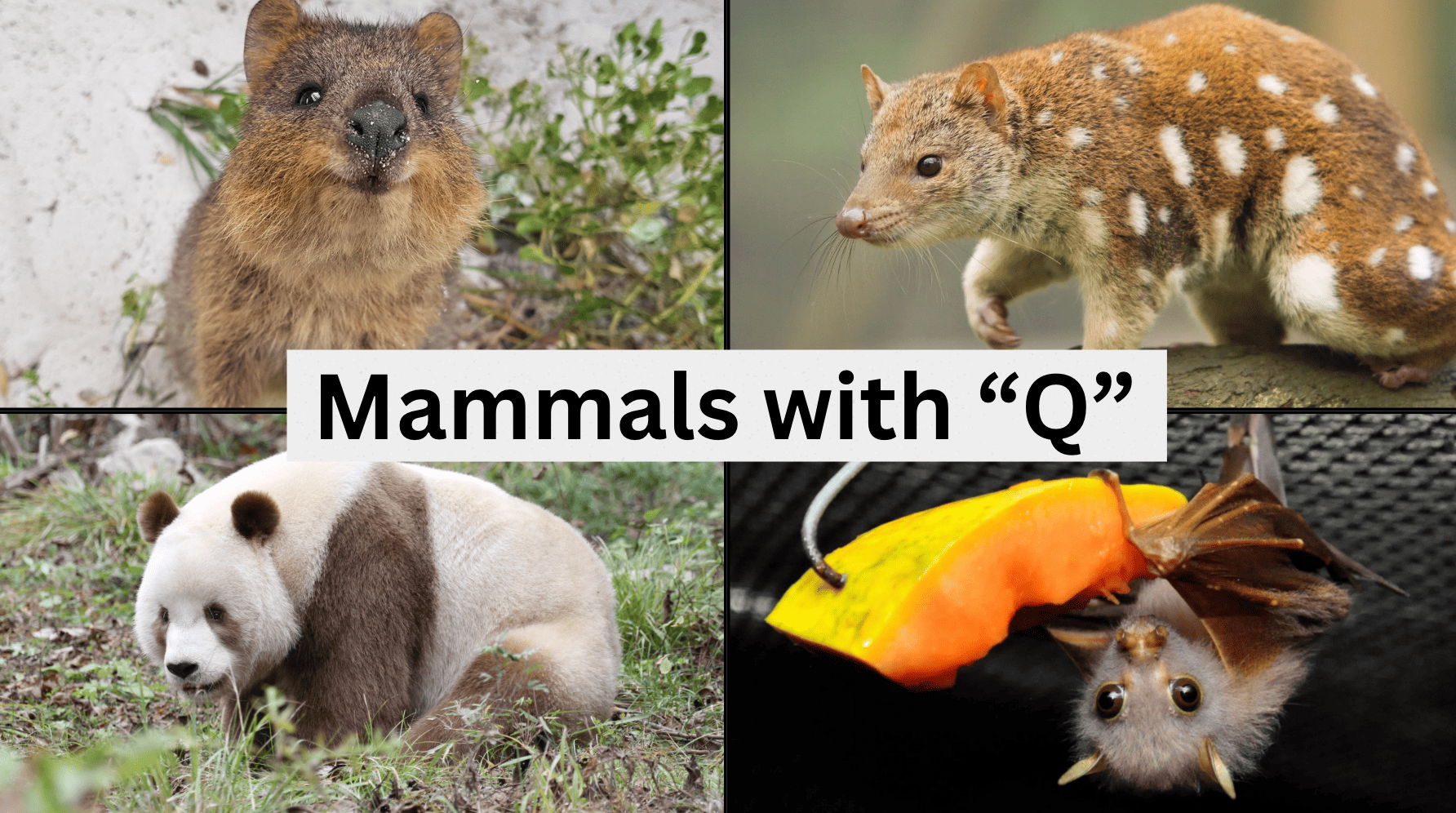
The world of mammals with Q and other rare creatures showcases nature’s incredible diversity.
From the smiling Quokka to the extinct Quagga, these remarkable animals represent both the marvels and vulnerability of Earth’s ecosystems.
The Queensland Tube-nosed Bat with its distinctive nose and the rare Qinling Panda with its unique brown coloration reveal specialized traits developed for survival.
Some, like the Quechuan Hocicudo, exist in extreme environments, while others, like the Queen of Sheba’s Gazelle, have sadly vanished.
These exceptional species invite readers to appreciate wildlife treasures that highlight the importance of conservation efforts worldwide.
1. Quokka
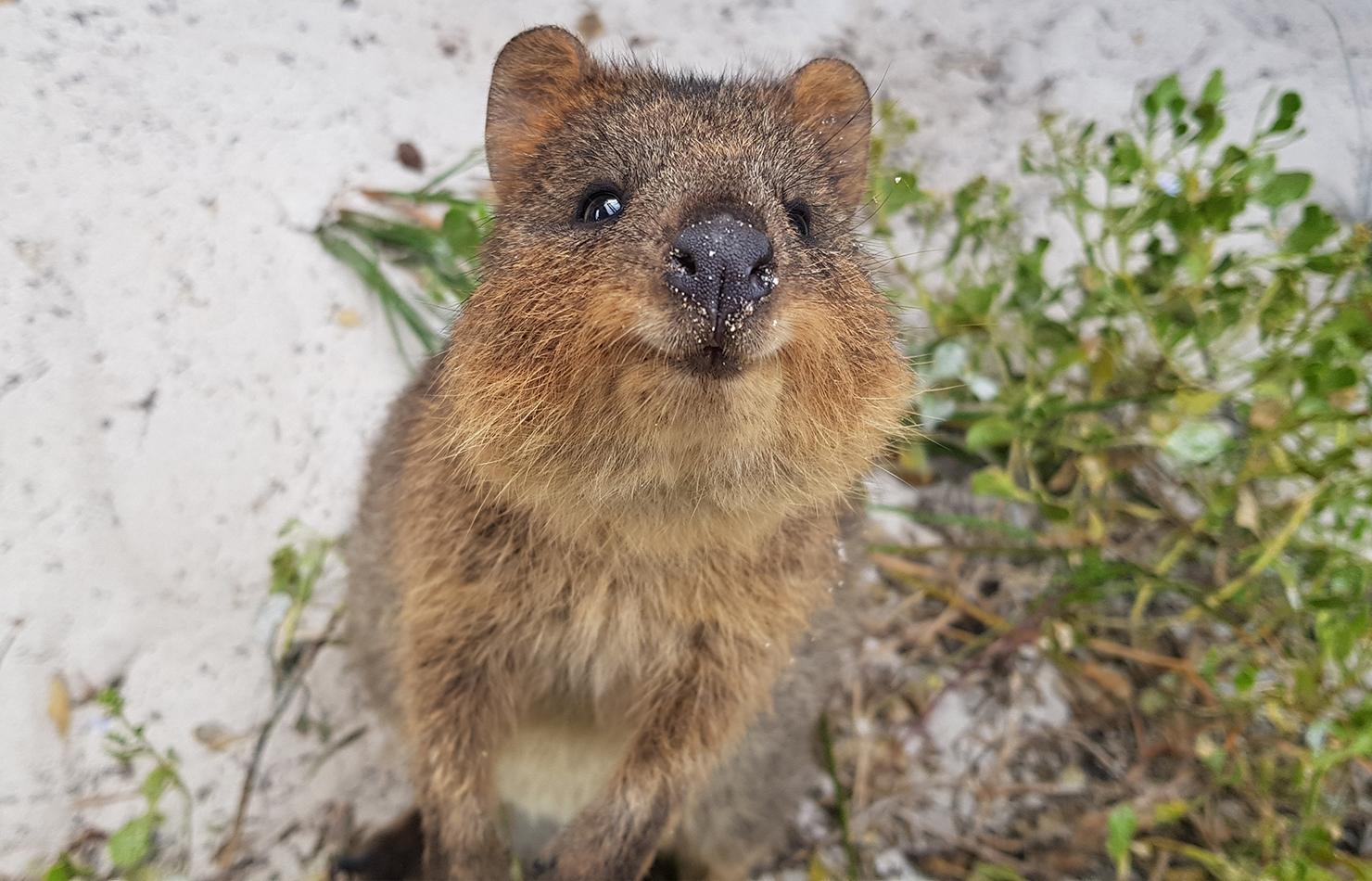
The quokka is a small marsupial native to Australia. Due to its seemingly smiling facial expression, it is famously known as the “world’s happiest animal.” About the size of a domestic cat, quokkas have a stocky build, rounded ears, and a short, sparsely haired tail.
Their coarse gray-brown fur provides excellent camouflage in their scrubby habitat. Despite their cheerful appearance, quokkas face significant conservation challenges.
Quokkas have limited natural predators on Rottnest Island, their primary sanctuary, but introduced species on the mainland have dramatically reduced their population. Although primarily nocturnal, they can be active during the day, especially in protected areas where human interactions are common.
They have adapted remarkably well to human presence, showing little fear and often approaching visitors, which has contributed to their social media fame and tourist appeal.
- Region of Habitat: Southwestern Australia, primarily Rottnest Island and Bald Island
- Scientific Name: Setonix brachyurus
- Cultural & Mythological Significance: Considered a symbol of happiness in modern culture; named “quokka” by Aboriginal Nyungar people.
- Feeding Habits: Herbivorous, consuming grasses, sedges, and leaves; can survive long periods without fresh water.
- What Sound They Make: Soft chirping sounds and quiet grunts when communicating with each other
Fun Facts
- Quokkas have become social media sensations due to “quokka selfies” taken by tourists.
- Female quokkas can pause their pregnancy during harsh environmental conditions.
- Despite their friendly appearance, they can bite and scratch if threatened.
- A quokka’s lifespan is approximately 10 years in the wild.
2. Quoll
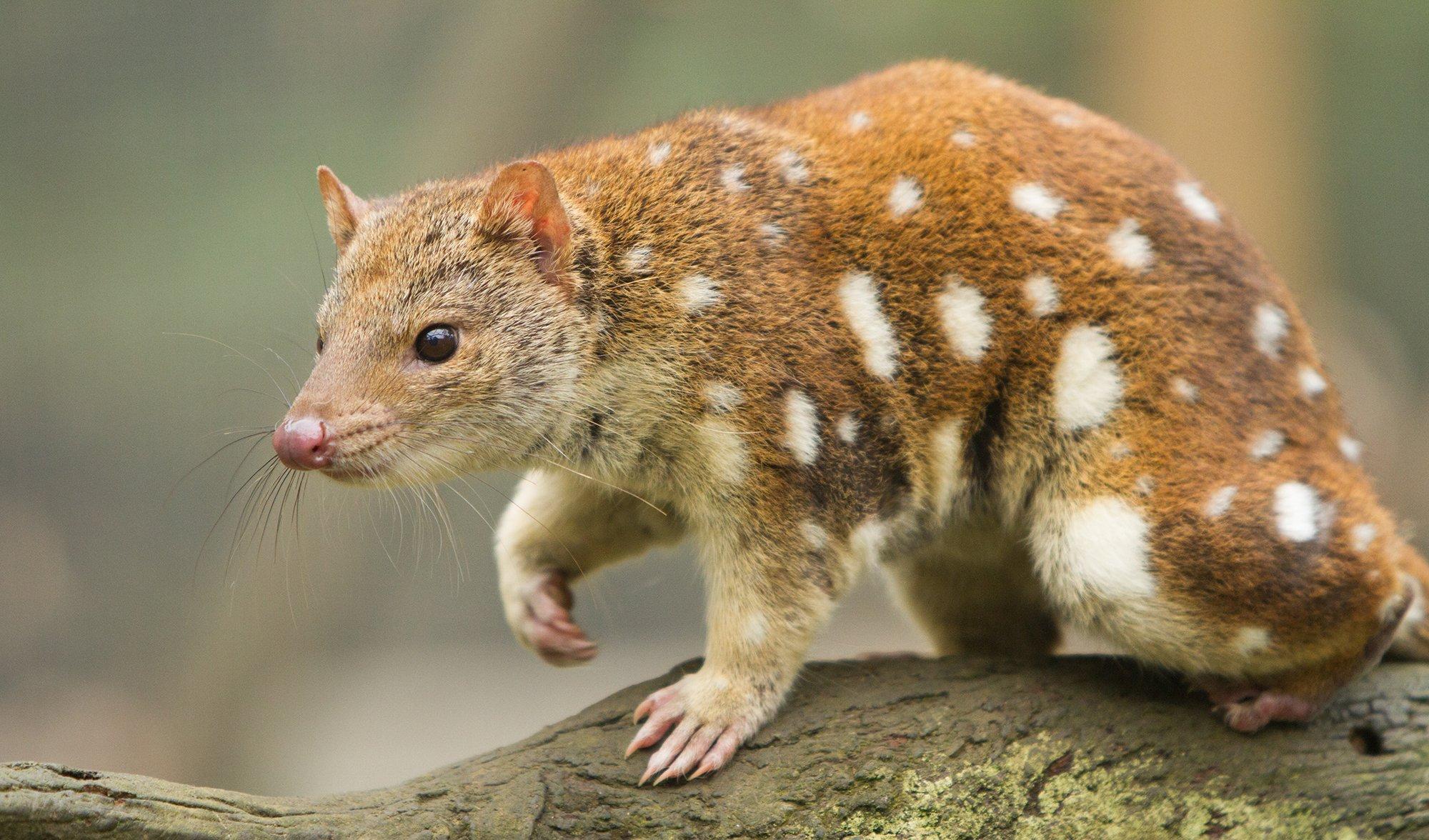
The quoll is a carnivorous marsupial native to Australia and New Guinea, characterized by its distinctive spotted coat, which resembles a combination of a cat and a ferret.
These adaptable predators come in six different species, varying in size from a small house cat to a medium-sized dog. Quolls possess sharp teeth, strong jaws, and non-retractable claws that make them formidable hunters despite their relatively small stature.
Their coats range from light brown to black and are adorned with striking white spots that extend from their back to their partially spotted tail. Quolls are primarily nocturnal, with large eyes adapted for night vision and an exceptional sense of smell that helps them locate prey.
Unfortunately, all six species have experienced significant population declines since the European colonization of Australia, facing threats from habitat loss, introduced predators like foxes and cats, and poisoning from consuming toxic cane toads.
- Region of Habitat: Australia and New Guinea; different species inhabit different regions, from tropical rainforests to alpine areas.
- Scientific Name: Dasyurus species (six different species)
- Cultural & Mythological Significance: Featured in Aboriginal Dreamtime stories; considered spirit animals by some indigenous groups.
- Feeding Habits: Carnivorous, hunting insects, small mammals, birds, reptiles, and occasionally scavenging larger carcasses.
- What Sound They Make: Harsh screeches and hisses when threatened; softer chattering sounds among family groups.
Fun Facts
- The Eastern Quoll can consume up to 40% of its body weight in a single night.
- Unlike most marsupials, male quolls often die after their first mating season due to the extreme stress of competition.
- Some quolls have learned to avoid poisonous cane toads through taste aversion conditioning in conservation programs.
- They have incredibly strong bite force relative to their size.
3. Quagga
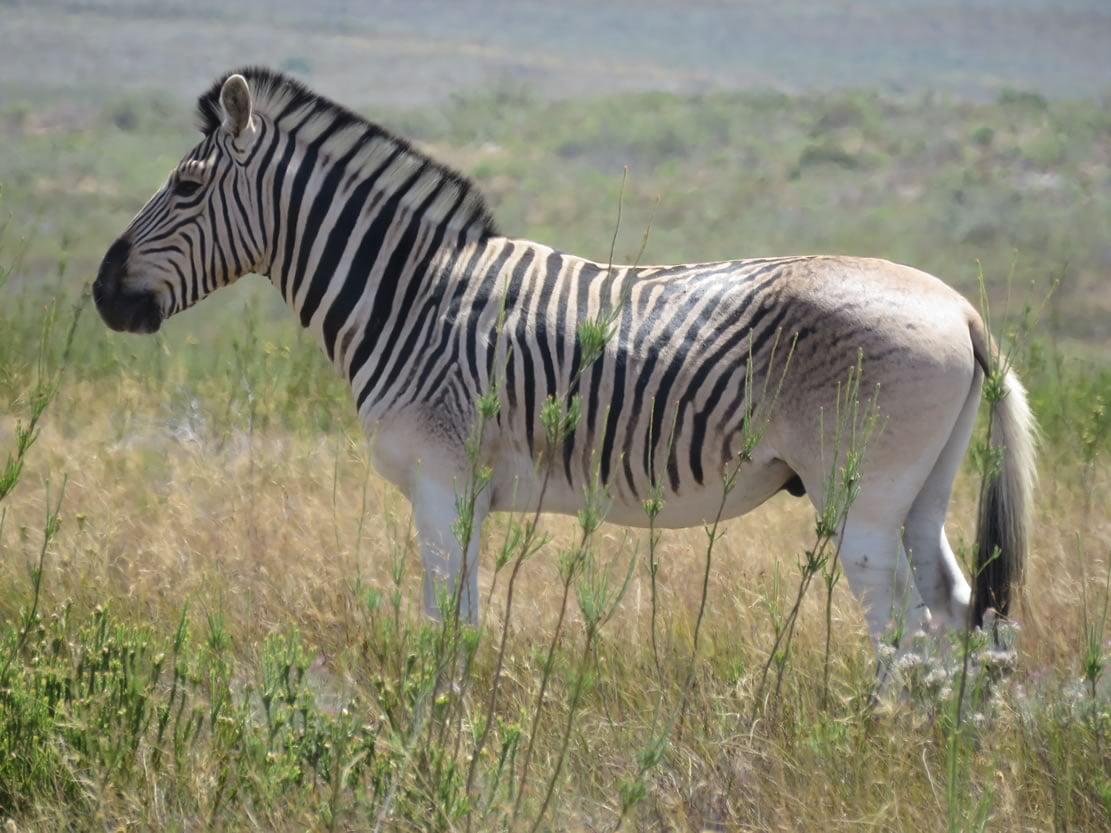
The quagga was a unique subspecies of plains zebra that once roamed the grasslands of South Africa until its extinction in the late 19th century.
Distinguished by its unusual coloration, the quagga had typical zebra stripes on its head, neck, and front portion of its body, which gradually faded to a solid brownish color on its rear parts and legs. This distinctive pattern made it immediately recognizable among equids.
Standing approximately 4.5 feet tall at the shoulder, the quagga moved in small herds across the South African plains, grazing alongside other wild herbivores. Dutch settlers named it for its unique vocalization, which sounded like “kwa-ha-ha.”
Tragically, European colonization led to extensive hunting of quaggas for their meat and unique hides, while farmers eliminated them to protect grazing land for livestock. The last wild quagga was shot in the late 1870s, and the final captured specimen died at Amsterdam Zoo on August 12, 1883.
- Region of Habitat: Southern plains of South Africa, particularly the Karoo region and Orange Free State
- Scientific Name: Equus quagga quagga
- Cultural & Mythological Significance: Featured in San rock art; significant in South African natural heritage; symbol of extinction and conservation failure
- Feeding Habits: Herbivorous, primarily grazing on grasses and occasionally browsing on shrubs
- What Sound They Make: Distinctive barking sound described as “kwa-ha-ha,” different from other zebra calls
Fun Facts
- It was the first extinct animal to have its DNA analyzed.
- The last photograph of a living quagga was taken in 1870 at the London Zoo.
- Only 23 quagga skins exist in museums worldwide.
- It was the first extinct animal to have a preservation society dedicated to it, formed in 1986.
4. Qinling Panda
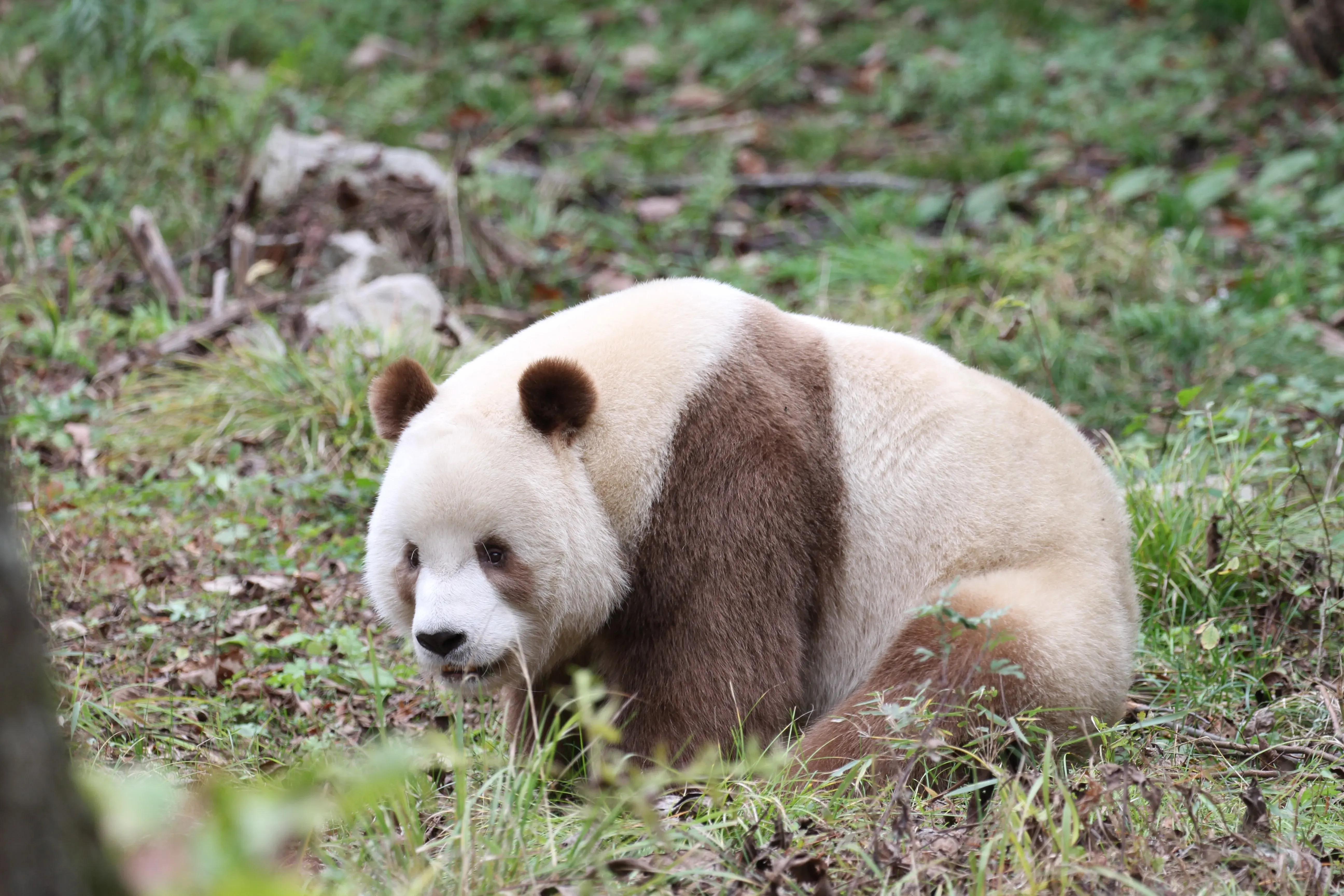
The Qinling panda is a rare subspecies of the giant panda, distinguished by its unique brown and white coloration instead of the typical black and white pattern.
Found officially in the 1960s but not recognized as a subspecies until 2005, these elusive bears inhabit the dense bamboo forests of the Qinling Mountains in Shaanxi Province, China.
Physically smaller than standard giant pandas, they have a more rounded face, smaller skulls, and distinctively brown fur covering their head, neck, and limbs. Their specialized diet consists almost entirely of bamboo, and they consume up to 40 pounds daily despite having a carnivore’s digestive system.
With only about 300 individuals remaining in the wild, the Qinling panda faces significant conservation challenges, including habitat fragmentation, climate change affecting bamboo distribution, and limited genetic diversity due to isolation. Their discovery highlighted how even well-known species can harbor hidden biodiversity.
- Region of Habitat: Qinling Mountains in Shaanxi Province, central China, at heights between 1,300-3,000 meters.
- Scientific Name: Ailuropoda melanoleuca qinlingensis
- Cultural & Mythological Significance: Considered a natural treasure in Chinese culture; symbol of wildlife conservation in the Shaanxi region.
- Feeding Habits: Specialized bamboo diet (99% of intake), primarily Bashania fargesii and Fargesia qinlingensis species.
- What Sound They Make: Gentle bleats, barks, and honking sounds; cubs make high-pitched cries when distressed.
Fun Facts
- Qinling pandas have a slightly different genetic makeup, with 21 distinct genetic markers compared to other giant pandas.
- They have smaller molars adapted to the specific bamboo species in their region.
- They can withstand colder temperatures than other panda subspecies.
- A Qinling panda can determine a female’s reproductive status through specialized scent detection up to a mile away.
5. Quechuan Hocicudo
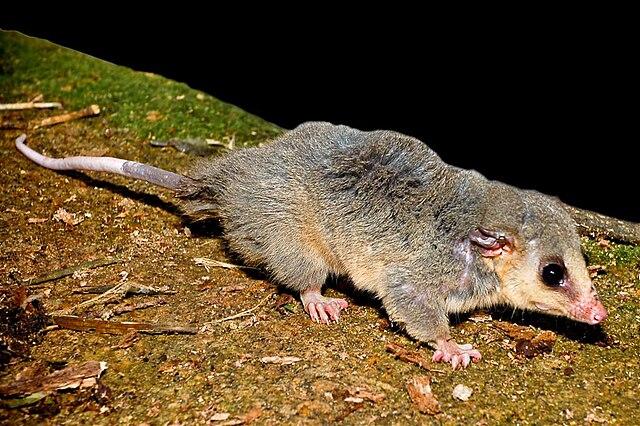
The Quechuan Hocicudo, also known as the Andean Long-Nosed Mouse, is a rare rodent species native to the high-altitude ecosystems of the Andes Mountains in South America.
This remarkable small mammal has adapted superbly to the harsh conditions of its mountain habitat, developing specialized physiological traits to survive where oxygen levels are significantly lower than at sea level.
This rodent is characterized by its distinctively long nose (which gives it the Spanish name “hocicudo,” meaning “long-snouted”), large ears, and thick, brownish-gray fur that provides insulation against the cold Andean nights. It typically weighs between 30 and 45 grams.
The Quechuan Hocicudo is primarily crepuscular, being most active during dawn and dusk when temperatures are moderate. Its long nose houses an exceptional olfactory system that allows it to detect seeds, insects, and plant materials beneath snow or soil.
Despite its remarkable adaptations, the species faces threats from habitat loss due to mining activities, climate change affecting high-altitude ecosystems, and predation from introduced species.
- Region of Habitat: High Andean ecosystems of Peru, Bolivia, Chile, and Argentina at elevations between 3,000-5,000 meters.
- Scientific Name: Oxymycterus andinus quechuarum
- Cultural & Mythological Significance: Considered a messenger of Pachamama (Earth Mother) in some indigenous Quechua communities; featured in local folklore as a bearer of agricultural fortunes.
- Feeding Habits: Omnivorous, consuming seeds, insects, larvae, and occasionally small vertebrates; specialized in digging for underground food sources.
- What Sound They Make: High-pitched squeaks and soft chittering sounds during social interactions; alarm calls resembling rapid clicking when threatened.
Fun Facts
- The Quechuan Hocicudo has blood with 30% more hemoglobin than lowland rodents, allowing it to thrive in low-oxygen environments.
- Its heart is proportionally 20% larger than similar-sized rodents from lower heights.
- They create elaborate tunnel systems that can extend over 15 meters in length, with multiple chambers for different purposes.
- Their whiskers can detect minute air pressure changes, helping them predict mountain weather patterns.
6. Queen of Sheba’s Gazelle
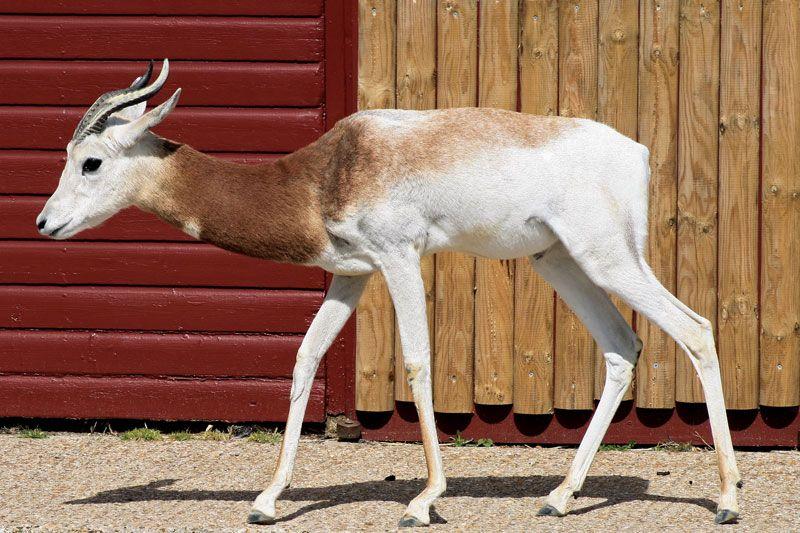
The Queen of Sheba’s Gazelle, one of the world’s most graceful and tragically extinct ungulates, once graced the highlands of Yemen with its majestic presence.
Distinguished by its slender build, long legs, and striking coloration—a rich tawny coat with distinctive white underbelly and facial markings—this medium-sized gazelle stood approximately 65 cm at the shoulder.
Males displayed impressive spiraled horns reaching up to 30 cm in length, while females typically had shorter, thinner horns.
Perfectly adapted to Yemen’s mountainous terrain, these gazelles could guide rocky slopes with remarkable skill and speed, reaching bursts of up to 60 mph when fleeing predators.
The species lived in small family groups of 5-10 individuals, led by a dominant male who defended the group’s territory.
Tragically, this magnificent creature disappeared in the 20th century, with the last confirmed sighting in the 1950s, primarily due to unregulated hunting with modern firearms, habitat conversion for agriculture, and competition with domestic livestock for scarce resources in Yemen’s harsh landscape.
- Region of Habitat: Mountainous highlands of western Yemen, particularly in areas near Ta’izz and the Yemeni central highlands.
- Scientific Name: Gazella bilkis (named after the Queen of Sheba, known as Bilqis in Arabic).
- Cultural & Mythological Significance: Named after the legendary Queen of Sheba; featured in ancient Yemeni art and poetry; considered a symbol of grace and beauty in regional folklore.
- Feeding Habits: Browsed and grazed on mountain vegetation, particularly drought-resistant shrubs, acacia leaves, and seasonal grasses.
- What Sound They Make: Soft snorting when alarmed; females made gentle bleating calls to their fawns; males produced deep grunting sounds during rutting season.
Fun Facts
- The Queen of Sheba’s Gazelle was scientifically described based on just two specimens collected in 1951.
- It could reportedly go without drinking water for weeks, extracting moisture from its plant-based diet.
- Its extinction was officially recognized by the IUCN in 1996.
- Local legends claimed that seeing one of these gazelles would bring good fortune to travelers.
7. Queensland Tube-nosed Bat
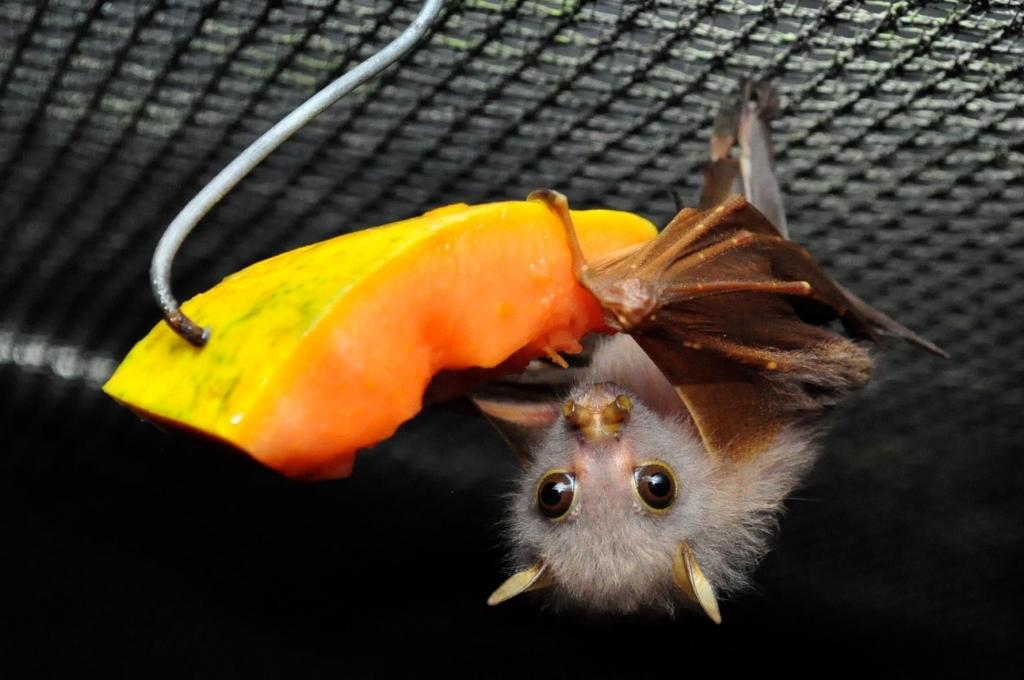
The Queensland Tube-nosed Bat is one of Australia’s most distinctive and specialized flying mammals. It is immediately recognizable by its unique tubular nostrils, which protrude from its face like small cylinders.
This medium-sized fruit bat, with a wingspan of approximately 60-70 cm, displays a beautiful coloration of dark brown to black fur with distinctive yellow patches on its wings and around its neck, creating a collar-like appearance.
Unlike many bat species that roost in large colonies, these solitary creatures typically roost alone or in very small family groups among dense rainforest foliage, using large leaves as umbrellas during tropical downpours.
Their specialized nose structure enhances their already acute sense of smell, allowing them to detect ripe fruit from considerable distances, even through the rainforest’s complex scent landscape.
The tubular nostrils can be moved independently to pinpoint odor sources with remarkable precision.
Despite their important ecological role as seed dispersers, Queensland Tube-nosed Bats face significant threats from habitat fragmentation as lowland rainforests continue to be cleared for agriculture and development.
- Region of Habitat: Tropical and subtropical rainforests of northeastern Queensland, Australia, from the Wet Tropics to Cape York Peninsula.
- Scientific Name: Nyctimene robinsoni
- Cultural & Mythological Significance: Featured in Aboriginal Dreamtime stories as spirit creatures that connect the earth to the sky; considered guardians of the forest in some indigenous traditions.
- Feeding Habits: Frugivorous, specializing in small rainforest fruits, particularly figs; occasionally consumes nectar and pollen.
- What Sound They Make: High-pitched squeaking calls for directions; soft chittering sounds during social interactions; louder screeching when threatened.
Fun Facts
- Queensland Tube-nosed Bats have specialized teeth adapted for extracting juice from fruits while leaving the pulp, which they spit out as “spats.”
- Their eyes contain a reflective layer (tapetum lucidum) that gives them excellent night vision with a distinctive yellow-green eyeshine.
- Their tubular nostrils can close completely to prevent water entry during heavy rainfall.
- They can carry fruits weighing up to 40% of their body weight while flying.
Wrapping It Up
The stories of these special animals show why saving wildlife matters. The loss of the Quagga and Queen of Sheba’s Gazelle is a sad reminder of what happens without proper protection.
At the same time, animals like the Quokka and Queensland Tube-nosed Bat show there is still hope.
Each animal has special traits and a unique job in nature that cannot be replaced. Learning about these unusual mammals with Q helps people care more about the natural world and understand why it needs to be protected for the future.
Rare or common, every type of animal plays an important part in keeping nature in balance. When one species disappears, it affects many others in ways that might not be obvious at first glance.
If you’re interested in more informative animal and wildlife content, feel free to click here and explore other blogs that you might enjoy!

